Last Updated on March 1, 2025
Not long after our two weeks in Colombia together, I was reunited with my favorite travel buddy, Miss G, in Mexico. It was her first time in the country, and it was my job to give her the best introduction to Mexico possible – a mix of culture, food, and scenery. What better way to do this than taking her on a Yucatan road trip!?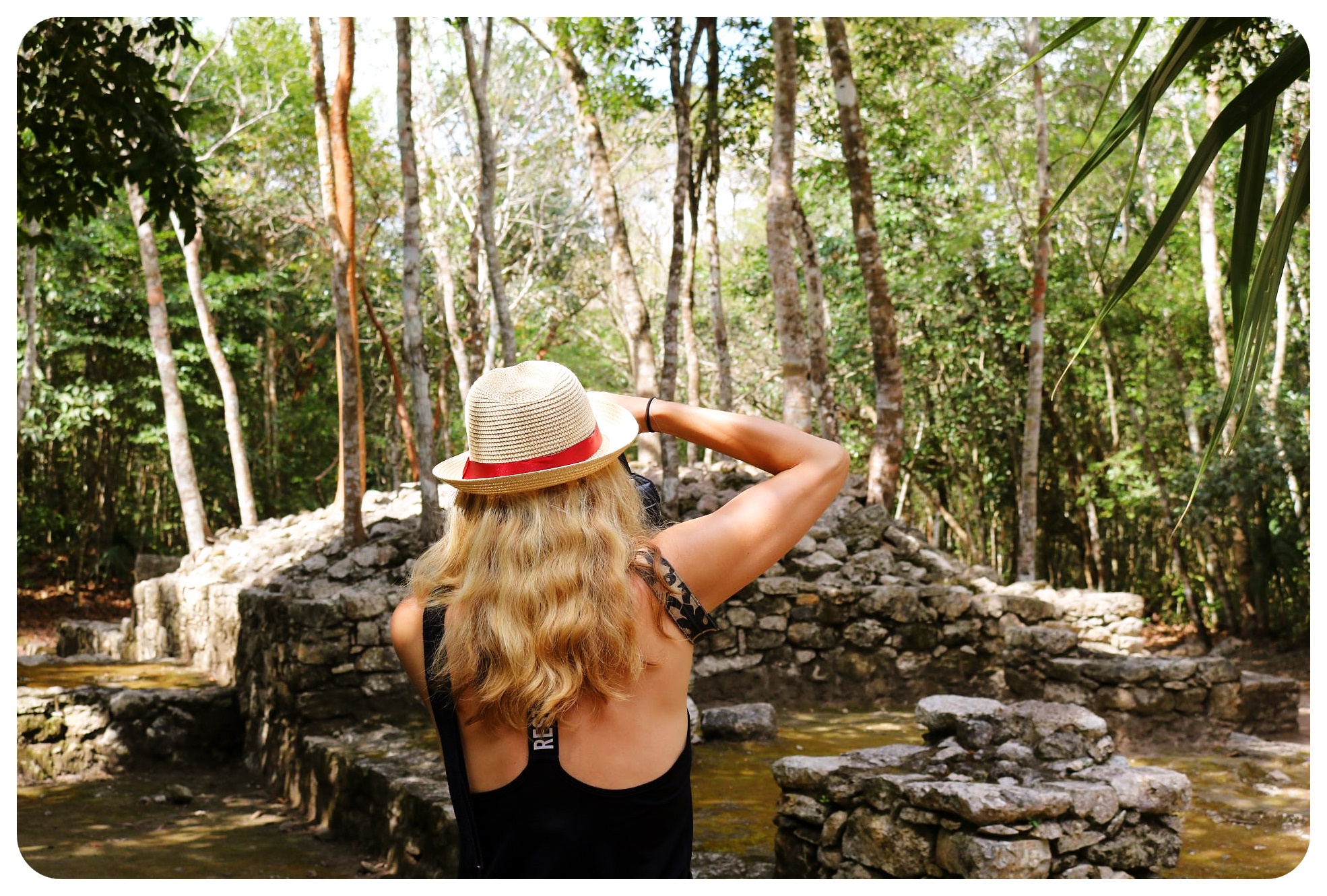
Why the Yucatan Peninsula/the state of Quintana Roo? This part of Mexico, a peninsula in the southeast that stretches along the Caribbean coastline all the way down to Belize, is my favorite part of the country, a region that I could return to over and over again. And because I know this region of Mexico well, it was easy for me to map out a Yucatan road trip itinerary.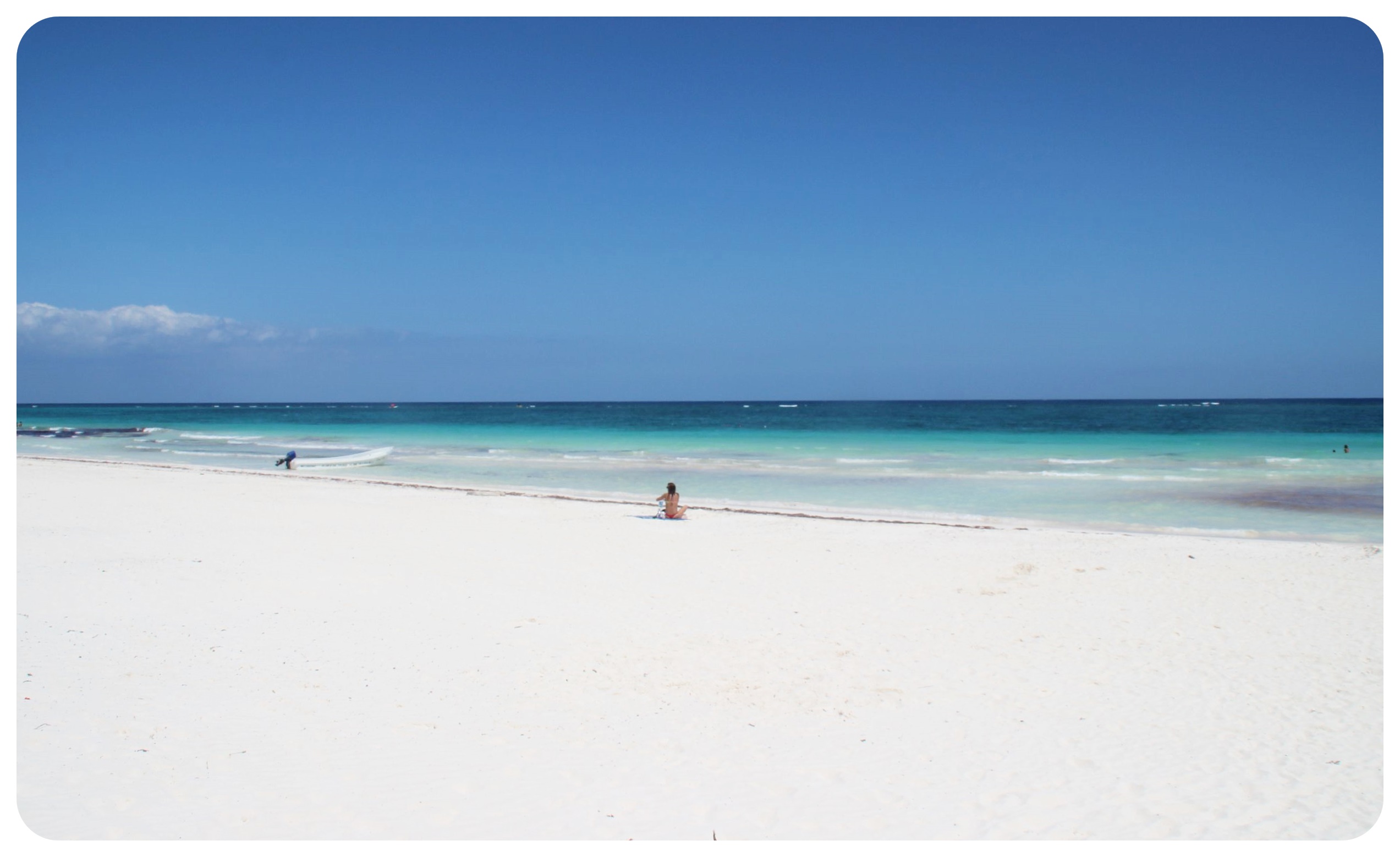 I knew I could give her a great taste of Mexico in the Yucatan, with abundant Mayan culture at historic sites like Chichen Itza, Tulum and Uxmal; beautiful Spanish-colonial towns like Valladolid, Campeche and Izamal; dreamy beaches in Playa del Carmen, Tulum and Mahahual; dozens of cenotes – natural freshwater sinkholes – for something completely unique; swimming with turtles and flamingo watching for wildlife, and plenty of taco stops along the way.
I knew I could give her a great taste of Mexico in the Yucatan, with abundant Mayan culture at historic sites like Chichen Itza, Tulum and Uxmal; beautiful Spanish-colonial towns like Valladolid, Campeche and Izamal; dreamy beaches in Playa del Carmen, Tulum and Mahahual; dozens of cenotes – natural freshwater sinkholes – for something completely unique; swimming with turtles and flamingo watching for wildlife, and plenty of taco stops along the way.
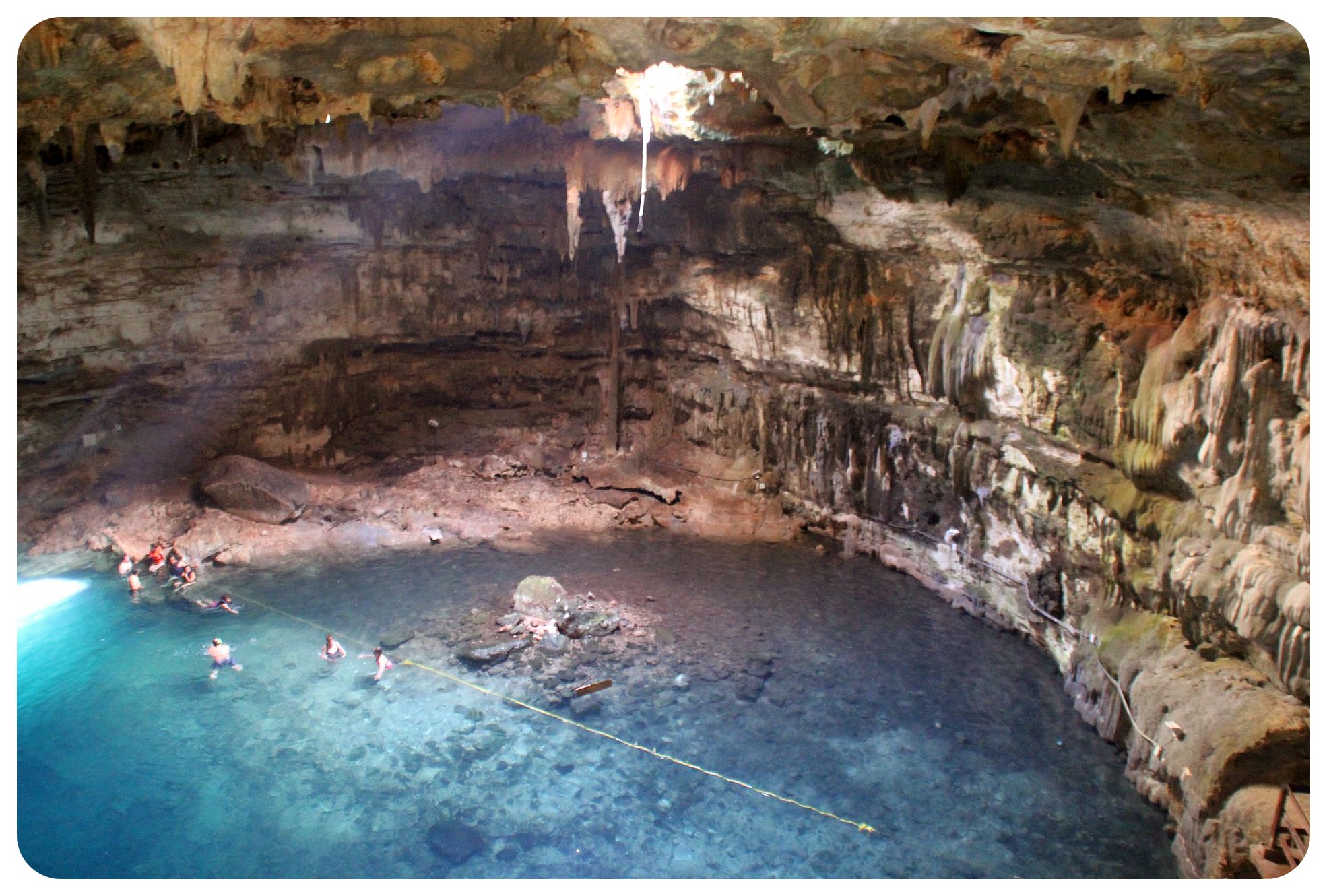
Planning the perfect Yucatan Road Trip
Once I started to map out my dream Yucatan road trip in detail, breaking it down day by day, I realized that I wouldn’t be able to fit in all the places I ideally wanted to visit.
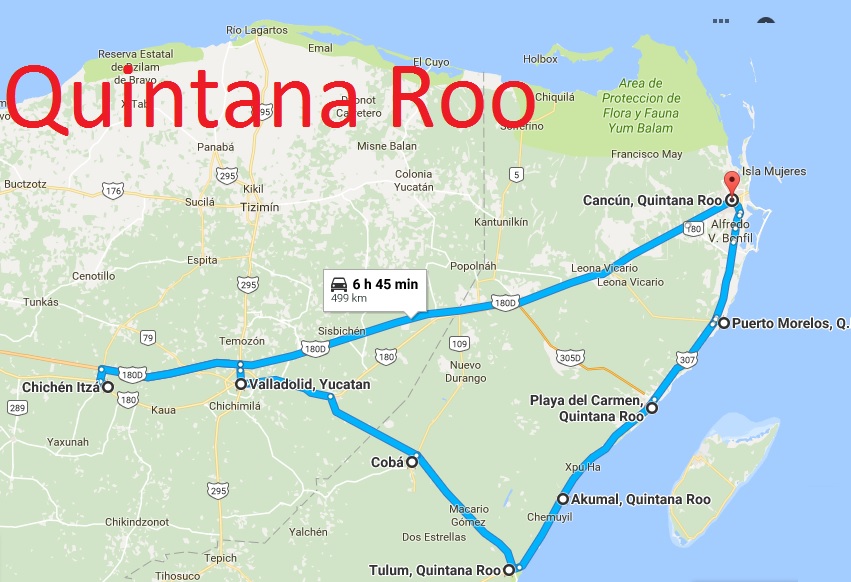 If you have more time than we did (ten days), I recommend you take this slightly longer route for your Yucatan road trip, which includes the Yellow Town of Izamal and Las Coloradas, the Pink Lakes near Rio Lagartos (flamingos included, if you’re visiting at the right time of year!). You could end your trip in Isla Holbox and swim with whale sharks (July until October) or on Isla Mujeres like we did.
If you have more time than we did (ten days), I recommend you take this slightly longer route for your Yucatan road trip, which includes the Yellow Town of Izamal and Las Coloradas, the Pink Lakes near Rio Lagartos (flamingos included, if you’re visiting at the right time of year!). You could end your trip in Isla Holbox and swim with whale sharks (July until October) or on Isla Mujeres like we did.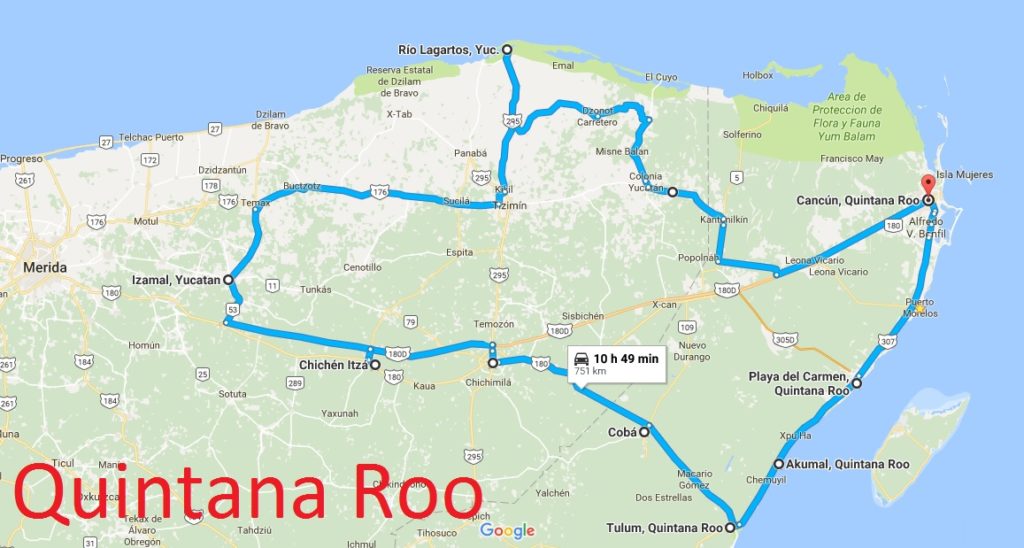 If you’re wondering why I didn’t include Merida in the second option, which is just a short drive from Izamal, it is because I wasn’t too fussed about Merida when I visited a few years back, but that’s my personal opinion. I know a lot of people would disagree and definitely include Merida.
If you’re wondering why I didn’t include Merida in the second option, which is just a short drive from Izamal, it is because I wasn’t too fussed about Merida when I visited a few years back, but that’s my personal opinion. I know a lot of people would disagree and definitely include Merida.
But back to our Yucatan road trip route. I chose my route with the intention to showcase some of Mexico’s finest: remarkable Maya ruins, splendidly beautiful beaches, and some authentic Mexican village life.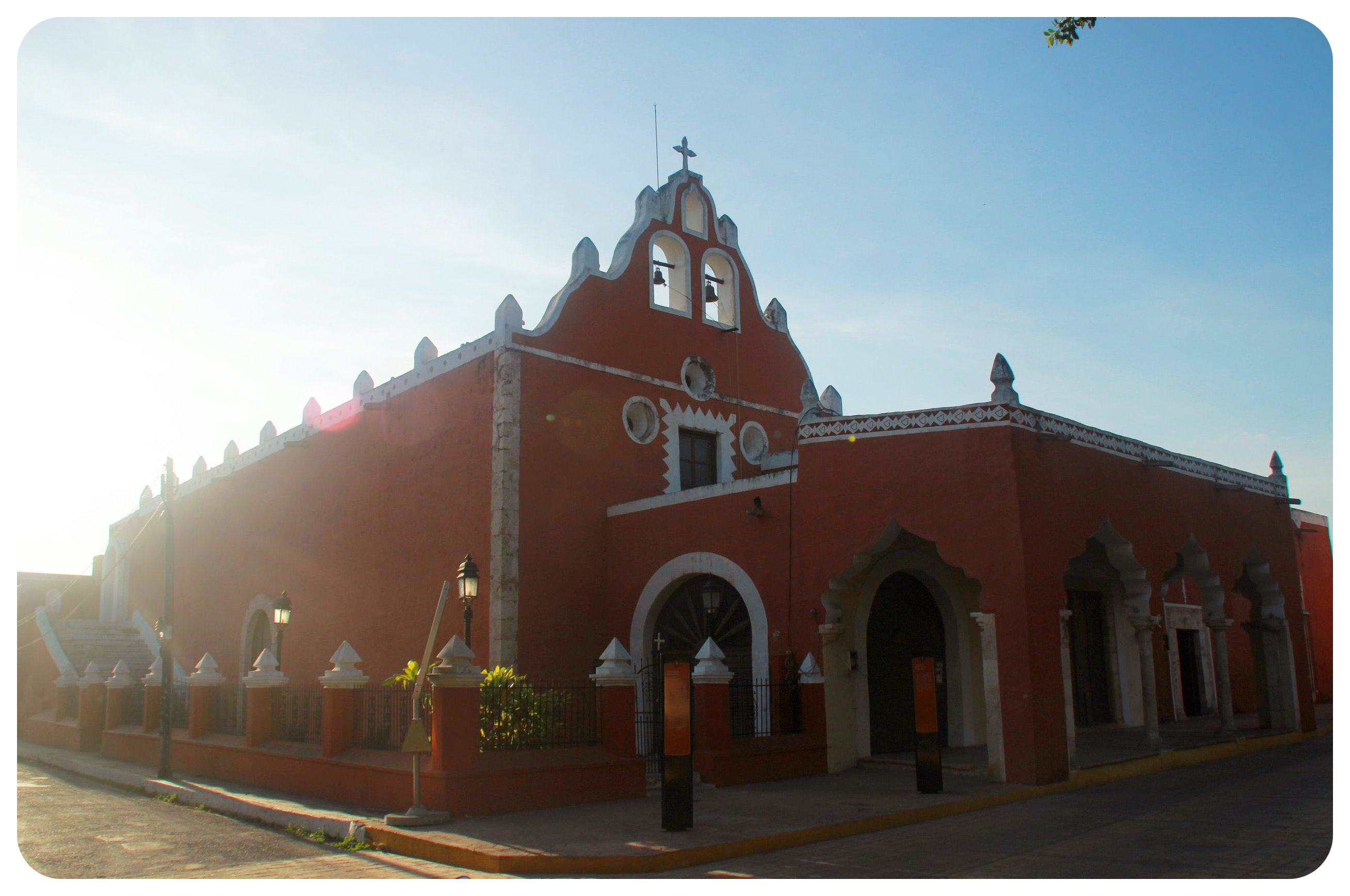 Mexican village life in the form of a sleepy little fishing village was our first stop. We picked up our US$9 per day rental car at the airport in Cancun and headed straight south towards Playa del Carmen.
Mexican village life in the form of a sleepy little fishing village was our first stop. We picked up our US$9 per day rental car at the airport in Cancun and headed straight south towards Playa del Carmen.
On the way, just off the main highway to Playa, sits Puerto Morelos. Even though it’s far from not touristy – there are some fancy condo buildings further down the beach – in its core, it is still pretty much untouched by the mass tourism you find in Playa or Cancun. Fisherman sell their catch right on the beach, which is lined with colorful little fishing boats. You won’t find a Senor Frogs or a steak restaurant here, but instead, little mom-and-pop restaurants dominate the ‘restaurant scene’, if you can even call it that.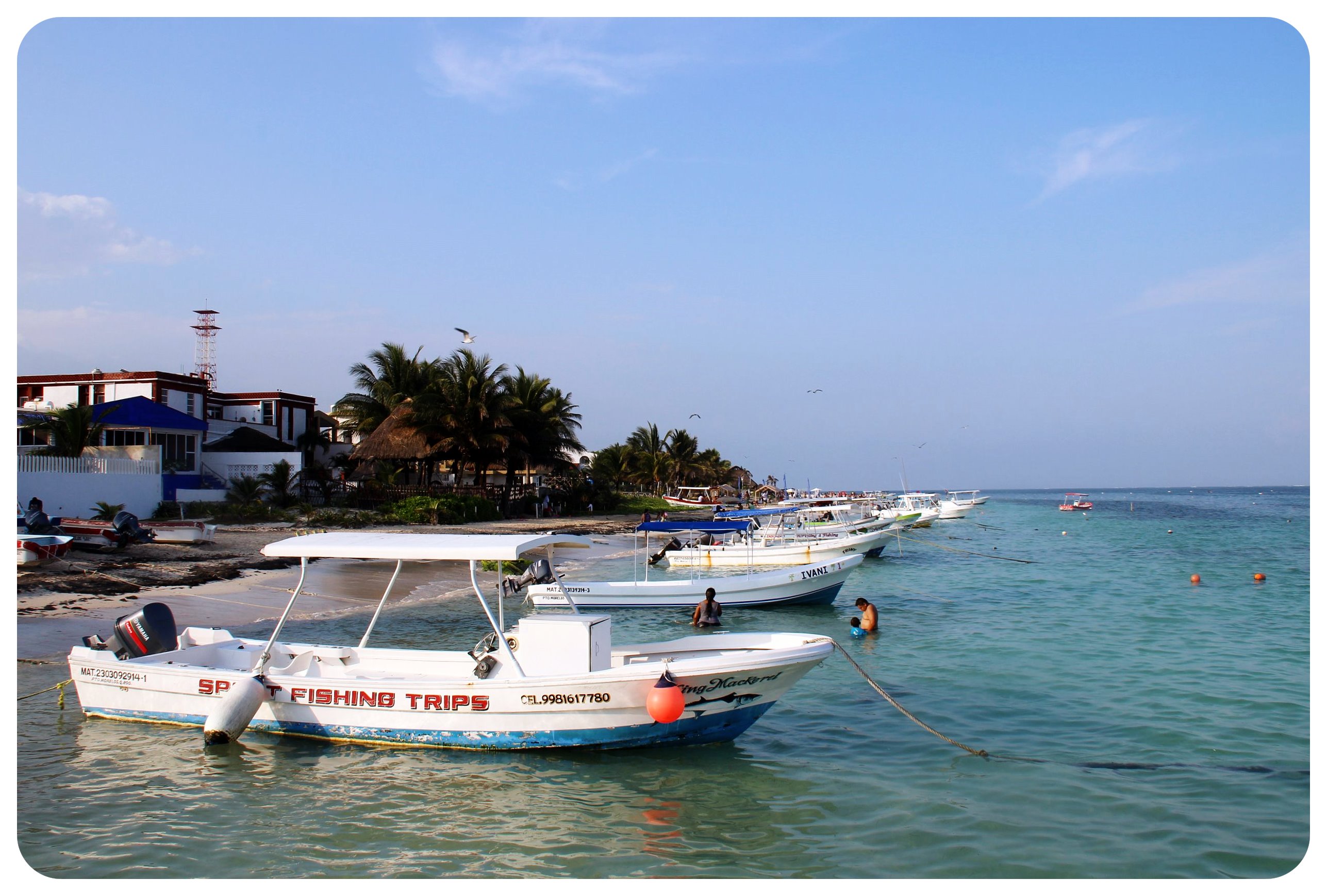 From Puerto Morelos, it is only another 45 minutes to Playa del Carmen, where we spent a couple of nights during our Yucatan road trip. Playa del Carmen is a great base for some beach time and to explore a couple of cenotes, because there are quite a few of them just a short drive from Playa.
From Puerto Morelos, it is only another 45 minutes to Playa del Carmen, where we spent a couple of nights during our Yucatan road trip. Playa del Carmen is a great base for some beach time and to explore a couple of cenotes, because there are quite a few of them just a short drive from Playa.
What is a cenote, you ask? Cenotes are underwater sinkholes or underground caverns which result from the collapse of limestone bedrock that exposes groundwater underneath. They come in different shapes and forms, some are covered, others are open, and there are over 7,000 of them scattered all over the Yucatan peninsula.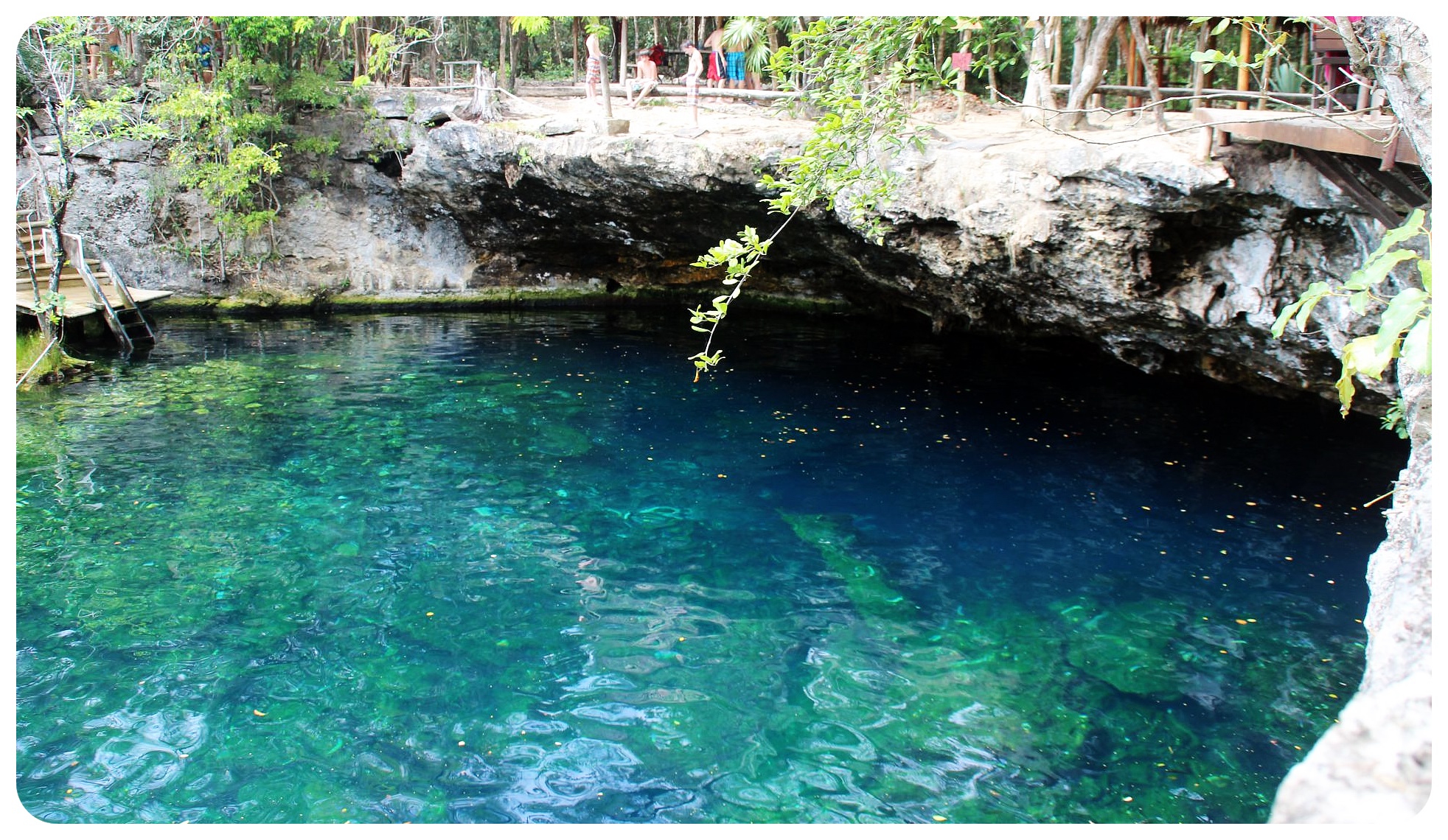 In fact, they are unique to this part of Mexico and belong to an extensive underground network of rivers and caves, many of which remain unexplored. Those that are explored have one thing in common: they all have crystal clear turquoise water and often they have a large underwater cave system which you cannot see from the usually round, open cenote entrance. In short: they are perfect for snorkeling and diving and are a must-visit on a trip to the Yucatan.
In fact, they are unique to this part of Mexico and belong to an extensive underground network of rivers and caves, many of which remain unexplored. Those that are explored have one thing in common: they all have crystal clear turquoise water and often they have a large underwater cave system which you cannot see from the usually round, open cenote entrance. In short: they are perfect for snorkeling and diving and are a must-visit on a trip to the Yucatan.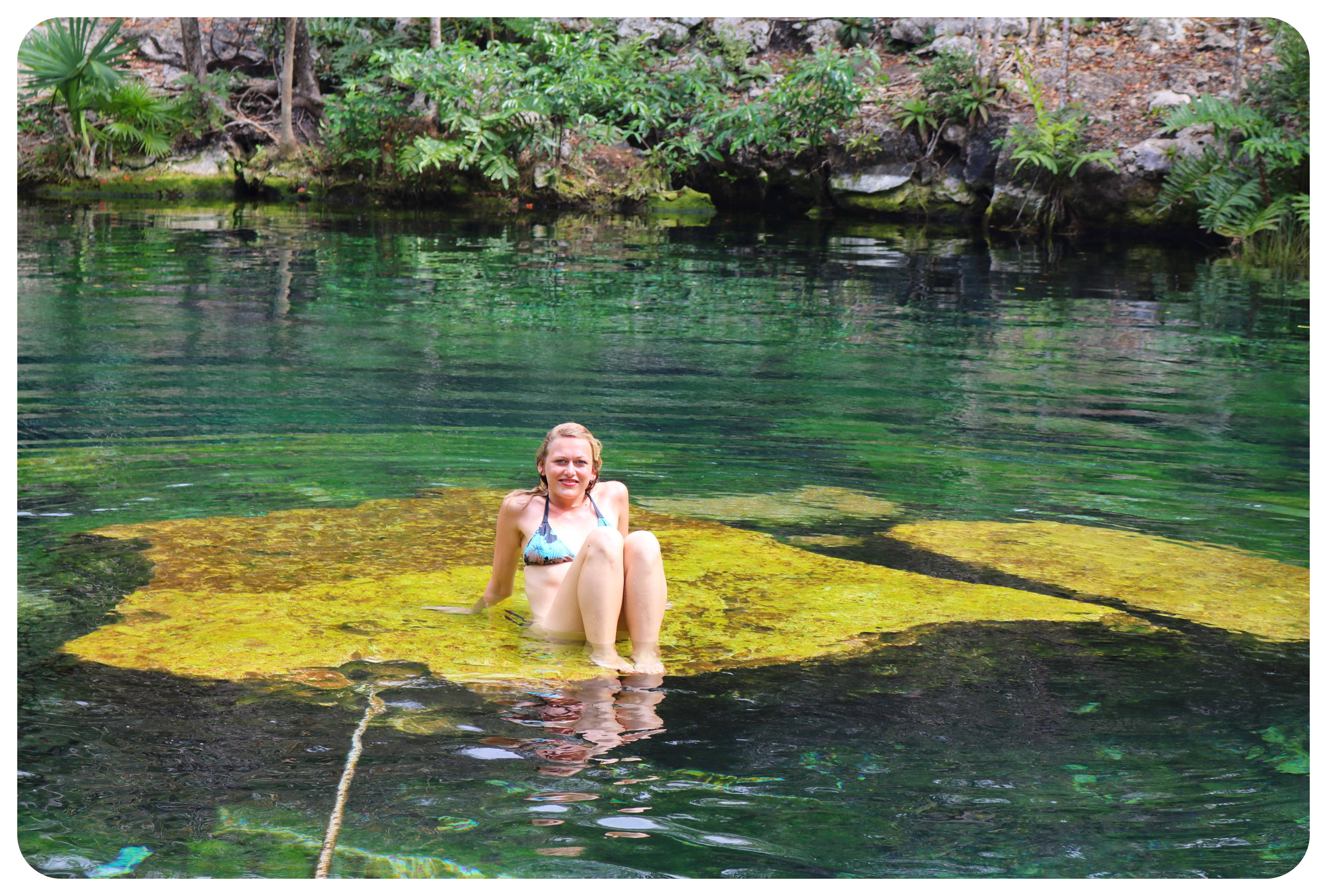 I tried to fit as many of them as possible into our road trip to introduce Miss G to several kinds of sinkholes: covered ones, underground ones, and open ones, and our first one was going to be an open cenote south of Playa named Jardin del Eden, Garden Of Eden.
I tried to fit as many of them as possible into our road trip to introduce Miss G to several kinds of sinkholes: covered ones, underground ones, and open ones, and our first one was going to be an open cenote south of Playa named Jardin del Eden, Garden Of Eden.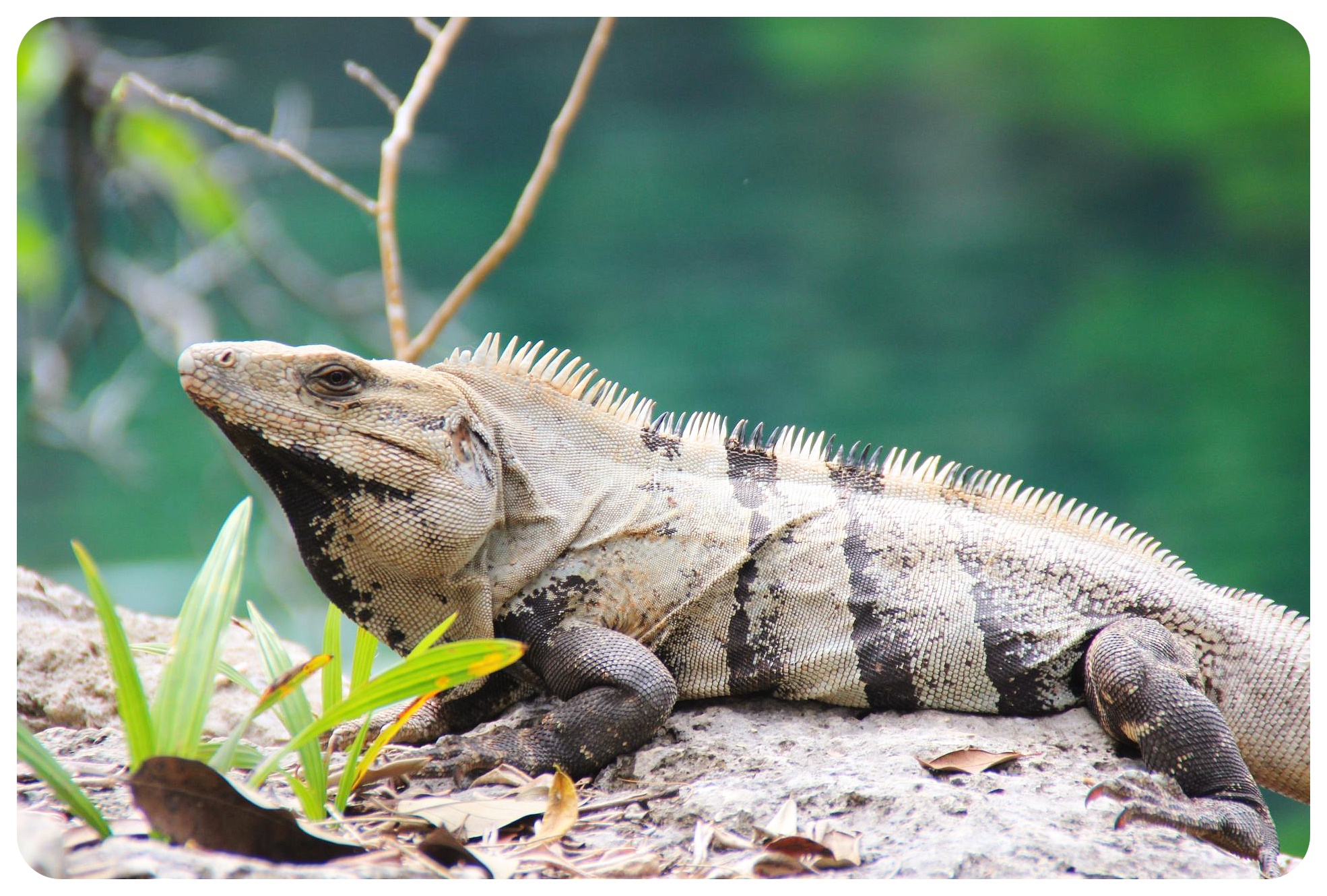 Jardin del Eden is aptly named in my opinion, because this open cenote is surrounded by lush green plants and trees, and you can see all the way down to the bottom of it. This is one of the bigger cenotes I’ve seen, and what you see from above isn’t even everything there is: we kept seeing groups of divers peek out of the water every now and again, which made me wonder how big the underwater cave system was.
Jardin del Eden is aptly named in my opinion, because this open cenote is surrounded by lush green plants and trees, and you can see all the way down to the bottom of it. This is one of the bigger cenotes I’ve seen, and what you see from above isn’t even everything there is: we kept seeing groups of divers peek out of the water every now and again, which made me wonder how big the underwater cave system was.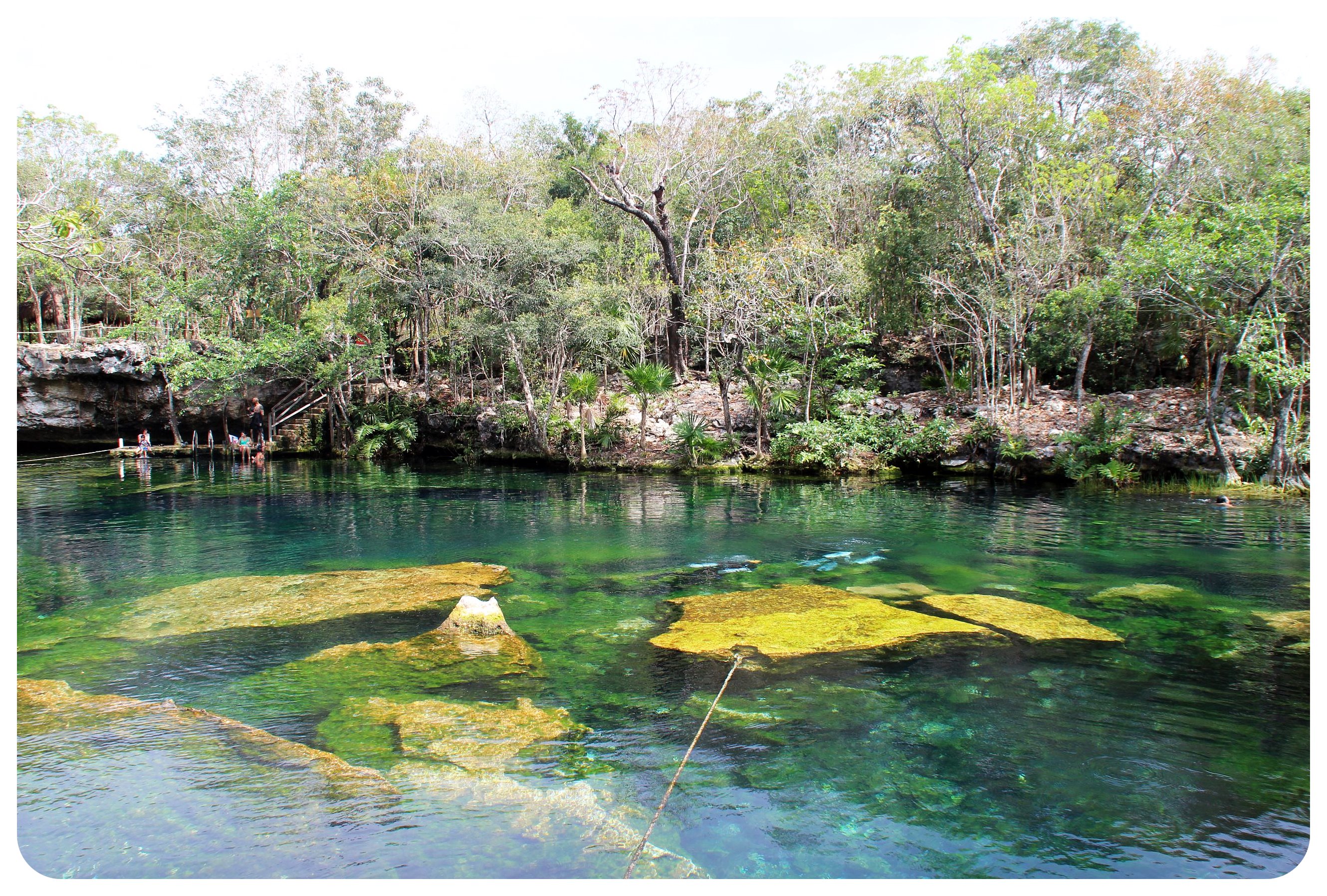 Our second day in Playa was spent right in town, because this beach deserved some time, too:
Our second day in Playa was spent right in town, because this beach deserved some time, too: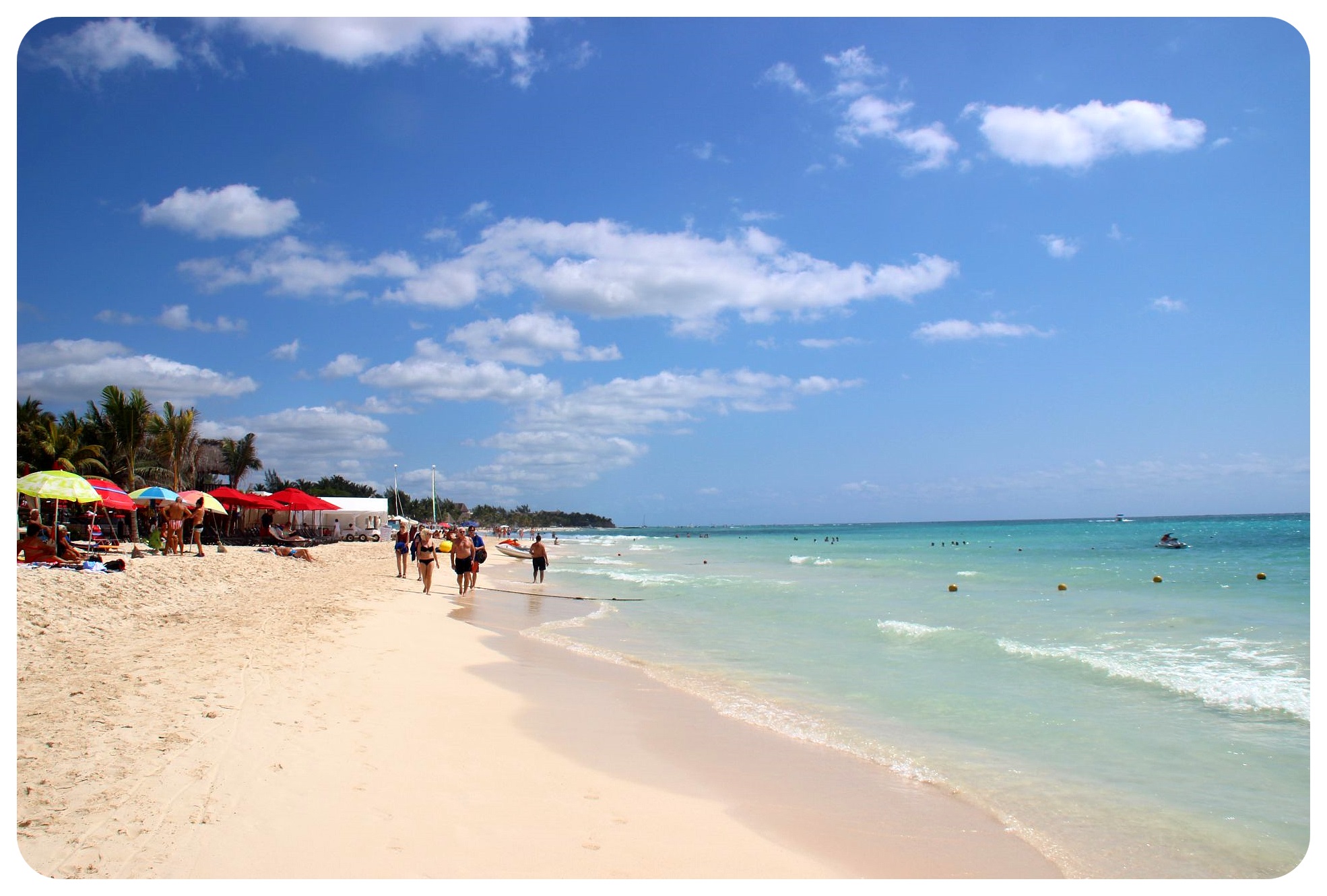 I have to admit that I am not the biggest fan of Playa itself though, simply because it is very Americanized and tourist-focused, but I know that other people like it and return to Playa year afer year. Fifth Avenue, the main drag that runs parallel to the beach through Playa, is lined with malls, souvenir shops and restaurants, many of which don’t even serve Mexican food, but European or North American fare at U.S. prices. I don’t mind it for a stroll, but we didn’t spend much time in Playa itself.
I have to admit that I am not the biggest fan of Playa itself though, simply because it is very Americanized and tourist-focused, but I know that other people like it and return to Playa year afer year. Fifth Avenue, the main drag that runs parallel to the beach through Playa, is lined with malls, souvenir shops and restaurants, many of which don’t even serve Mexican food, but European or North American fare at U.S. prices. I don’t mind it for a stroll, but we didn’t spend much time in Playa itself.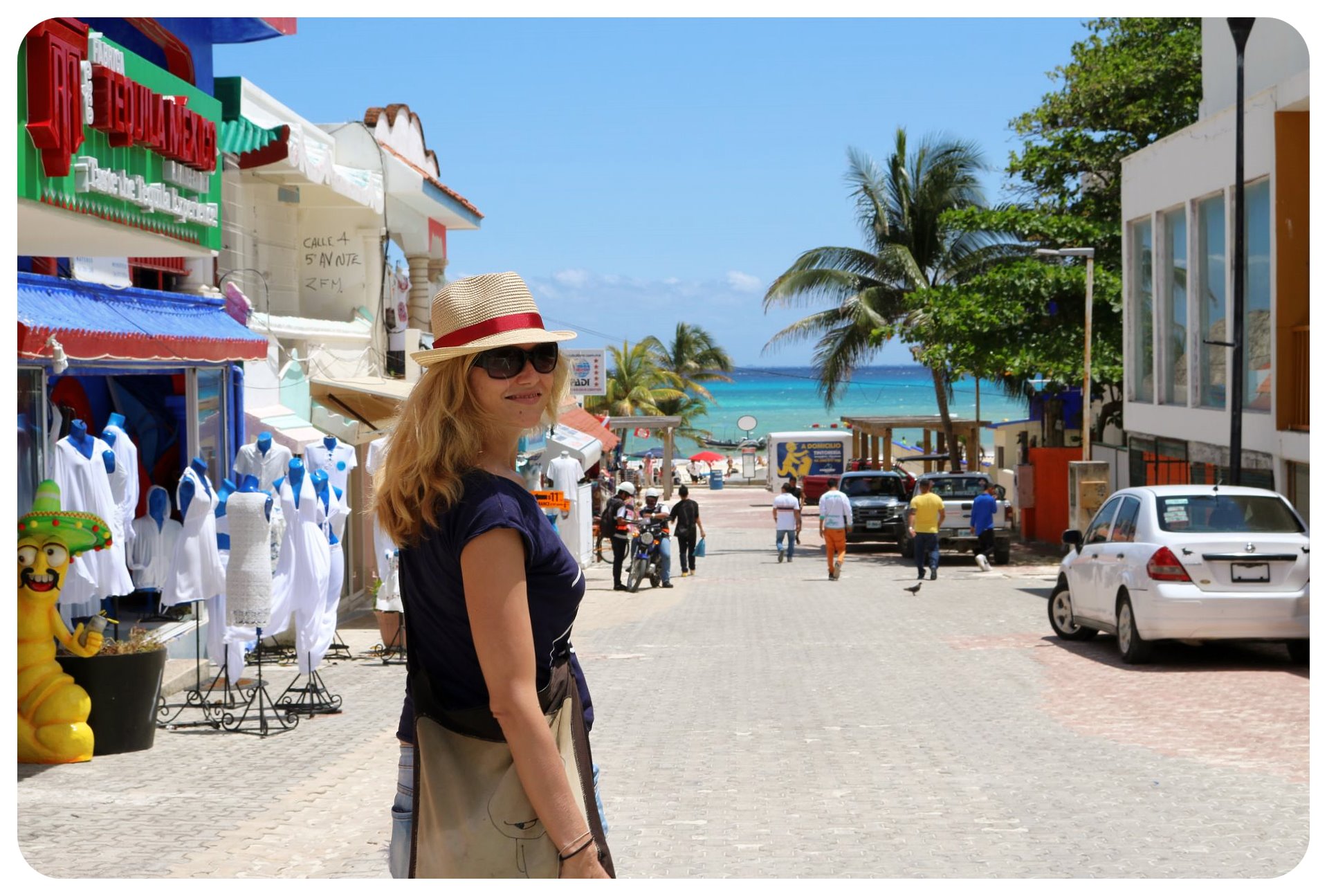 Our hotel, the Grand Hyatt Resort, was right on the best stretch of the beach, Playa Mamita, and I have to admit that I found it hard to leave my sun lounger by the gorgeous infinity pool. Can you blame me?
Our hotel, the Grand Hyatt Resort, was right on the best stretch of the beach, Playa Mamita, and I have to admit that I found it hard to leave my sun lounger by the gorgeous infinity pool. Can you blame me?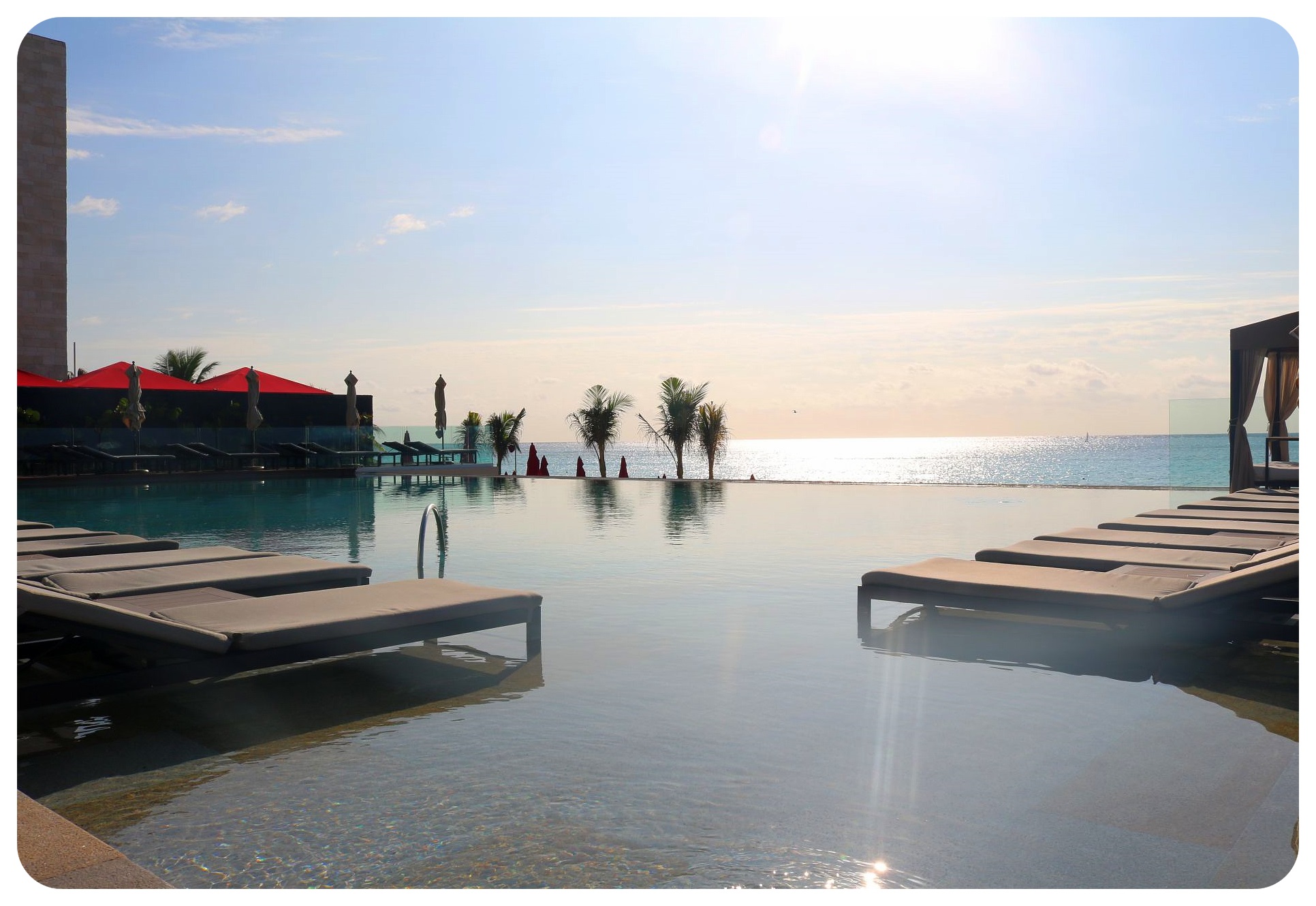 I know that other travelers spend a week or longer in Playa, but some of my favorite places along the coast, the Riviera Maya, are actually further south. Our next stop was one of them: Akumal.
I know that other travelers spend a week or longer in Playa, but some of my favorite places along the coast, the Riviera Maya, are actually further south. Our next stop was one of them: Akumal.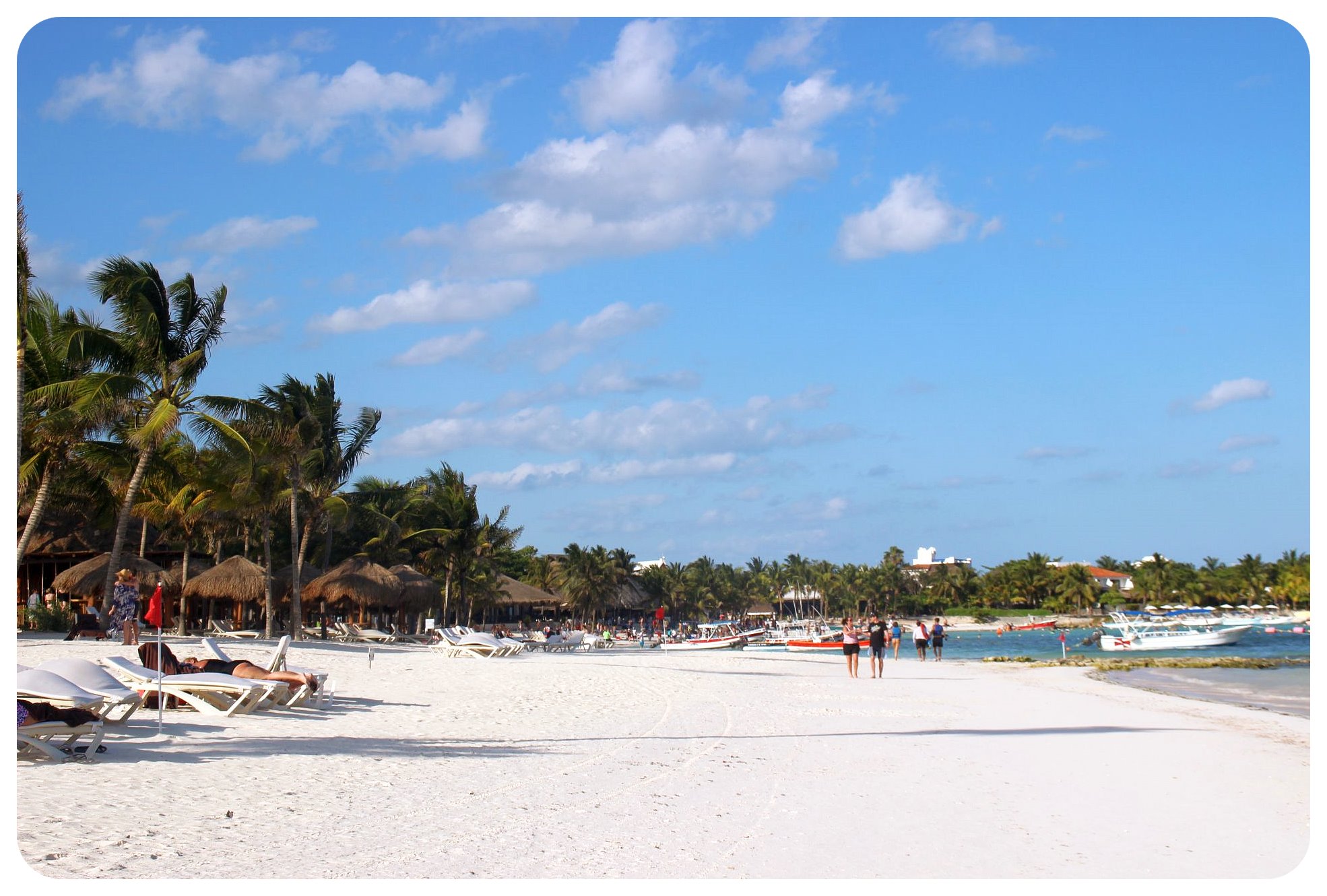 This small beach town is located about 30 minutes south of PdC, or 25 minutes north of Tulum. Once a hidden gem, the secret is out now. During previous visits, I’d never seen the beach as busy as this time around, and that’s for one very good reason: there are sea turtles feeding off the sea grass right off the shore here, and you can swim with them. While years ago, you’d see only a few individual tourists floating face-down in the water turtle watching, this time around there were entire tour groups in the water, easily recognizable by their bright yellow, orange or red life jackets.
This small beach town is located about 30 minutes south of PdC, or 25 minutes north of Tulum. Once a hidden gem, the secret is out now. During previous visits, I’d never seen the beach as busy as this time around, and that’s for one very good reason: there are sea turtles feeding off the sea grass right off the shore here, and you can swim with them. While years ago, you’d see only a few individual tourists floating face-down in the water turtle watching, this time around there were entire tour groups in the water, easily recognizable by their bright yellow, orange or red life jackets.
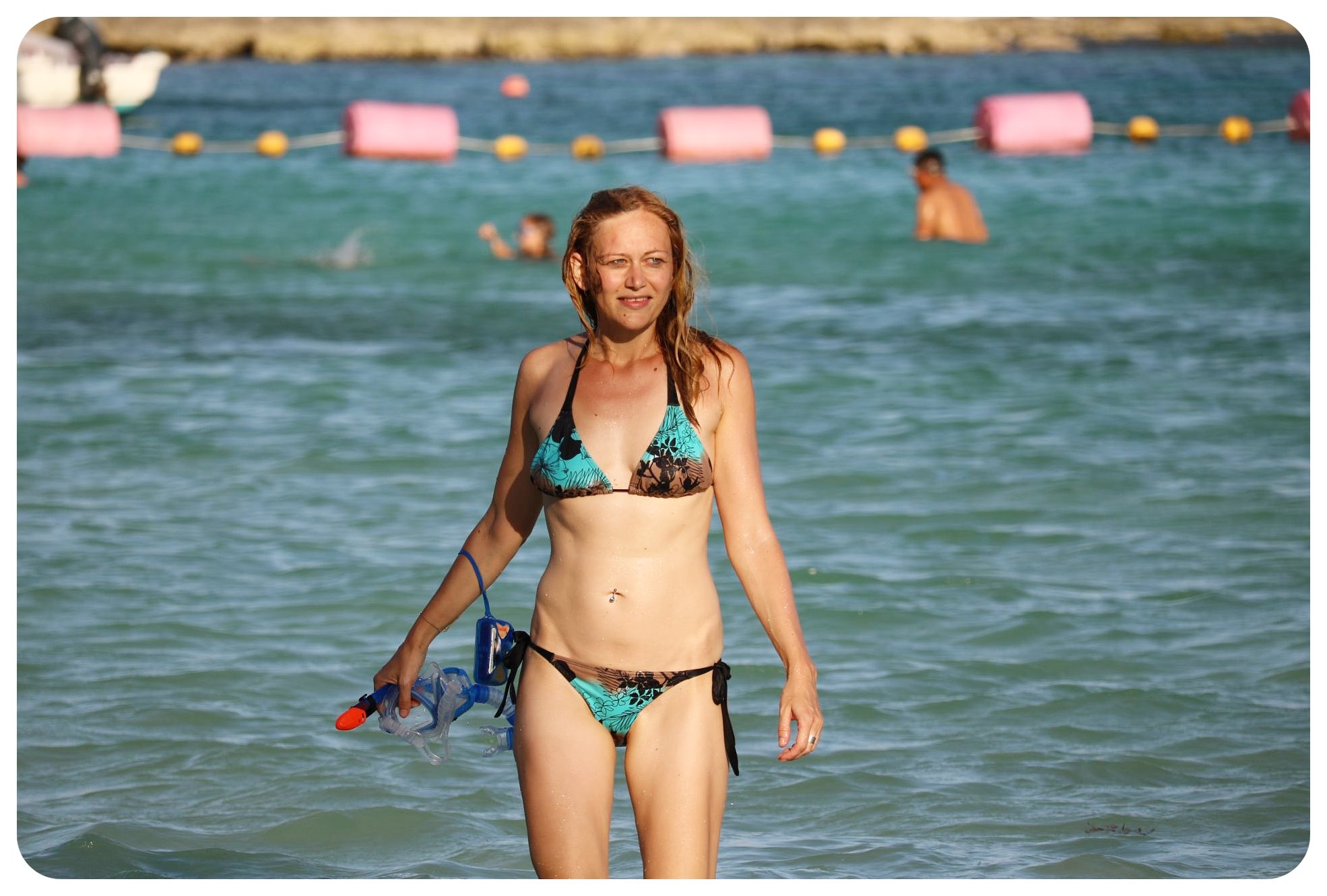 As soon as we walked up to the beach, we were approached by a bunch of guys trying to sell us a pricey snorkel tour. Since when do we have to pay for this?, I wondered. For all I knew, access to the beach was free. So be careful: Don’t let anyone convince you you need to join a tour. No need for that! All you need is a snorkel and a mask.I wasn’t surprised when I later read in an article that Akumal is struggling to maintain sustainable tourism due to the increased number of tourists, and that the turtles are showing signs of stress due to the high number of humans in the water.
As soon as we walked up to the beach, we were approached by a bunch of guys trying to sell us a pricey snorkel tour. Since when do we have to pay for this?, I wondered. For all I knew, access to the beach was free. So be careful: Don’t let anyone convince you you need to join a tour. No need for that! All you need is a snorkel and a mask.I wasn’t surprised when I later read in an article that Akumal is struggling to maintain sustainable tourism due to the increased number of tourists, and that the turtles are showing signs of stress due to the high number of humans in the water.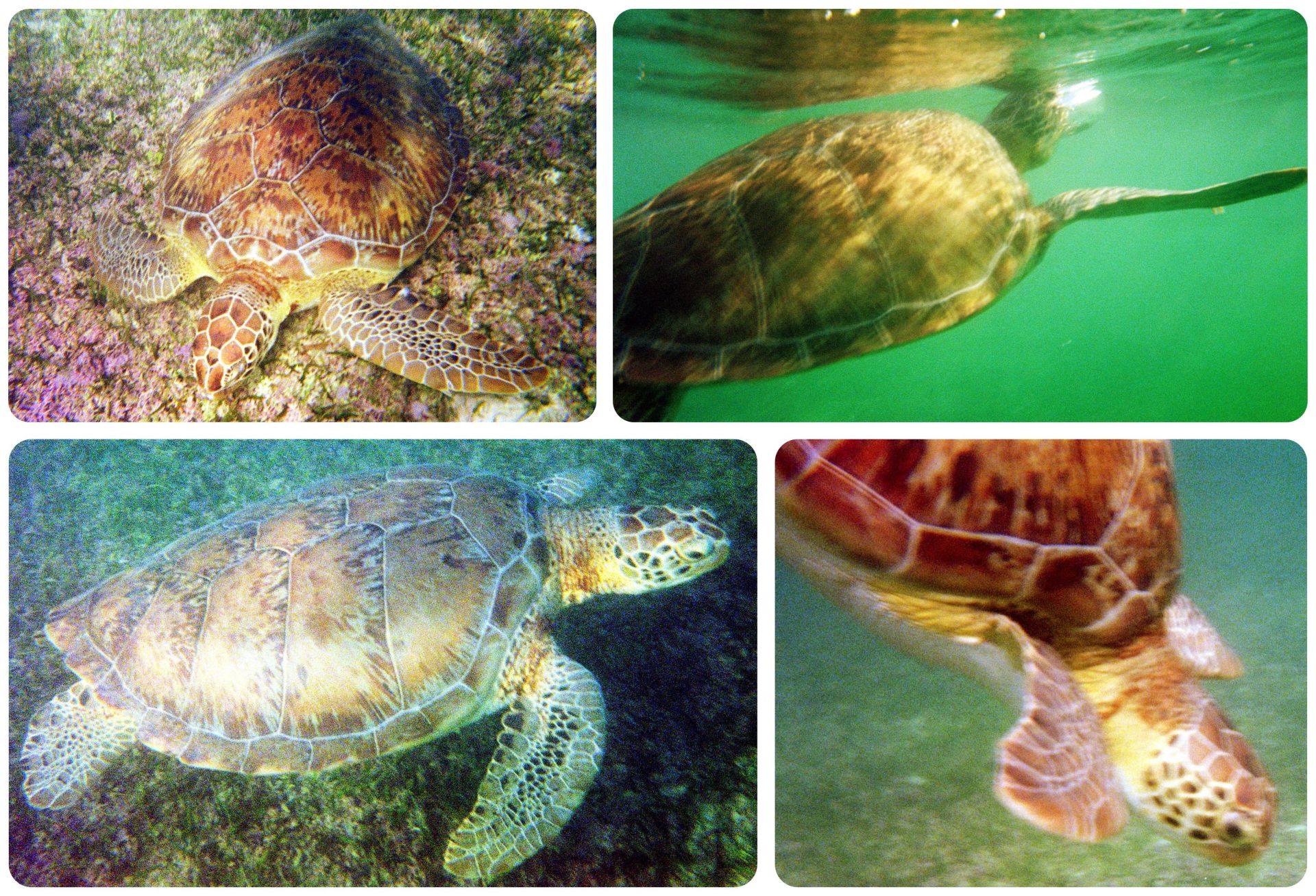 Apologies for the bad quality of these pictures – Just to give you an idea of how close you’ll get to the turtles. Make sure to bring a good underwater camera and, extra pro tip, a disposable camera doesn’t qualify as such.
Apologies for the bad quality of these pictures – Just to give you an idea of how close you’ll get to the turtles. Make sure to bring a good underwater camera and, extra pro tip, a disposable camera doesn’t qualify as such.
I hope that the officials will find a way to protect the turtles and increase their efforts in making tourism sustainable here, because, with or without turtles, Akumal is one of the most beautiful stretches along the Riviera Maya, and I’d hate to see this little paradise ruined.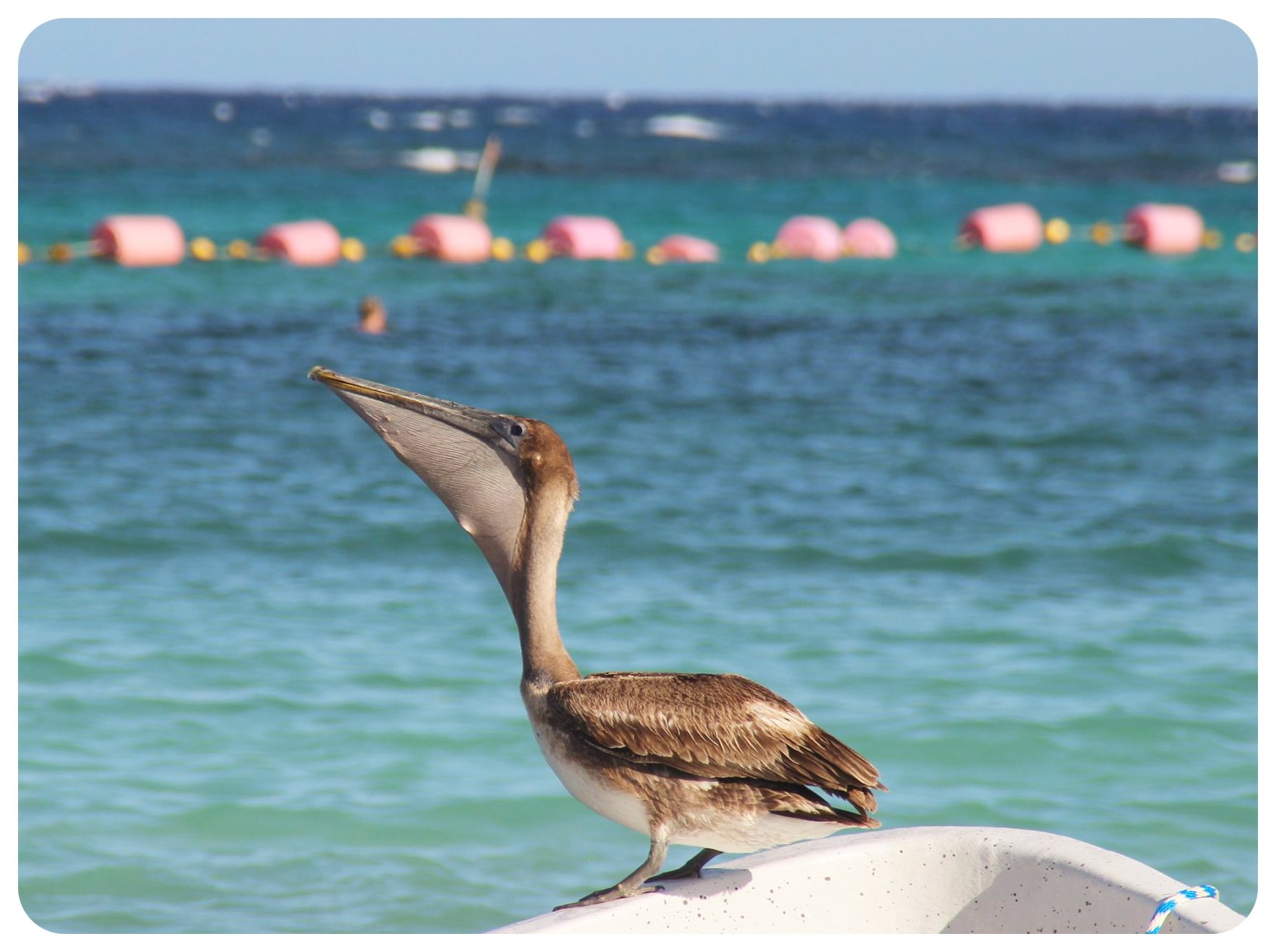 Despite the popularity of the turtles, which are on the part of the beach that is closest to the street, it is still possible to find an empty stretch of beach here, if you walk further down the bay, away from where the turtles are.
Despite the popularity of the turtles, which are on the part of the beach that is closest to the street, it is still possible to find an empty stretch of beach here, if you walk further down the bay, away from where the turtles are.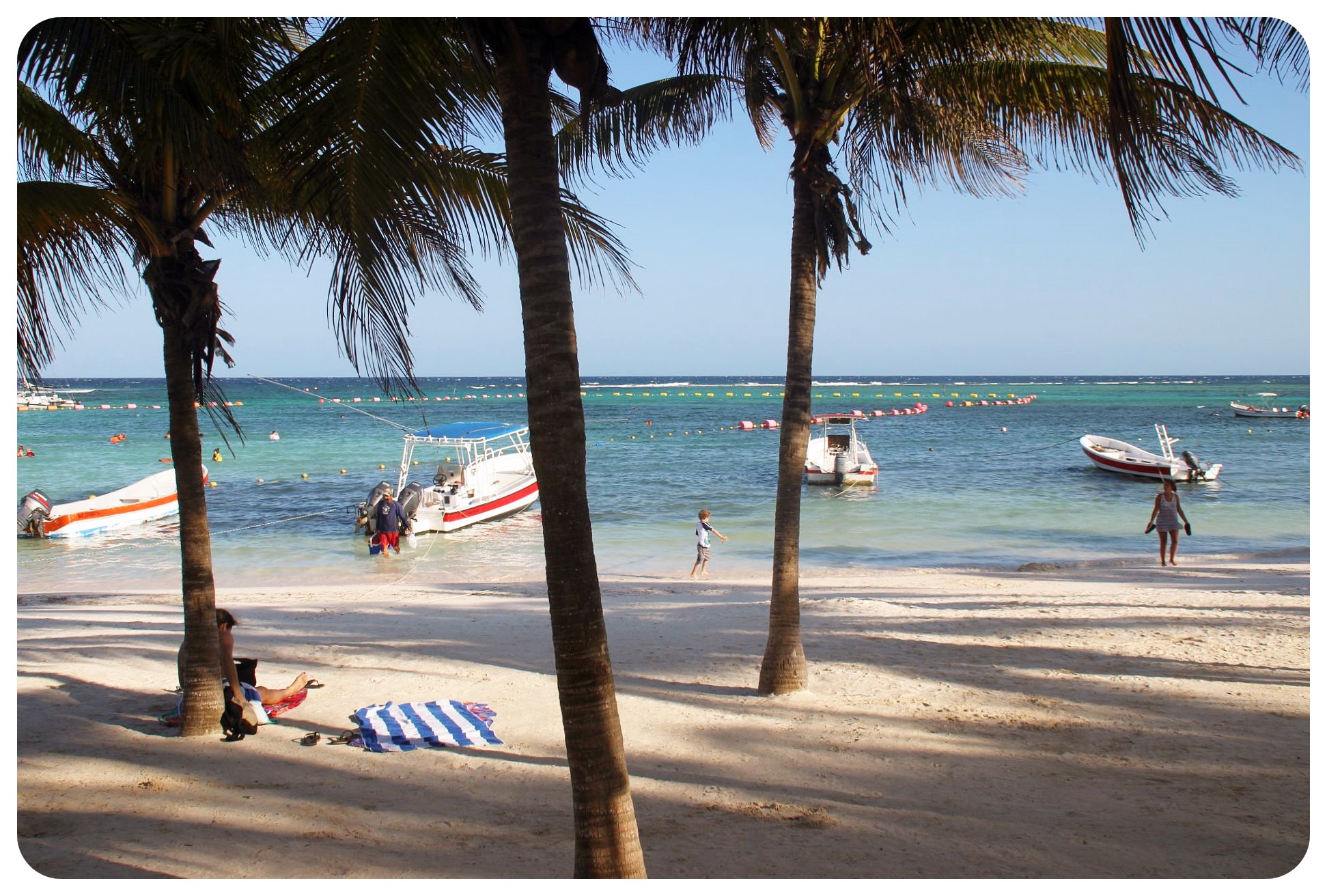 From Akumal, we drove further south, and half an hour later, we arrived in Tulum. Tulum was a stop on our Yucatan road trip I was especially excited about, because here we would visit the first (out of three) Mayan ruins which I had planned our Yucatan road trip around.
From Akumal, we drove further south, and half an hour later, we arrived in Tulum. Tulum was a stop on our Yucatan road trip I was especially excited about, because here we would visit the first (out of three) Mayan ruins which I had planned our Yucatan road trip around.
I had been to Tulum years ago, and even though the ruins there are not as stunning as Chichen Itza or Palenque, their spectacular cliff top setting, overlooking the turquoise Caribbean waters, makes them stand out from all the other Mayan ruins in Central America.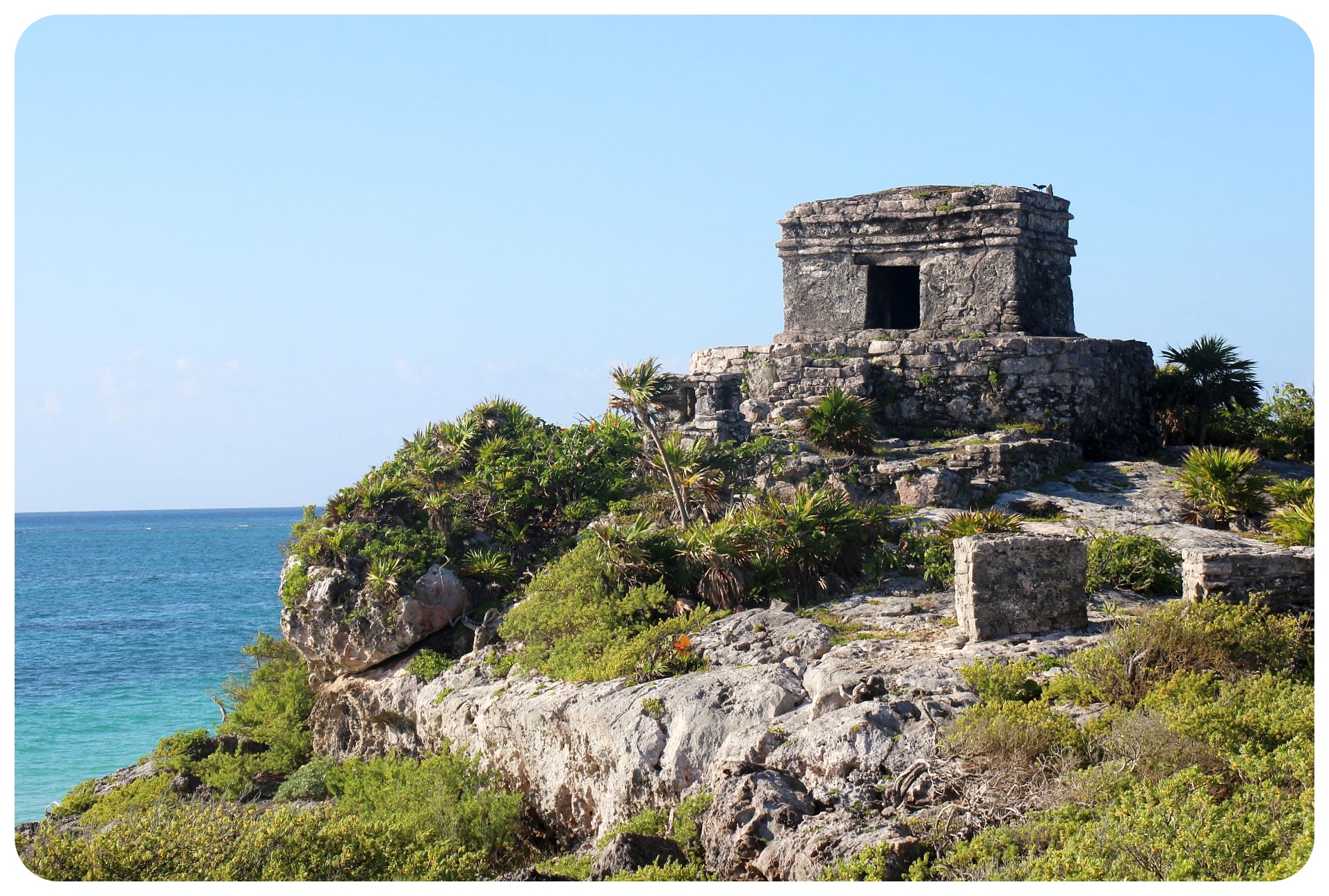 The Maya lived in the region which today is made up of Mexico, Belize, Honduras, Guatemala and El Salvador, and are known to be one of the most sophisticated civilizations of their time (AD250 – AD900). To this day, you can find the ruins of their cities, their temples, their religious centers and their infrastructure throughout Central America, and there are around 20 Mayan ruin sites on the Yucatan Peninsula alone.
The Maya lived in the region which today is made up of Mexico, Belize, Honduras, Guatemala and El Salvador, and are known to be one of the most sophisticated civilizations of their time (AD250 – AD900). To this day, you can find the ruins of their cities, their temples, their religious centers and their infrastructure throughout Central America, and there are around 20 Mayan ruin sites on the Yucatan Peninsula alone.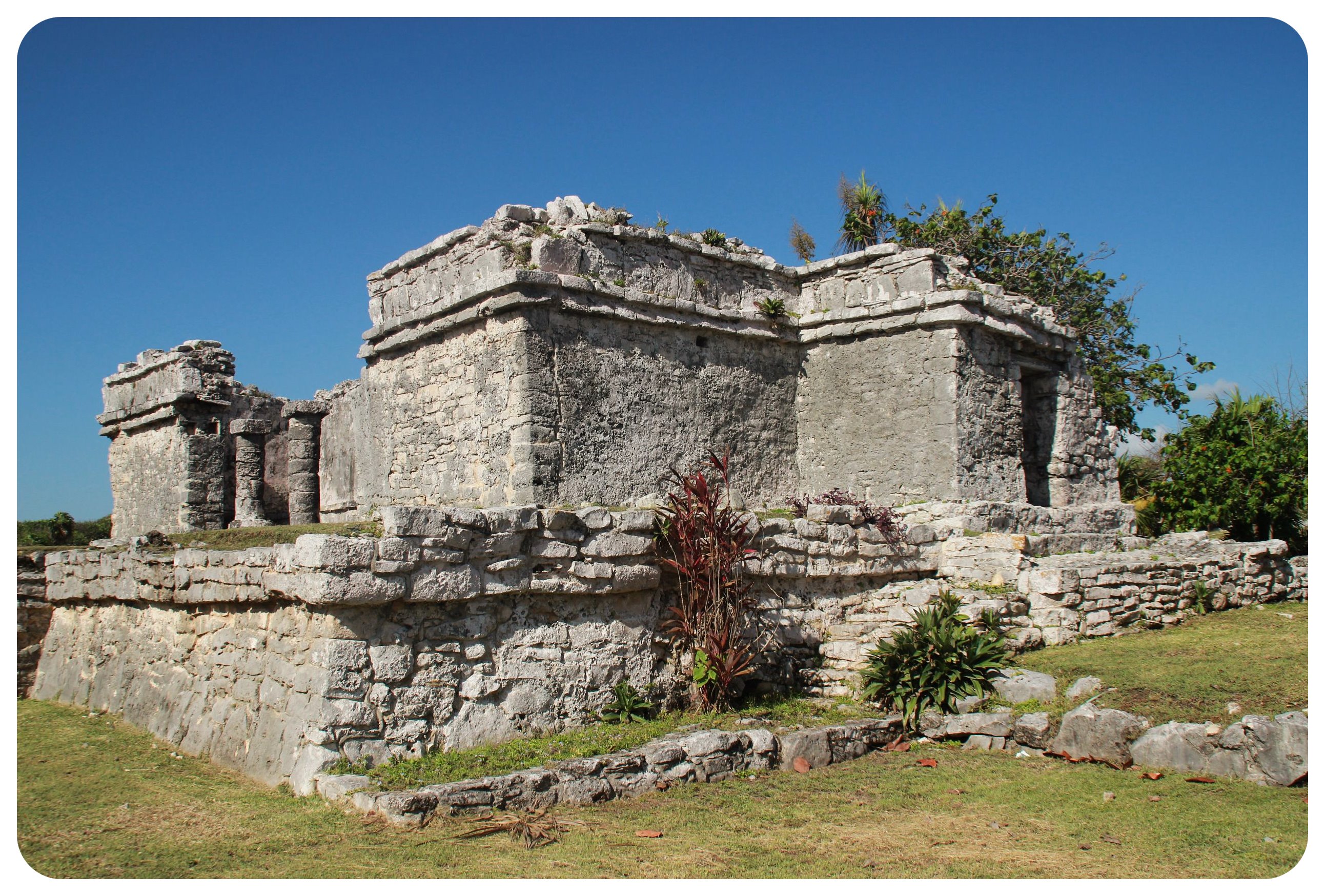 Tulum was mainly serving as a port for the larger Mayan city of Cobá, which would be the next set of ruins we’d visit. Tulum is believed to have had between 1,000 and 1,600 inhabitants, compared to around 50,000 in Cobá, to give you an idea of the size of the site. There is only one major structure here, El Castillo, a 25 feet (7.5 meters) tall pyramid.
Tulum was mainly serving as a port for the larger Mayan city of Cobá, which would be the next set of ruins we’d visit. Tulum is believed to have had between 1,000 and 1,600 inhabitants, compared to around 50,000 in Cobá, to give you an idea of the size of the site. There is only one major structure here, El Castillo, a 25 feet (7.5 meters) tall pyramid.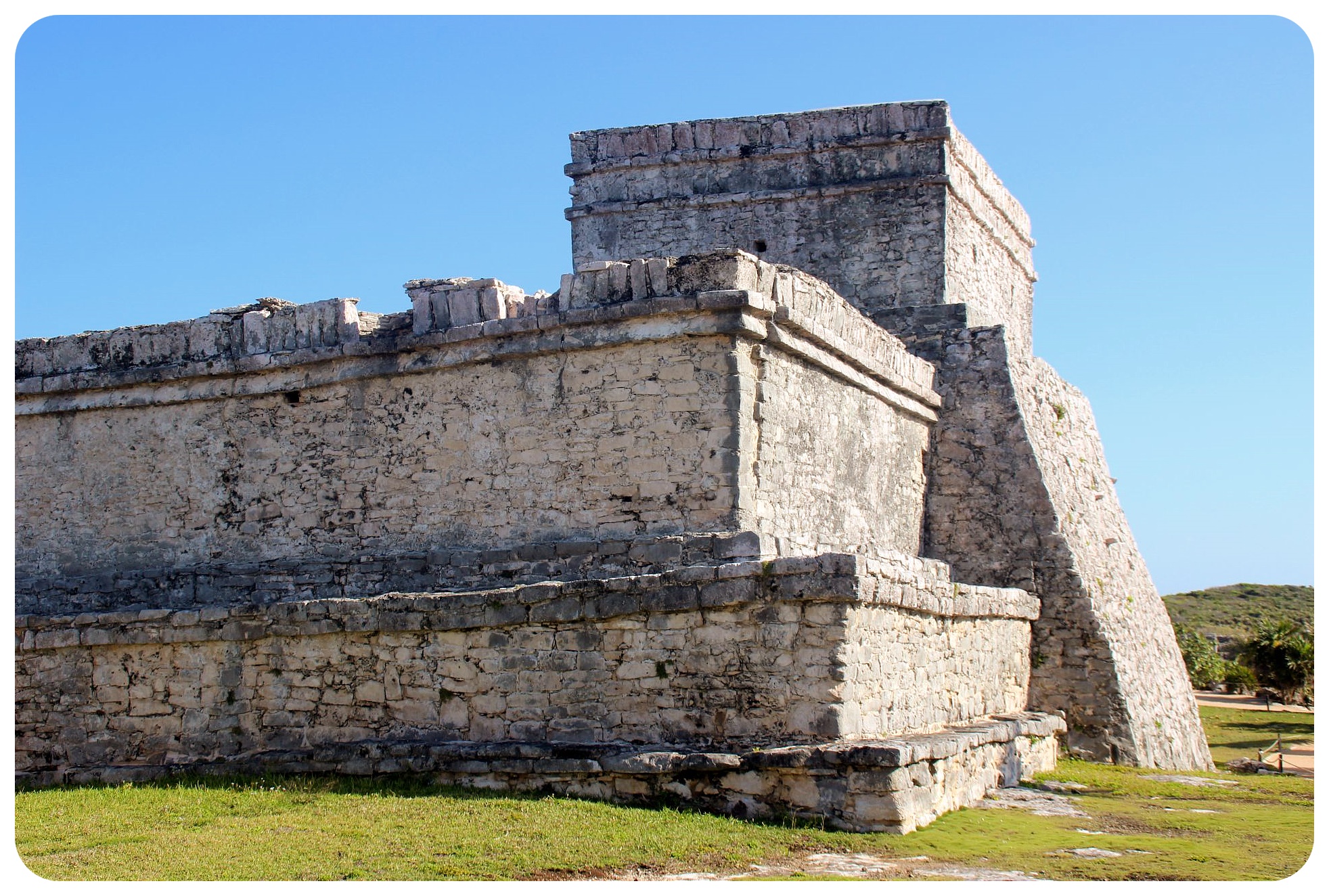 Because of its proximity to Playa del Carmen and relative closeness to Cancun, Tulum is one of the most popular ruin sites, and always packed. Knowing that, I made sure we’d arrive at the crack of dawn.. well maybe not that early, but we got to the gates just after 8am, when the site opens, and we got our tickets without having to wait in line, enjoying our stroll around the ruins with barely any other tourists around.
Because of its proximity to Playa del Carmen and relative closeness to Cancun, Tulum is one of the most popular ruin sites, and always packed. Knowing that, I made sure we’d arrive at the crack of dawn.. well maybe not that early, but we got to the gates just after 8am, when the site opens, and we got our tickets without having to wait in line, enjoying our stroll around the ruins with barely any other tourists around.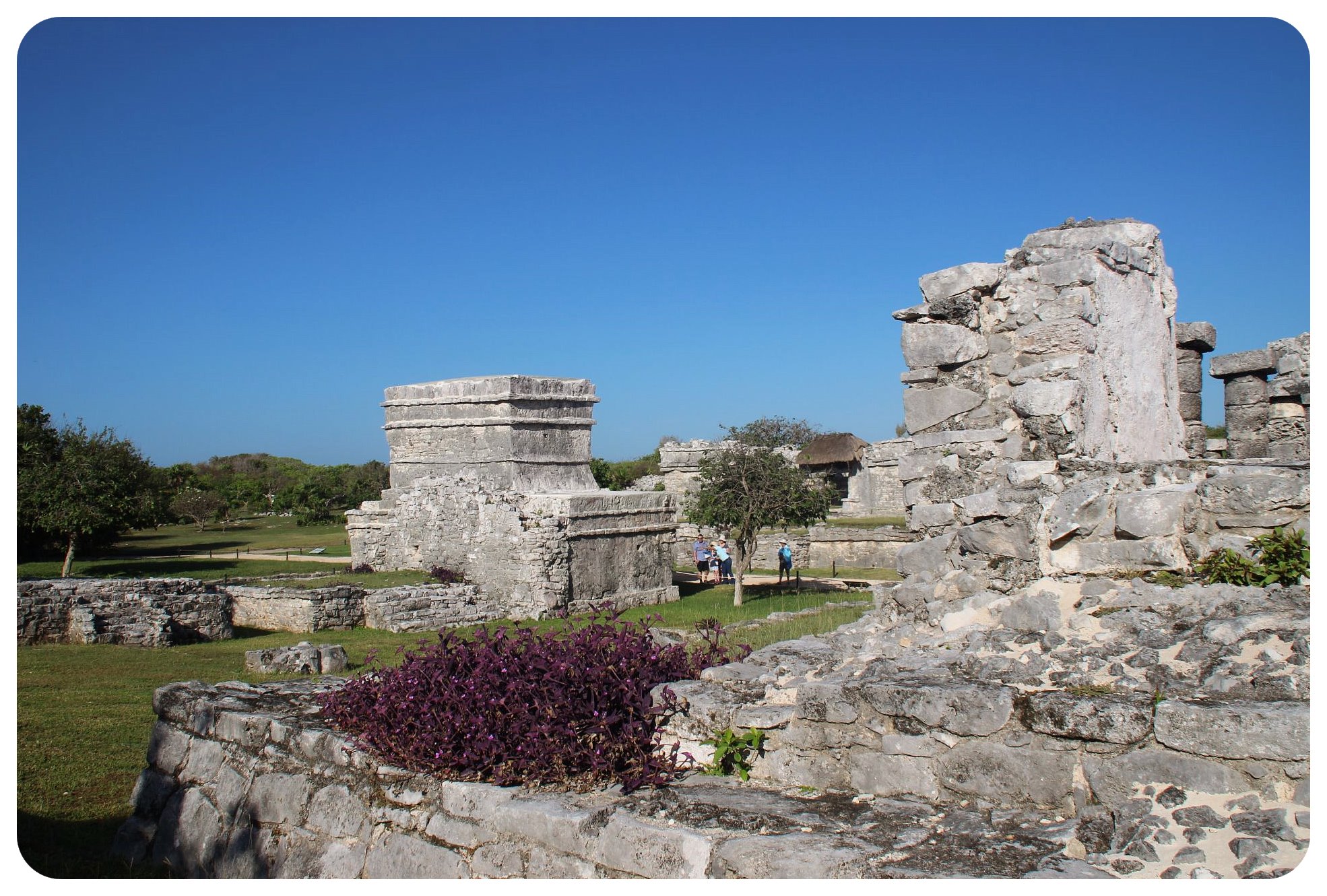 By the time the sun started burning down on us, we were ready to leave. We had timed our visit perfectly: when we walked back to the car, several massive tour groups were entering the ruins, and no less than 20 large buses were spitting out tourist after tourist into the parking lot. If you want Tulum without the crowds, definitely head there early.
By the time the sun started burning down on us, we were ready to leave. We had timed our visit perfectly: when we walked back to the car, several massive tour groups were entering the ruins, and no less than 20 large buses were spitting out tourist after tourist into the parking lot. If you want Tulum without the crowds, definitely head there early.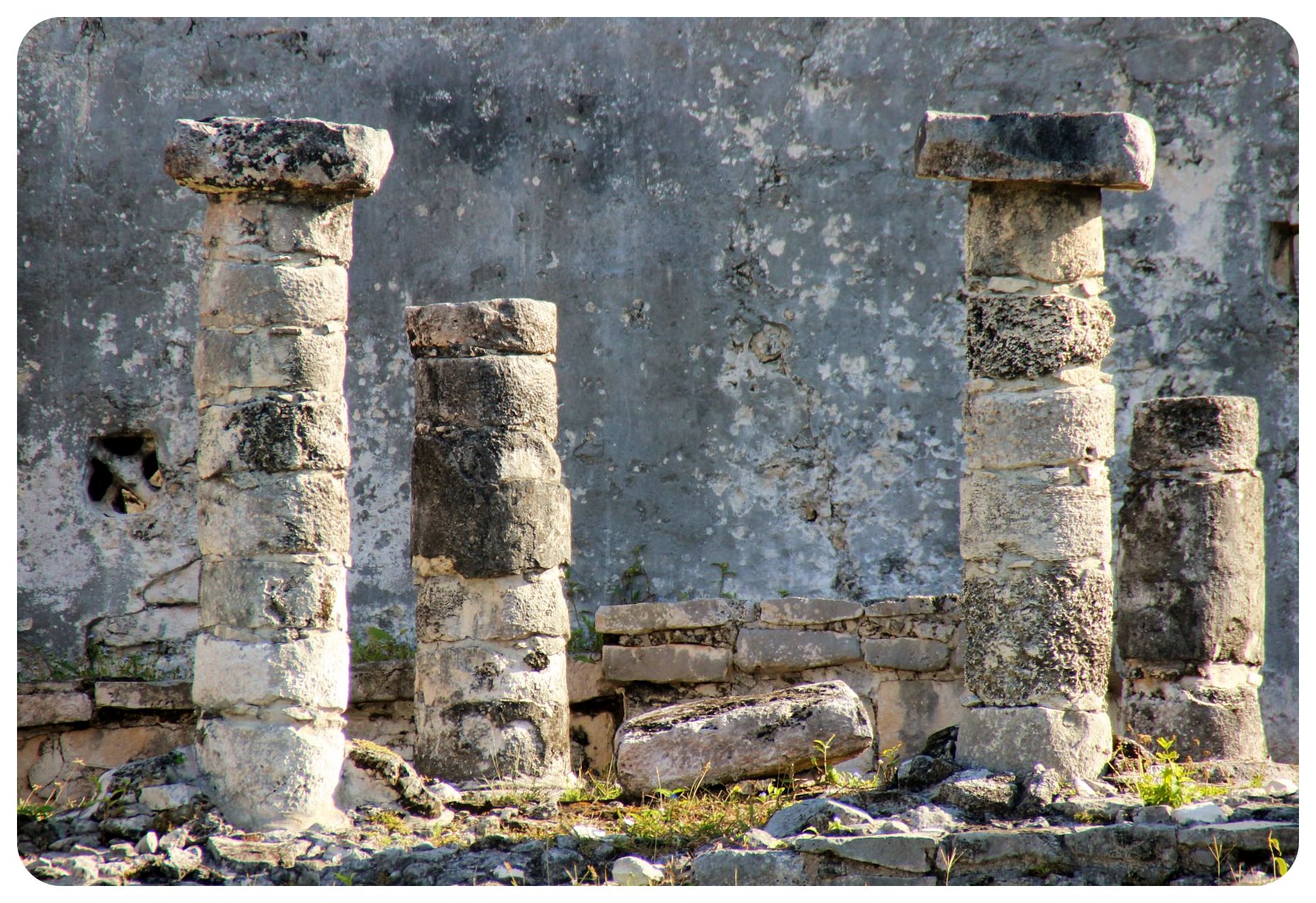 Instead of returning to our hotel, we drove straight to Tulum’s glorious beach – without a doubt one of the prettiest along the Riviera Maya. An extra wide stretch of beach with powdery, white sand for as far as the eye can see, and this water, with its incredible I-don’t-know-how-many shades of blue.
Instead of returning to our hotel, we drove straight to Tulum’s glorious beach – without a doubt one of the prettiest along the Riviera Maya. An extra wide stretch of beach with powdery, white sand for as far as the eye can see, and this water, with its incredible I-don’t-know-how-many shades of blue.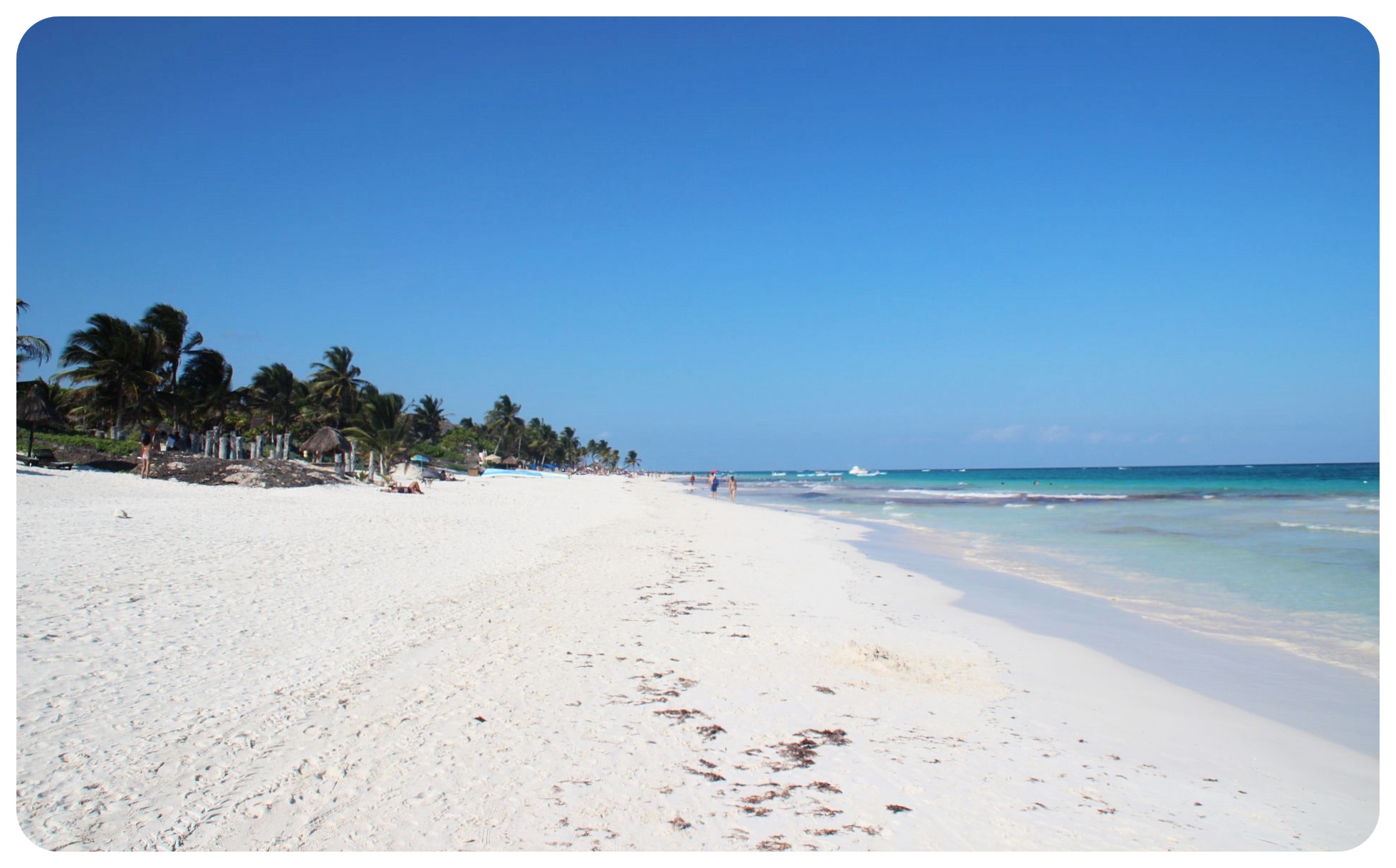 We found a beach bar, settled into our beach chairs and didn’t leave our spot for the rest of the day, until it was time for dinner, which brought us to Antojitos La Chiapaneca, a taco place in the village (not by the beach) that came highly recommended and exceeded our expectations by far. It was so good that we ended up going back there the next night – even though Tulum has dozens of dining options. But could there really be anything better than these seven peso tacos?
We found a beach bar, settled into our beach chairs and didn’t leave our spot for the rest of the day, until it was time for dinner, which brought us to Antojitos La Chiapaneca, a taco place in the village (not by the beach) that came highly recommended and exceeded our expectations by far. It was so good that we ended up going back there the next night – even though Tulum has dozens of dining options. But could there really be anything better than these seven peso tacos?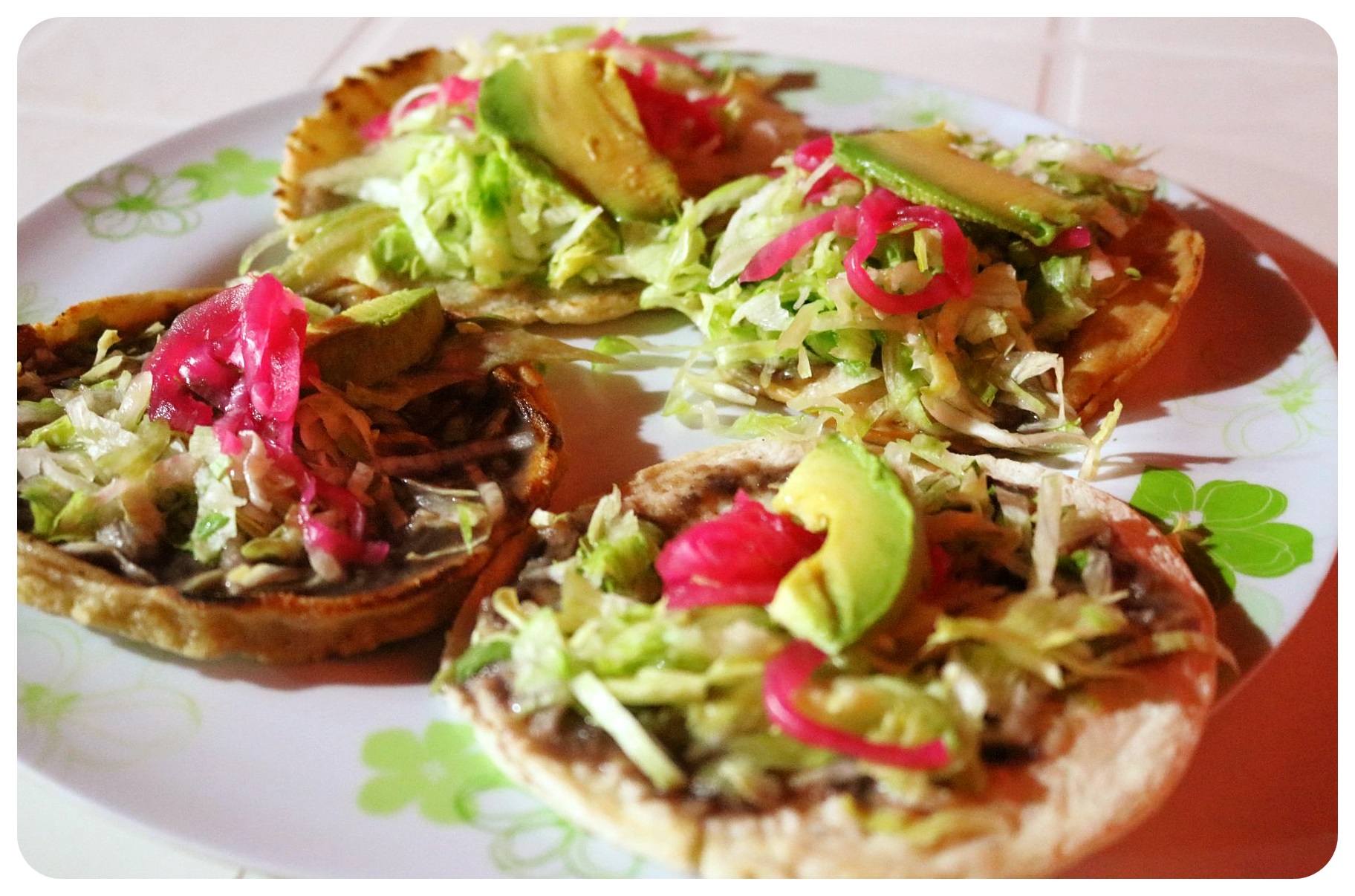 We could have easily spent another day on the beach in Tulum, but the next day was reserved for more cenotes. After having swum in an open cenote, we wanted to see a different kind of cenote – a covered or partially covered one. After doing some research, it was a close tie between Gran Cenote and Cenote Dos Ojos, and I finally went for Gran Cenote.
We could have easily spent another day on the beach in Tulum, but the next day was reserved for more cenotes. After having swum in an open cenote, we wanted to see a different kind of cenote – a covered or partially covered one. After doing some research, it was a close tie between Gran Cenote and Cenote Dos Ojos, and I finally went for Gran Cenote.
Dos Ojos, a covered cenote, seems to be the most popular cenote in Tulum, but I found the admission pretty high (MXN200 admission if you bring your own equipment and are prepared to walk 3km to the cenote, or MXN500 for a ride to the cenote, a guide, snorkel equipment, and a lamp), and I knew we would be visiting a couple of covered cenotes in Valladolid later in our trip.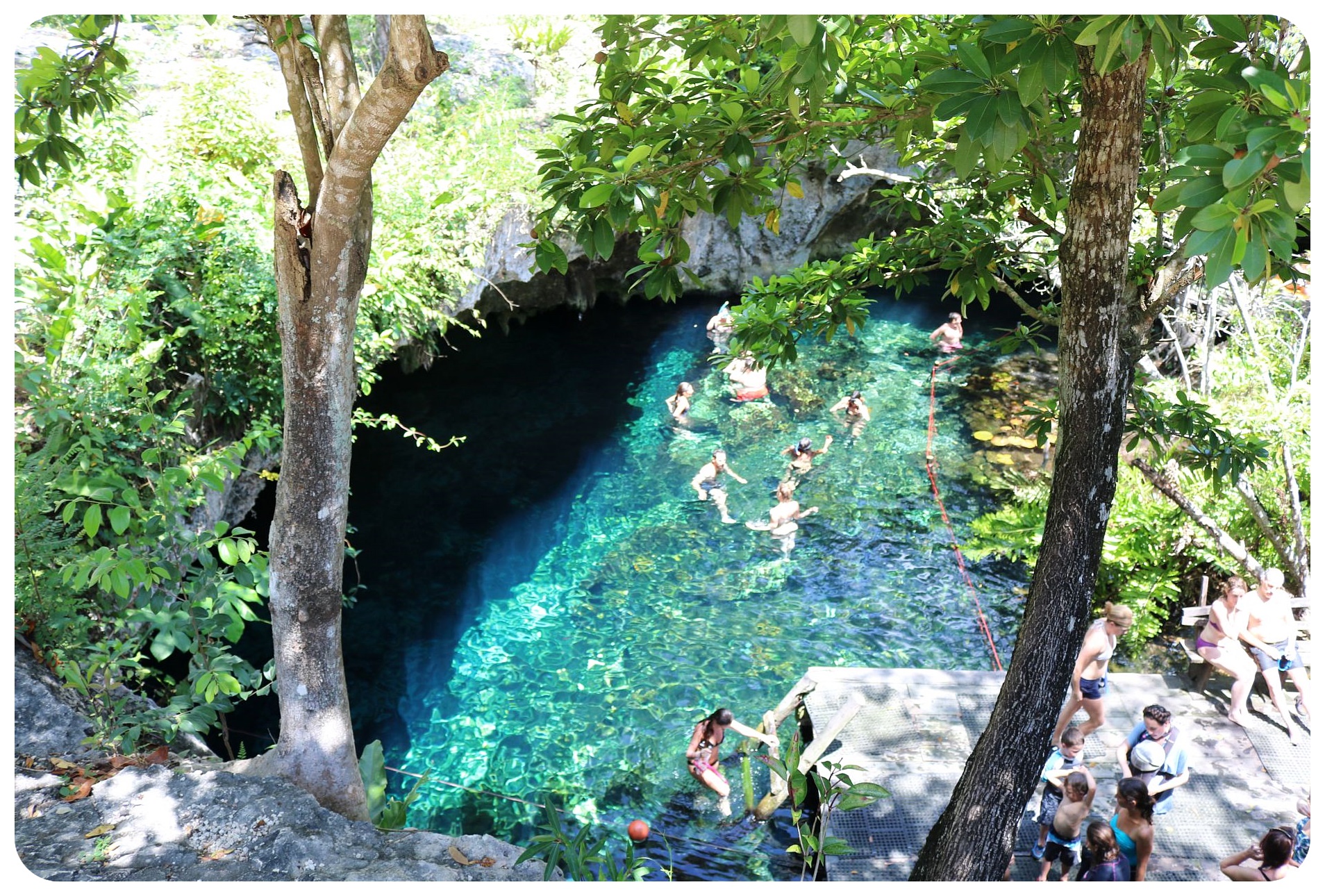 Gran Cenote was the perfect mix of covered and open cenote, and with a lower admission (MXN150) it allowed us to add another cenote to our tour of natural sinkholes. Gran Cenote did not disappoint: crystal clear water, a large area for swimming, and a covered part where you could swim through and reach another open part of the cenote. We snorkeled, marveled at the underwater rock formations and the stalactites hanging from the roof of the cave, sunbathed on the wooden deck and watched the turtles that were swimming in a separate area.
Gran Cenote was the perfect mix of covered and open cenote, and with a lower admission (MXN150) it allowed us to add another cenote to our tour of natural sinkholes. Gran Cenote did not disappoint: crystal clear water, a large area for swimming, and a covered part where you could swim through and reach another open part of the cenote. We snorkeled, marveled at the underwater rock formations and the stalactites hanging from the roof of the cave, sunbathed on the wooden deck and watched the turtles that were swimming in a separate area.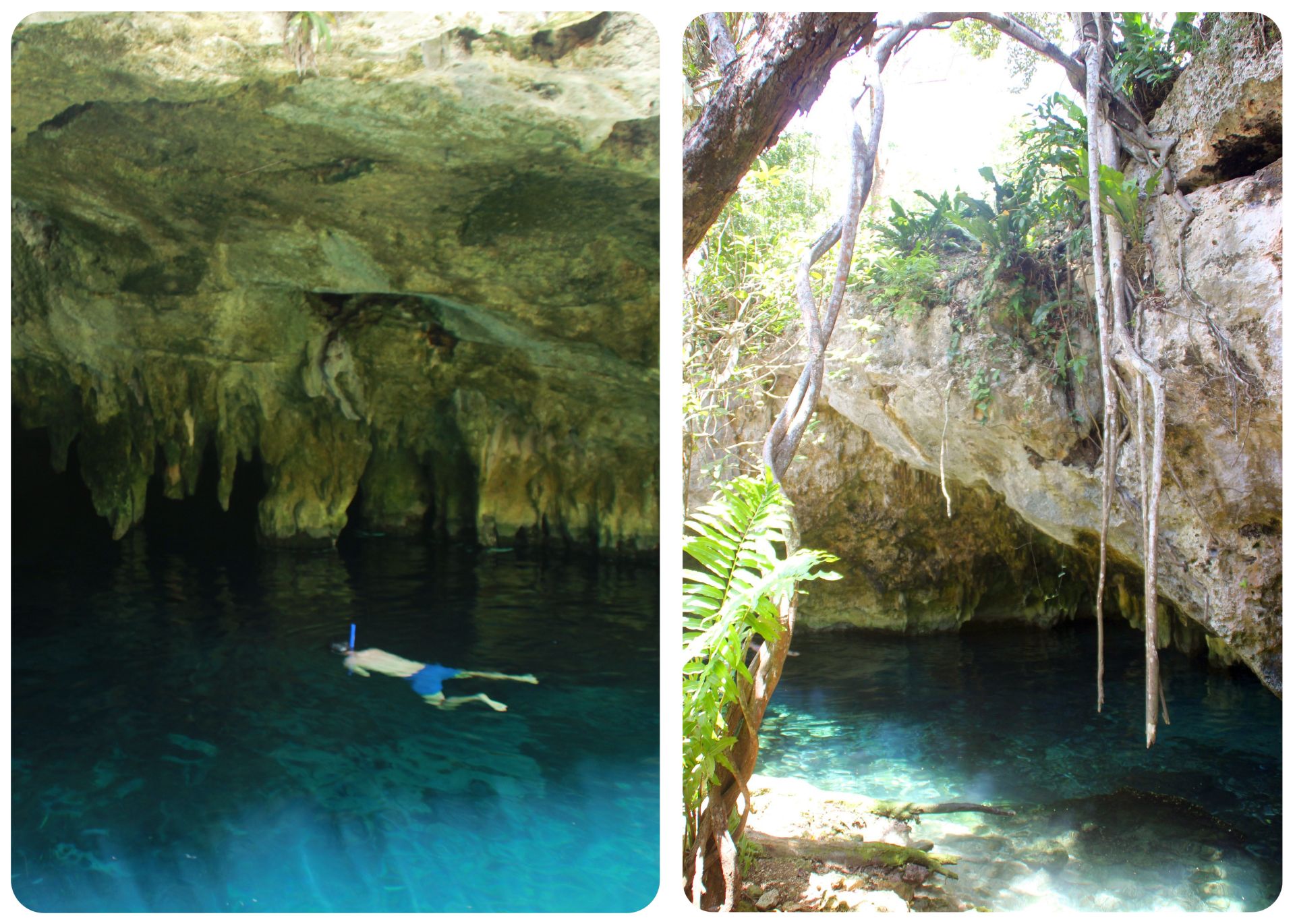 After a couple of hours, we were ready to check out another cenote and we went to Zacil-Ha, which was just a little further down the road. This cenote was mainly frequented by Mexican tourists, I had read, and was only MXN50. When we arrived, there were only two other people around, and later on three girls arrived to film a music video there, other than that, we had Zacil-Ha to ourselves.
After a couple of hours, we were ready to check out another cenote and we went to Zacil-Ha, which was just a little further down the road. This cenote was mainly frequented by Mexican tourists, I had read, and was only MXN50. When we arrived, there were only two other people around, and later on three girls arrived to film a music video there, other than that, we had Zacil-Ha to ourselves.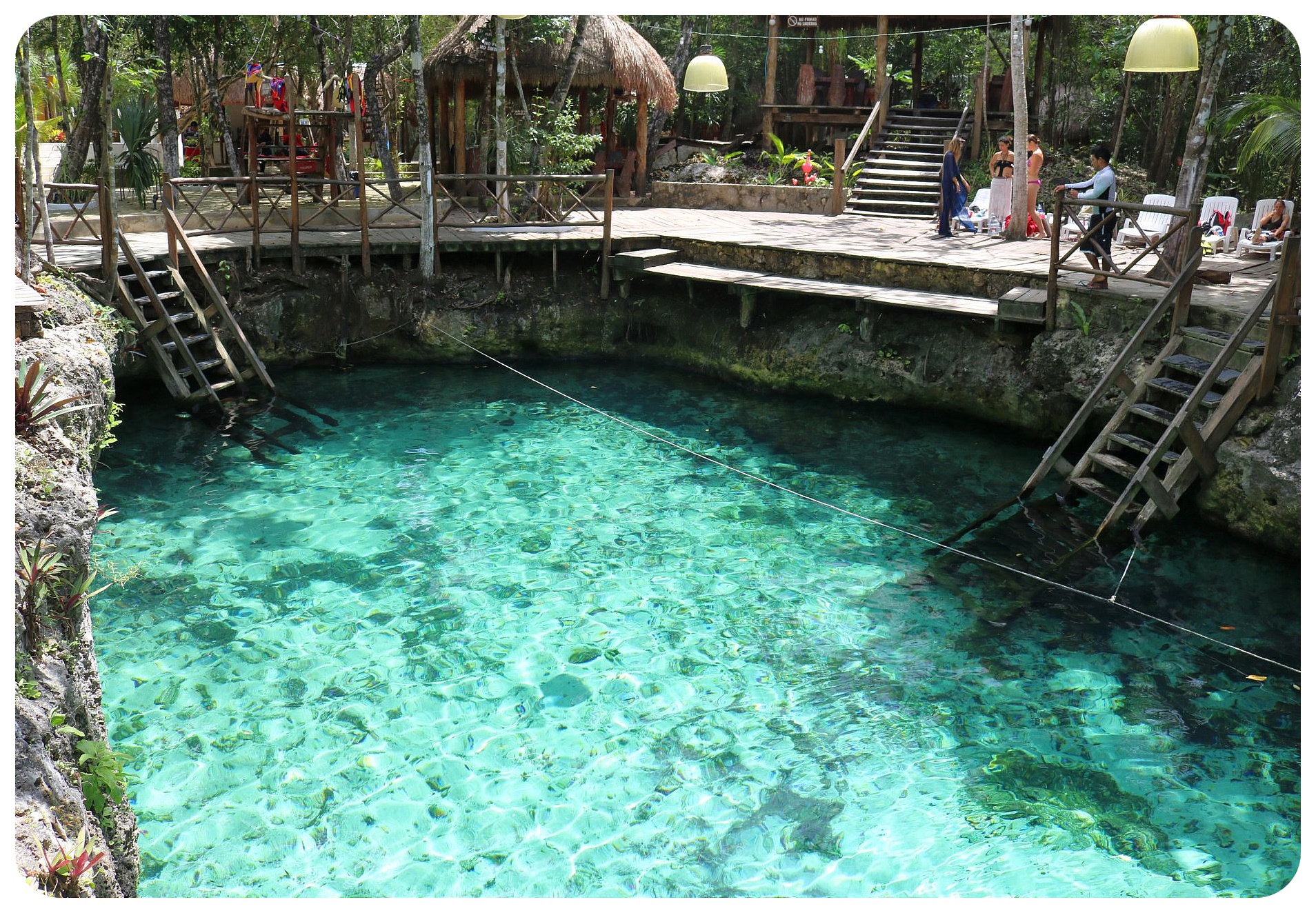 The cenote is much smaller than the Gran Cenote, an almost perfectly round-shaped natural swimming pool – at least that’s what you see from above. After a while, we saw a couple of divers emerge, and descend again, and were gone for long enough to lead me to assume there must be quite a large underwater cave system here.
The cenote is much smaller than the Gran Cenote, an almost perfectly round-shaped natural swimming pool – at least that’s what you see from above. After a while, we saw a couple of divers emerge, and descend again, and were gone for long enough to lead me to assume there must be quite a large underwater cave system here.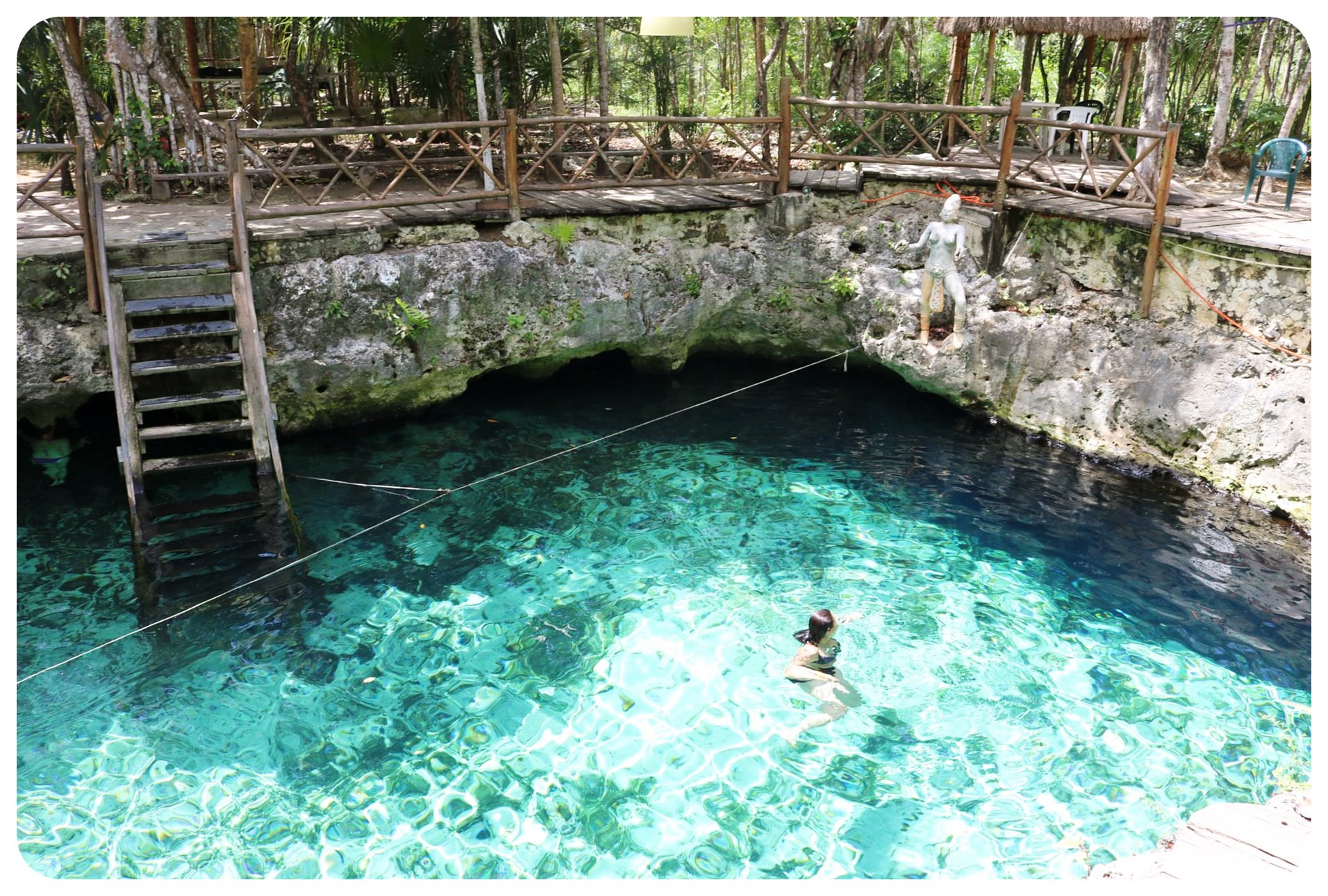 The best part of Zacil-Ha was the zip-line that went right above the cenote. You can take a thrilling ride which ends with you plunging into the water from a considerable height. Don’t expect a proper zipline with a harness – it is basically just a handle that you hold on to and let go of once you reach the center of the cenote. Definitely worth the 10 pesos we paid for it. Since this cenote is small and on the road to Cobá, you could even stop here for a quick dip on the way to the Cobá ruins, where we’d head the next day.
The best part of Zacil-Ha was the zip-line that went right above the cenote. You can take a thrilling ride which ends with you plunging into the water from a considerable height. Don’t expect a proper zipline with a harness – it is basically just a handle that you hold on to and let go of once you reach the center of the cenote. Definitely worth the 10 pesos we paid for it. Since this cenote is small and on the road to Cobá, you could even stop here for a quick dip on the way to the Cobá ruins, where we’d head the next day.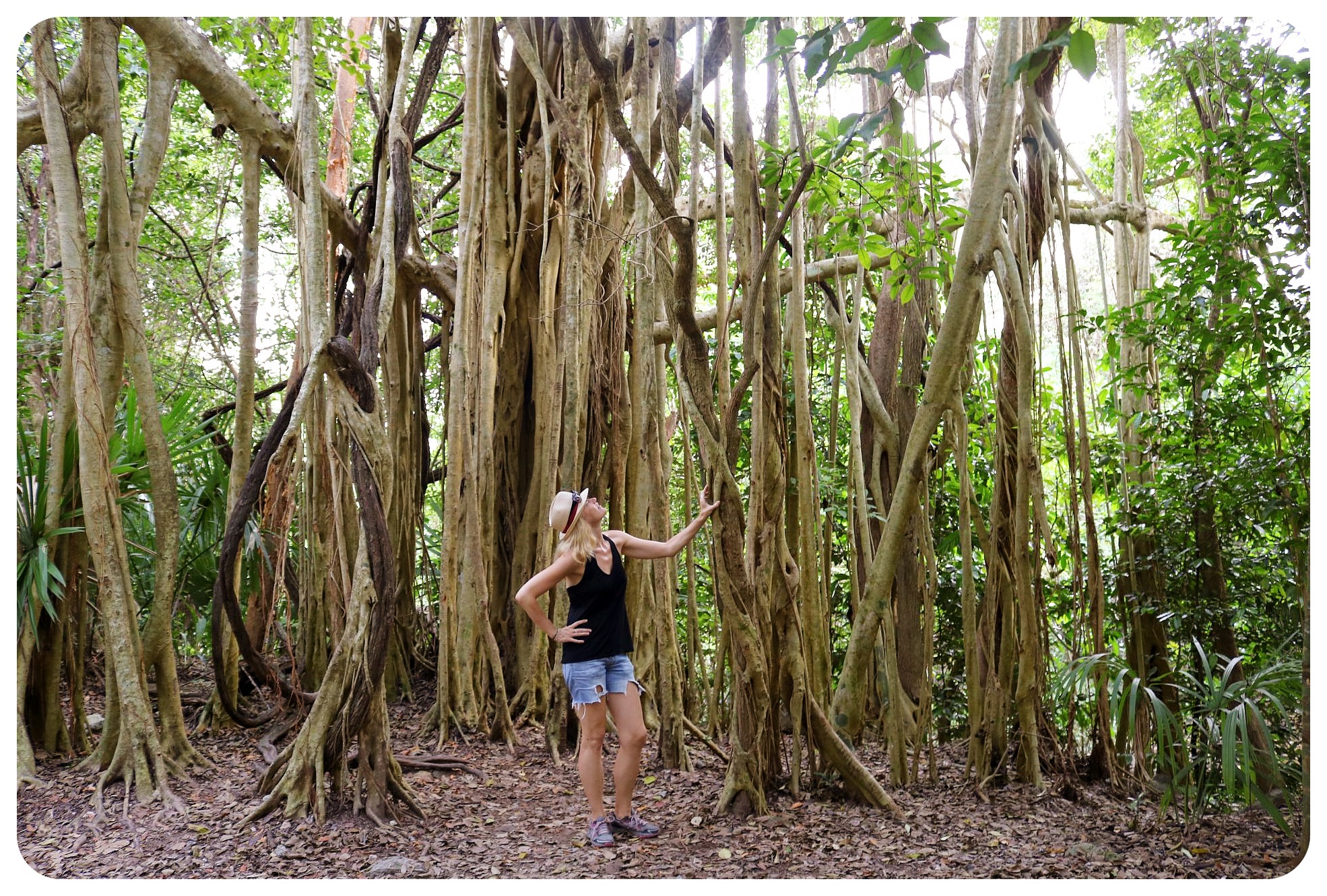 The next stop on our Yucatan road trip was Cobá. Cobá is about an hour inland from Tulum, and couldn’t be more different from the seaside ruins. This Mayan city is surrounded by thick jungle and gets much less visitors than Tulum or Chichen Itza, and the grounds are so spread out that it’s nearly impossible to see everything without a bicycle.
The next stop on our Yucatan road trip was Cobá. Cobá is about an hour inland from Tulum, and couldn’t be more different from the seaside ruins. This Mayan city is surrounded by thick jungle and gets much less visitors than Tulum or Chichen Itza, and the grounds are so spread out that it’s nearly impossible to see everything without a bicycle.
Luckily, there are plenty of bikes right at the entrance, waiting to be rented, or bicycle guides, who have a seat for two in front of their bike to drive you through the jungle from one structure to the next. Feeling a little lazy, we opted for the latter option which turned out to be pretty convenient, because that way we were taken on the route that made the most sense and we were able to take in the beautiful jungle instead of focusing on not getting lost.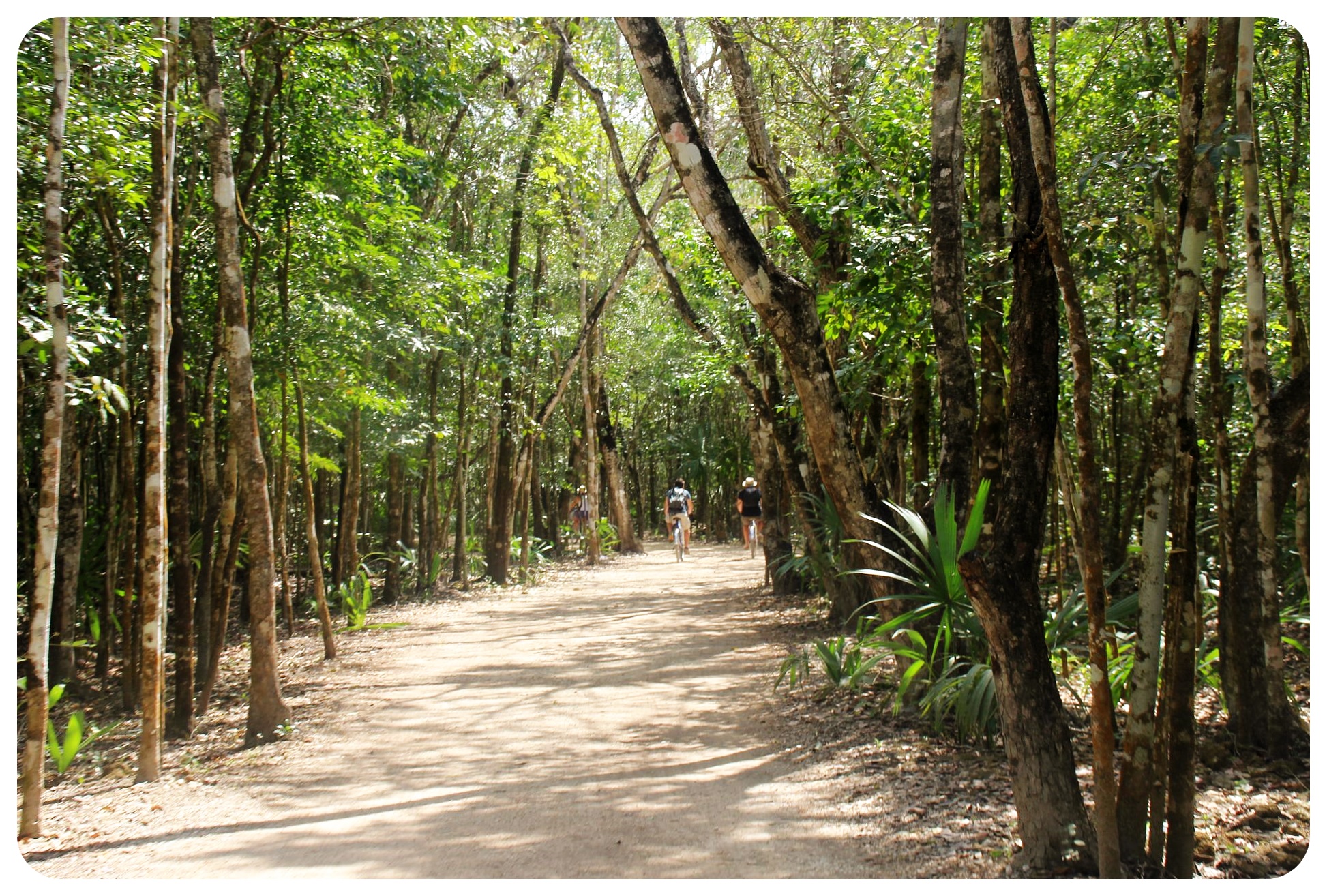 The most exhilarating part of a visit to Cobá is the climb up Nohoch Mul, which isn’t only the highest pyramid in this city, but in all of the Yucatan. The views from up here make you realize just how green this part of the country is: the jungle stretches to the horizon in all four directions. It is one of the few ruin sites where you can still climb a pyramid, and Nohoch Mul with its 120 uneven, large stone steps up to reach the top at 137 feet (42 meters) is quite the challenge for most visitors. The way down seems even more daunting, and the lone rope dangling from the top for tourists to hold on to is used by every single person slowly clambering back down.
The most exhilarating part of a visit to Cobá is the climb up Nohoch Mul, which isn’t only the highest pyramid in this city, but in all of the Yucatan. The views from up here make you realize just how green this part of the country is: the jungle stretches to the horizon in all four directions. It is one of the few ruin sites where you can still climb a pyramid, and Nohoch Mul with its 120 uneven, large stone steps up to reach the top at 137 feet (42 meters) is quite the challenge for most visitors. The way down seems even more daunting, and the lone rope dangling from the top for tourists to hold on to is used by every single person slowly clambering back down.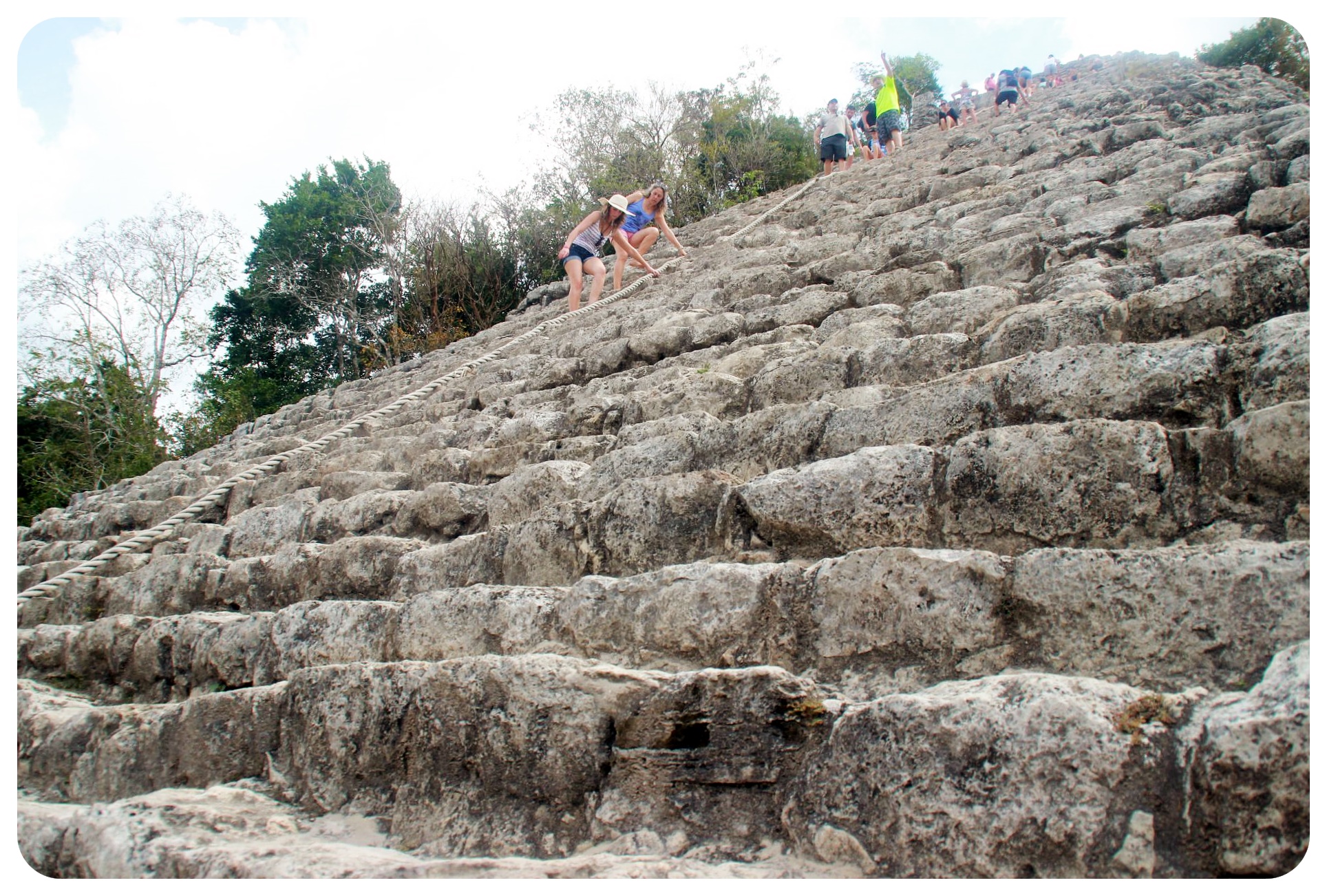 Cobá is certainly one of the most interesting temple complexes on the Yucatan: older than Chichen Itza, known for its elaborate stone carvings, and the famous sacbeob, a network of elevated roads that connected Cobá with other Mayan cities throughout the region. What I love most about this site is the jungle setting, and that it is less crowded than the other Mayan ruins in the Yucatan, Chichen Itza in particular, which would be our third set of Mayan pyramids.
Cobá is certainly one of the most interesting temple complexes on the Yucatan: older than Chichen Itza, known for its elaborate stone carvings, and the famous sacbeob, a network of elevated roads that connected Cobá with other Mayan cities throughout the region. What I love most about this site is the jungle setting, and that it is less crowded than the other Mayan ruins in the Yucatan, Chichen Itza in particular, which would be our third set of Mayan pyramids.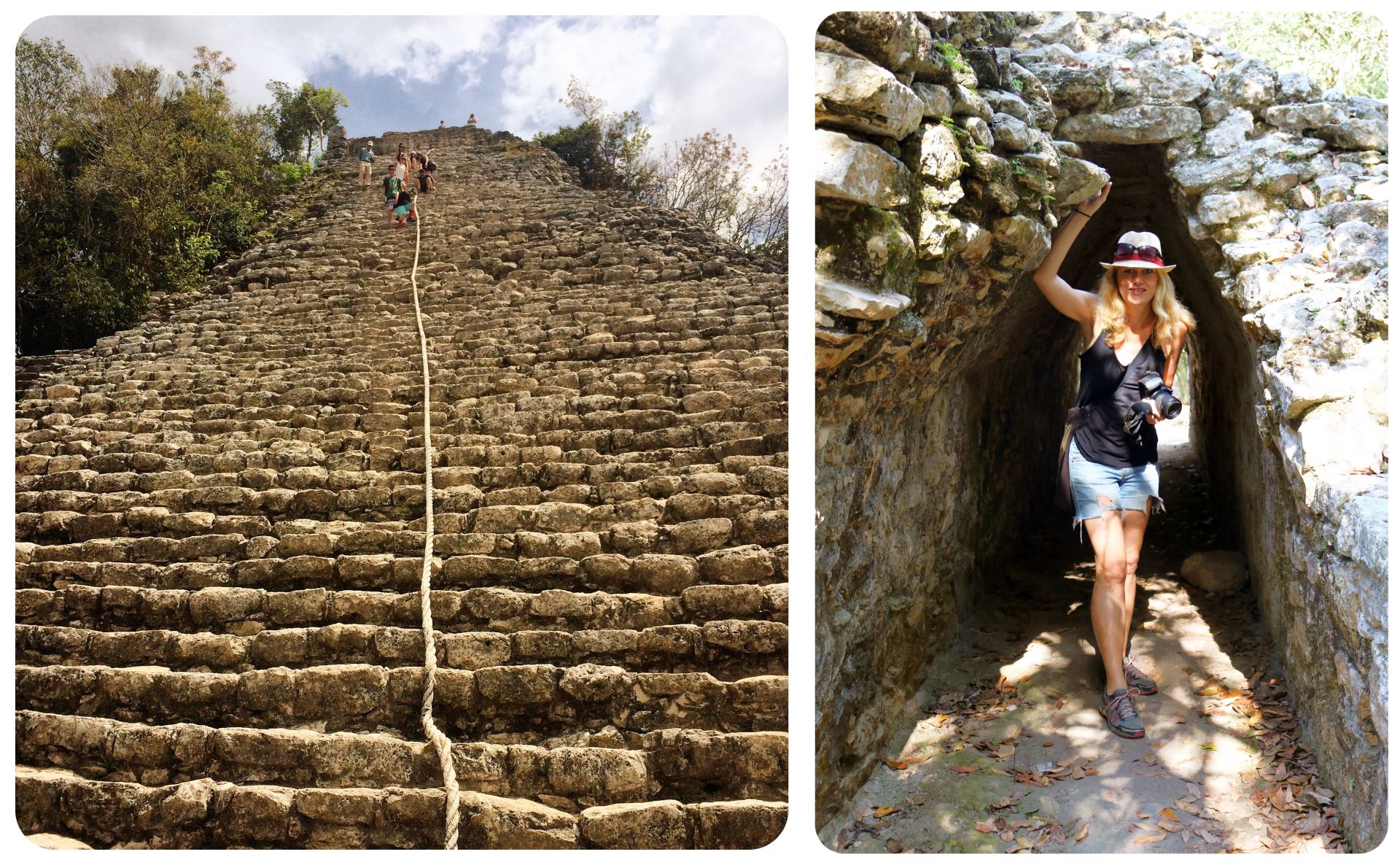 I am not sure why Cobá is less popular with tourists, given that it is close to both Playa Del Carmen and Tulum and has a ridiculously low admission fee of only MXN57 – especially compared to the steep MXN232 Chichen Itza charges.
I am not sure why Cobá is less popular with tourists, given that it is close to both Playa Del Carmen and Tulum and has a ridiculously low admission fee of only MXN57 – especially compared to the steep MXN232 Chichen Itza charges.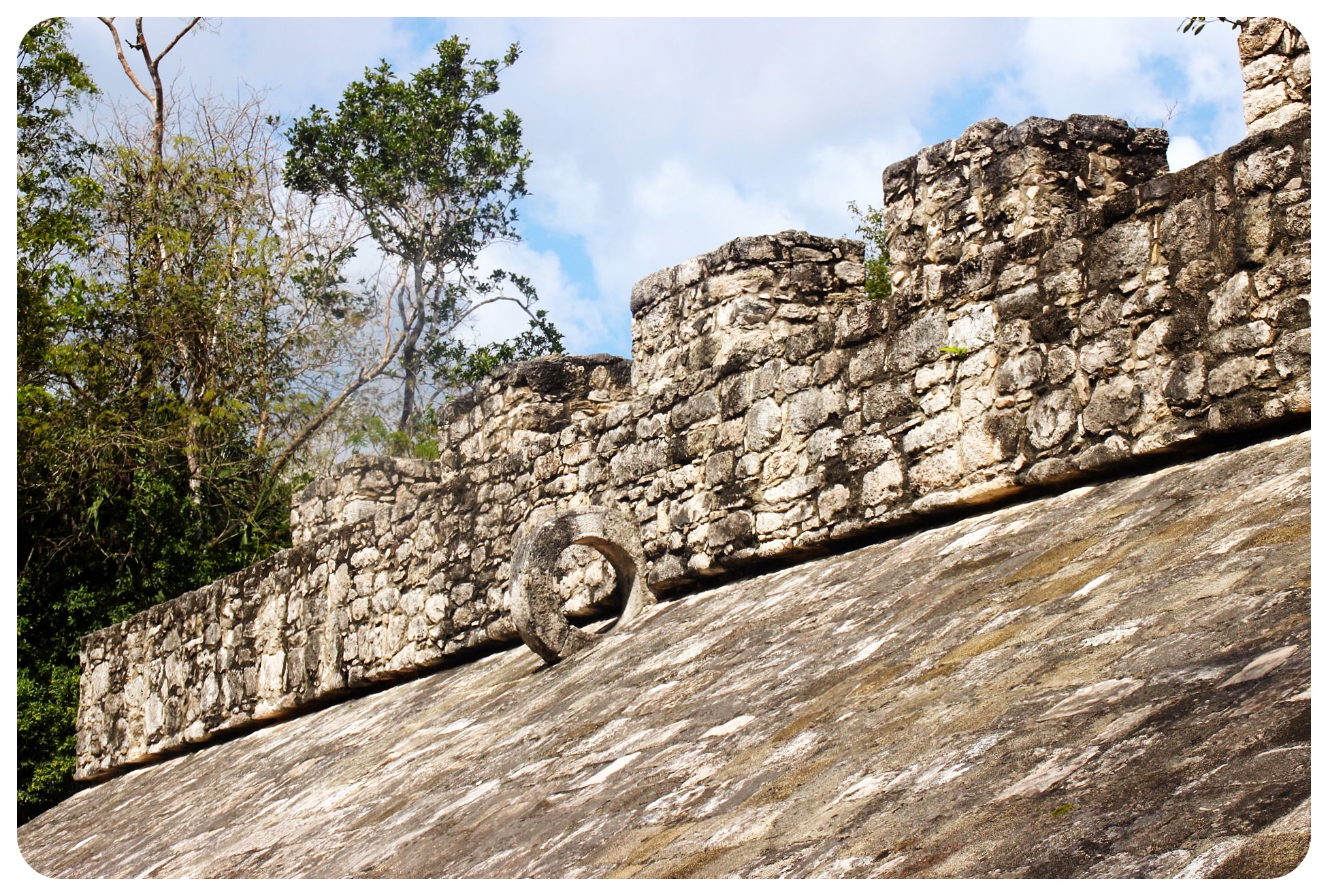 After touring the ruins for a couple of hours we stopped in the actual town of Coba (which is tiny) for a quick lunch in a local Mexican restaurant before hitting the road again. According to GoogleMaps it would take us about an hour to get to Valladolid, where we’d be spending the next couple of nights, but it took us closer to two hours for us to finally get to what is still my favorite Mexican village.
After touring the ruins for a couple of hours we stopped in the actual town of Coba (which is tiny) for a quick lunch in a local Mexican restaurant before hitting the road again. According to GoogleMaps it would take us about an hour to get to Valladolid, where we’d be spending the next couple of nights, but it took us closer to two hours for us to finally get to what is still my favorite Mexican village.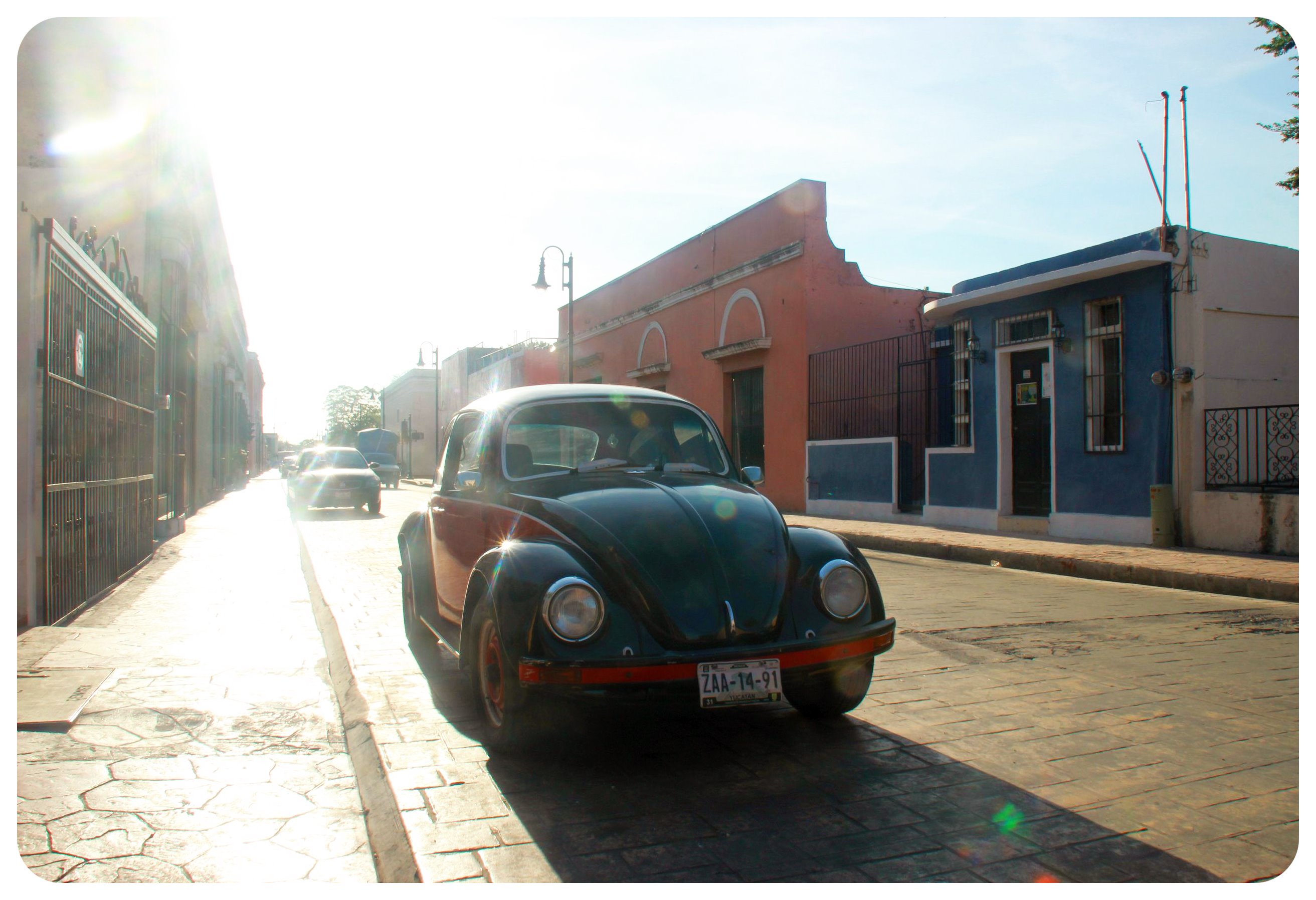 Valladolid was the stop on our Yucatan road trip I was most excited about, because I had fallen in love with this colonial town in 2010, but during all of my visits to Mexico since, I had never made it back there. Now that I’d seen so many other Spanish-colonial villages all over Latin America, and visited several ‘magic villages’ (as 83 villages in Mexico were declared, thanks to their cultural, historical, or natural treasures) – would I still adore Valladolid as much as I did all those years ago?
Valladolid was the stop on our Yucatan road trip I was most excited about, because I had fallen in love with this colonial town in 2010, but during all of my visits to Mexico since, I had never made it back there. Now that I’d seen so many other Spanish-colonial villages all over Latin America, and visited several ‘magic villages’ (as 83 villages in Mexico were declared, thanks to their cultural, historical, or natural treasures) – would I still adore Valladolid as much as I did all those years ago? I didn’t have anything to worry about: Valladolid had barely changed over the past few years, and was still as charming and sleepy as I had remembered it. The pastel-colored houses with their colonial courtyards were still beautiful, the churches striking, and the main plaza with old ladies chatting on benches while vendors were walking around selling granizados out of their little carts was as delightful a place to sit in as ever.
I didn’t have anything to worry about: Valladolid had barely changed over the past few years, and was still as charming and sleepy as I had remembered it. The pastel-colored houses with their colonial courtyards were still beautiful, the churches striking, and the main plaza with old ladies chatting on benches while vendors were walking around selling granizados out of their little carts was as delightful a place to sit in as ever.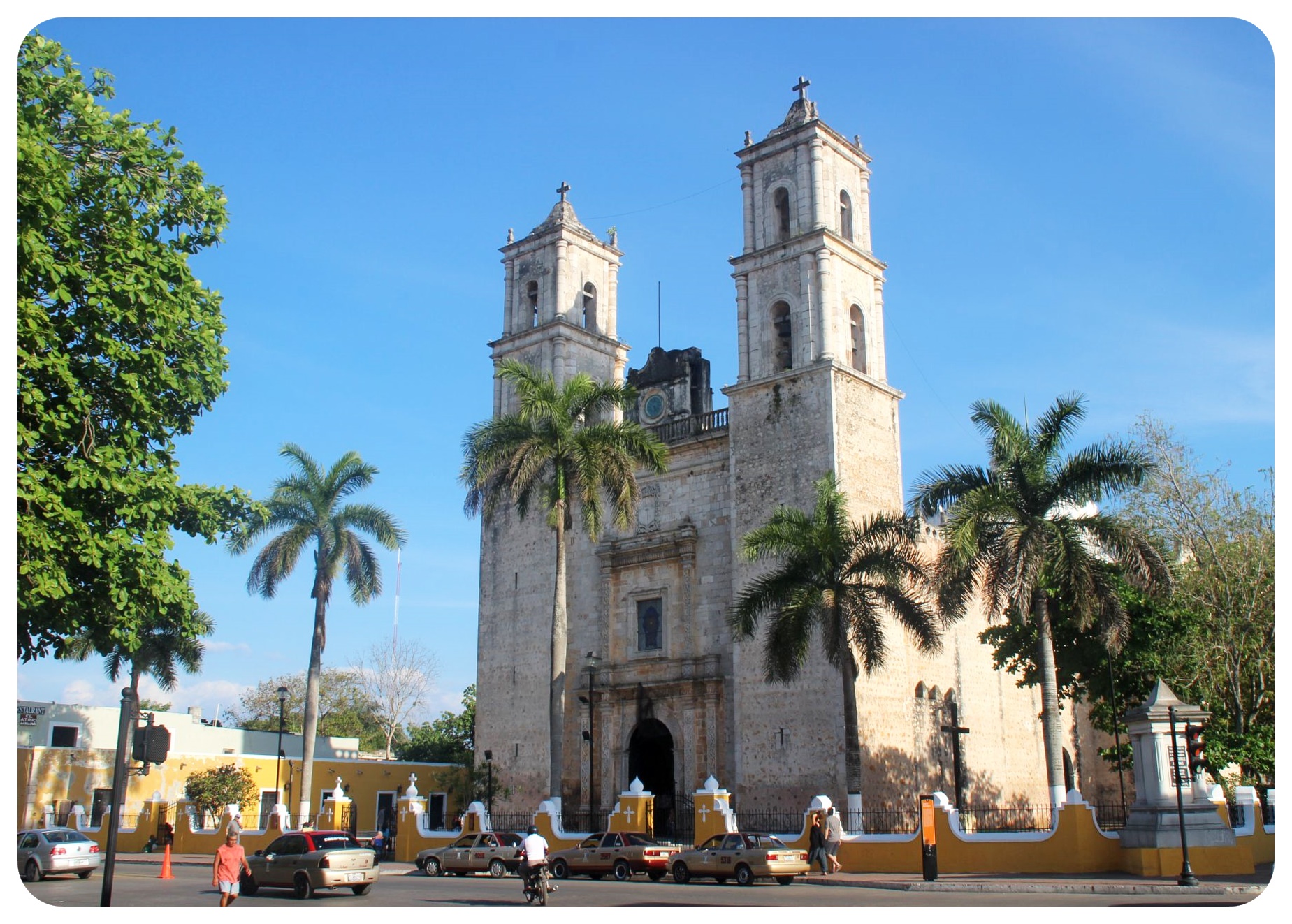 Another thing that hadn’t changed? How hot Valladolid was. With average temperatures of 93ºF (34ºC), the town can feel unbearably hot, especially in the afternoon, and with no ocean anywhere nearby, we were thankful for the three cenotes here. Cenote Zaci, is right in town, and Cenote Dzitnup, is about five miles outside of town.
Another thing that hadn’t changed? How hot Valladolid was. With average temperatures of 93ºF (34ºC), the town can feel unbearably hot, especially in the afternoon, and with no ocean anywhere nearby, we were thankful for the three cenotes here. Cenote Zaci, is right in town, and Cenote Dzitnup, is about five miles outside of town.
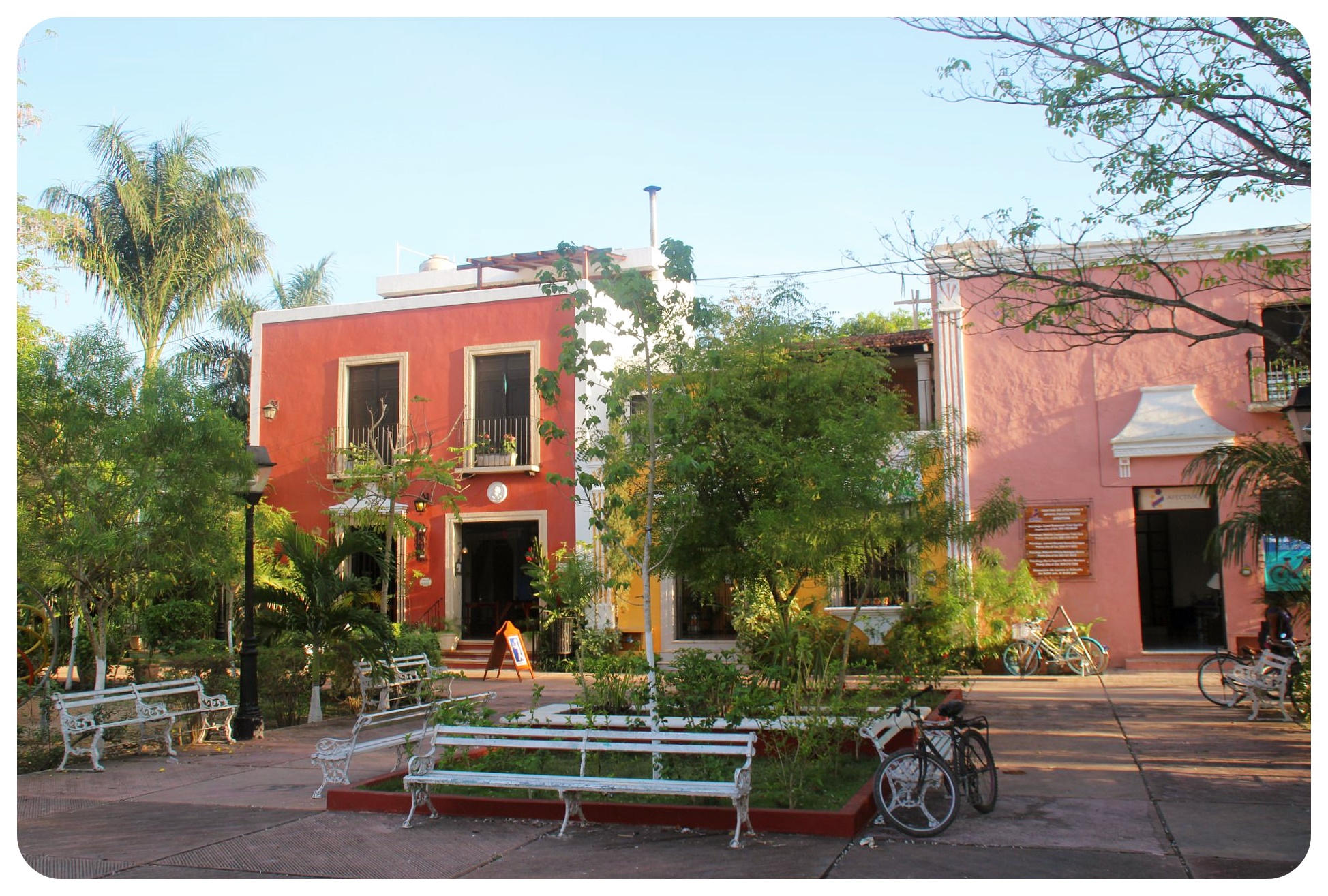 Dzitnup was the one we chose for our first afternoon in town, a cenote that is actually made up of two different sinkholes, Samulá & Xkekén. They are both covered and undeniably two of the most remarkable cenotes I’ve been to, so it didn’t surprise me that the setup was vastly different from when I first came here a few years ago.
Dzitnup was the one we chose for our first afternoon in town, a cenote that is actually made up of two different sinkholes, Samulá & Xkekén. They are both covered and undeniably two of the most remarkable cenotes I’ve been to, so it didn’t surprise me that the setup was vastly different from when I first came here a few years ago.
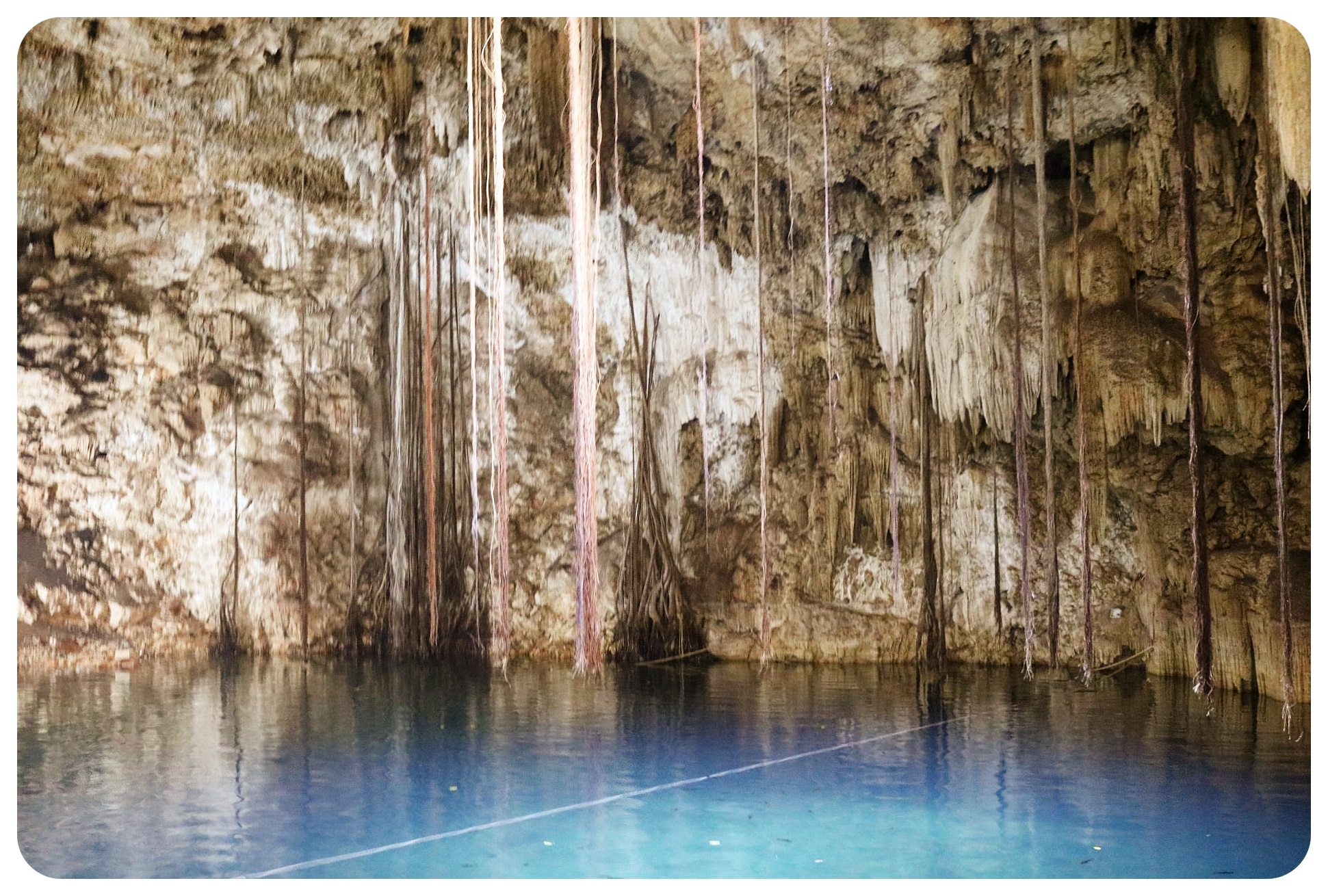 Back then, you could nearly miss the entrance to the cenotes if you didn’t pay attention, but now, a big tourist plaza had been built around them, charging MXN90 admission to enter both, and a number of souvenir stands lines the path to each cenote. I realized that these two cenotes had become part of a tour, probably the Chichen Itza tours from Cancun, but luckily we didn’t encounter a bus load of tourists while we were there – as a matter of fact, the tourists in both cenotes seemed to be mainly Mexicans.
Back then, you could nearly miss the entrance to the cenotes if you didn’t pay attention, but now, a big tourist plaza had been built around them, charging MXN90 admission to enter both, and a number of souvenir stands lines the path to each cenote. I realized that these two cenotes had become part of a tour, probably the Chichen Itza tours from Cancun, but luckily we didn’t encounter a bus load of tourists while we were there – as a matter of fact, the tourists in both cenotes seemed to be mainly Mexicans.
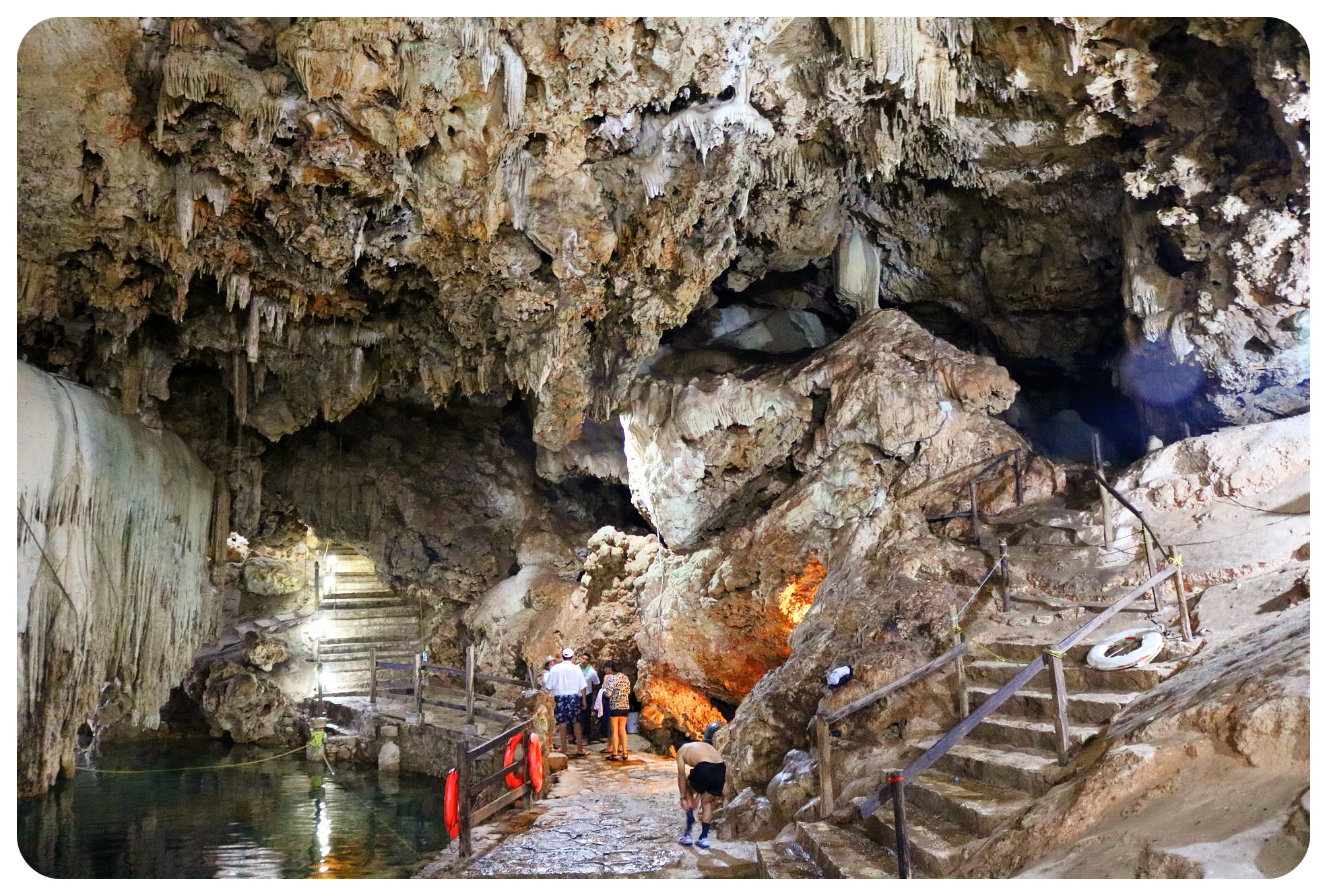 We started with Cenote Xkeken, which you can’t see at all from the outside. A small entrance leads to some stairs which go down into the cave, and once you reach the big cave room it is almost impossible not to be in complete awe. The ceiling is covered in stalactites of all sizes, and then there is the bright blue refreshing water.
We started with Cenote Xkeken, which you can’t see at all from the outside. A small entrance leads to some stairs which go down into the cave, and once you reach the big cave room it is almost impossible not to be in complete awe. The ceiling is covered in stalactites of all sizes, and then there is the bright blue refreshing water.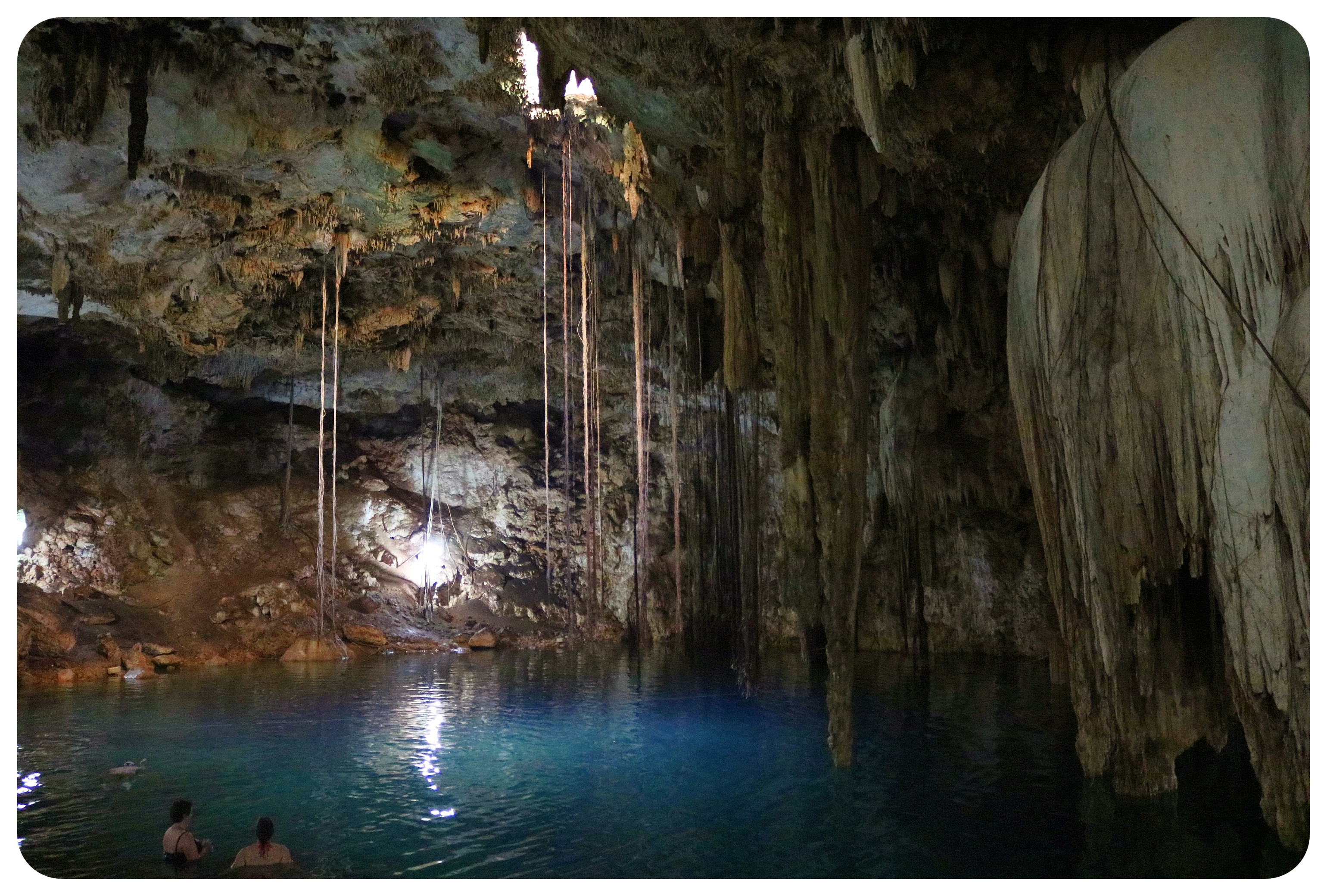 After a quick dip we walked over to Cenote Samula, which used to be famous for the long tree roots hanging from a small hole in the ceiling of the covered cenote. However, there wasn’t much of the tree roots left when I went there this year – either they were cut off or fell in, I am not sure. This doesn’t make Samula less impressive though, and again, you can’t even see the entrance, but access the cavern through a tiny hole and walk down a set of stairs until you reach the water. In this cenote, the rocks and stalagmites underwater are even more dramatic than in Cenote Xkeken, and you’ll want to bring a mask and a snorkel to be able to fully appreciate them.
After a quick dip we walked over to Cenote Samula, which used to be famous for the long tree roots hanging from a small hole in the ceiling of the covered cenote. However, there wasn’t much of the tree roots left when I went there this year – either they were cut off or fell in, I am not sure. This doesn’t make Samula less impressive though, and again, you can’t even see the entrance, but access the cavern through a tiny hole and walk down a set of stairs until you reach the water. In this cenote, the rocks and stalagmites underwater are even more dramatic than in Cenote Xkeken, and you’ll want to bring a mask and a snorkel to be able to fully appreciate them.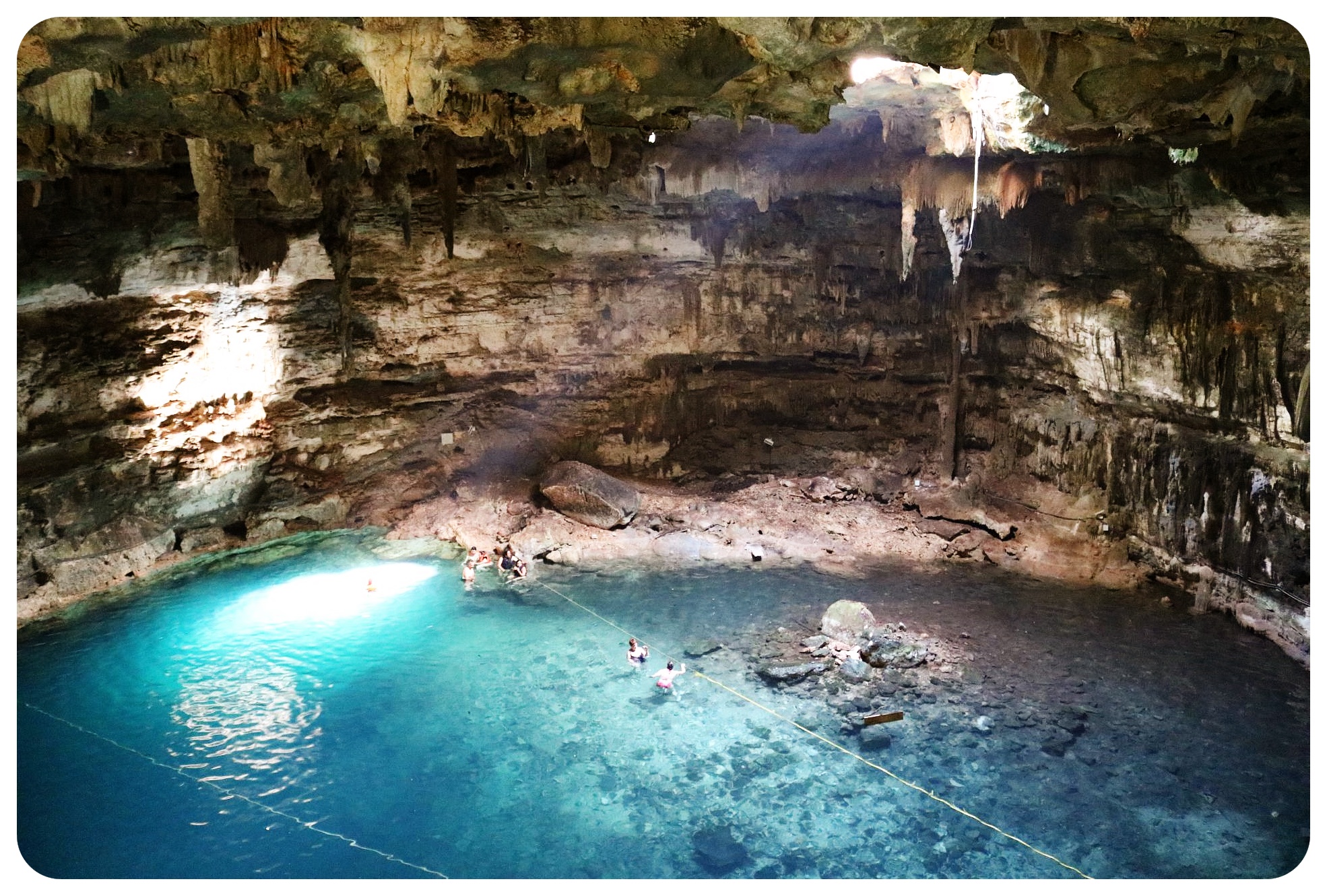 We got off to an early start the next morning – once again to beat the tourist crowds. The final, grand destination of our Yucatan road trip was Chichen Itza, the most popular Mayan ruin site of the Yuctan.
We got off to an early start the next morning – once again to beat the tourist crowds. The final, grand destination of our Yucatan road trip was Chichen Itza, the most popular Mayan ruin site of the Yuctan.
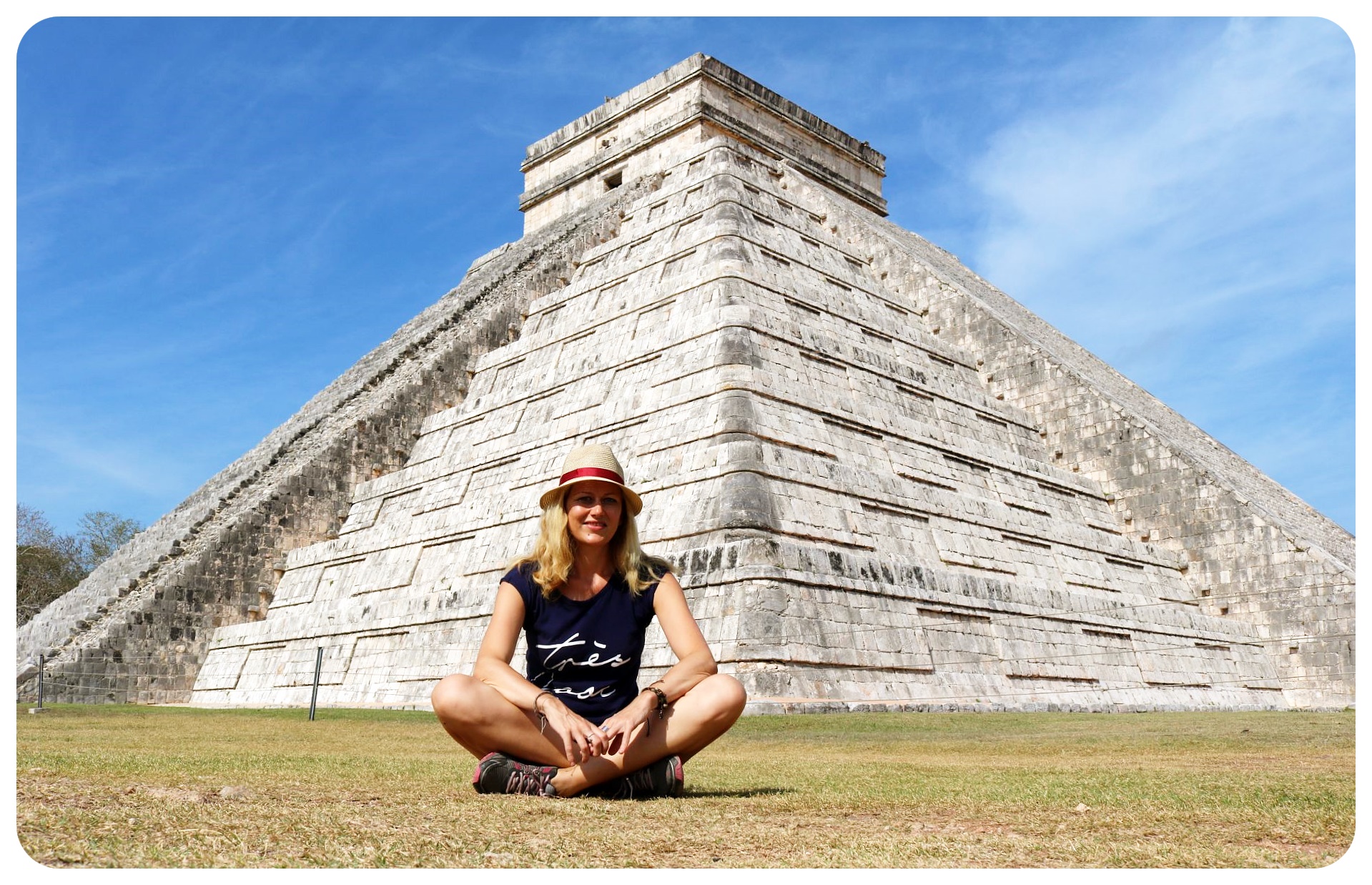 And it is easy to see why this UNESCO World Heritage site is so famous: the structures here are extraordinary, especially the perfectly restored main pyramid, El Castillo, which is jaw-droppingly stunning. It is on this stepped pyramid where during the equinoxes (21 March and 21 September), shadows on the steps of the pyramid resemble a descending snake. The temple has 365 steps – one for each day of the year – which is only one feat to show how sophisticated the Mayan culture was, and how it was integrated into their buildings and religious centers.
And it is easy to see why this UNESCO World Heritage site is so famous: the structures here are extraordinary, especially the perfectly restored main pyramid, El Castillo, which is jaw-droppingly stunning. It is on this stepped pyramid where during the equinoxes (21 March and 21 September), shadows on the steps of the pyramid resemble a descending snake. The temple has 365 steps – one for each day of the year – which is only one feat to show how sophisticated the Mayan culture was, and how it was integrated into their buildings and religious centers.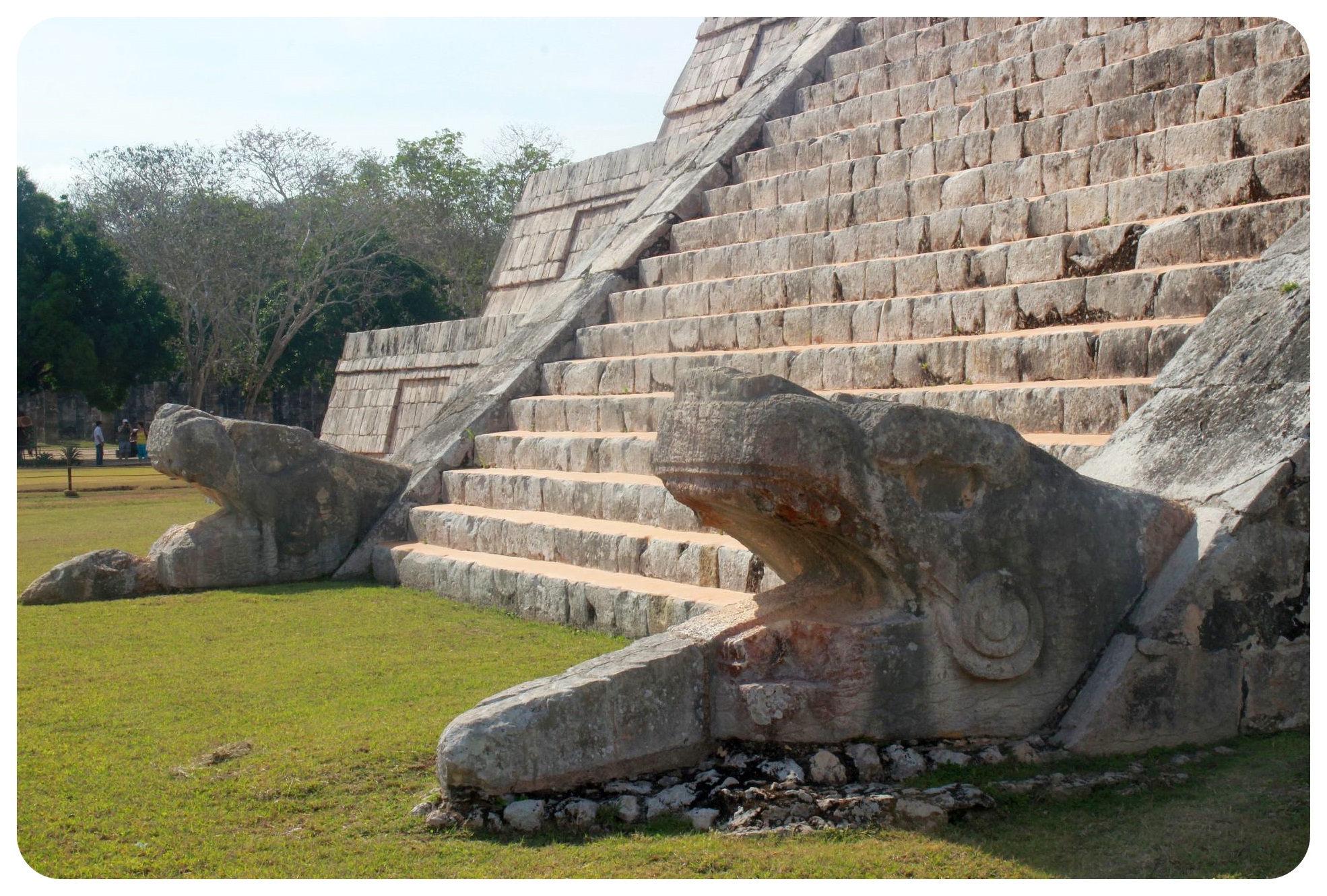 The site has enough structures to keep you exploring for at least half a day, with the Temple of the Warriors, and the massive Great Ball Court, where the Mayan ballgame was played and which is the largest in the Mayan world.
The site has enough structures to keep you exploring for at least half a day, with the Temple of the Warriors, and the massive Great Ball Court, where the Mayan ballgame was played and which is the largest in the Mayan world.
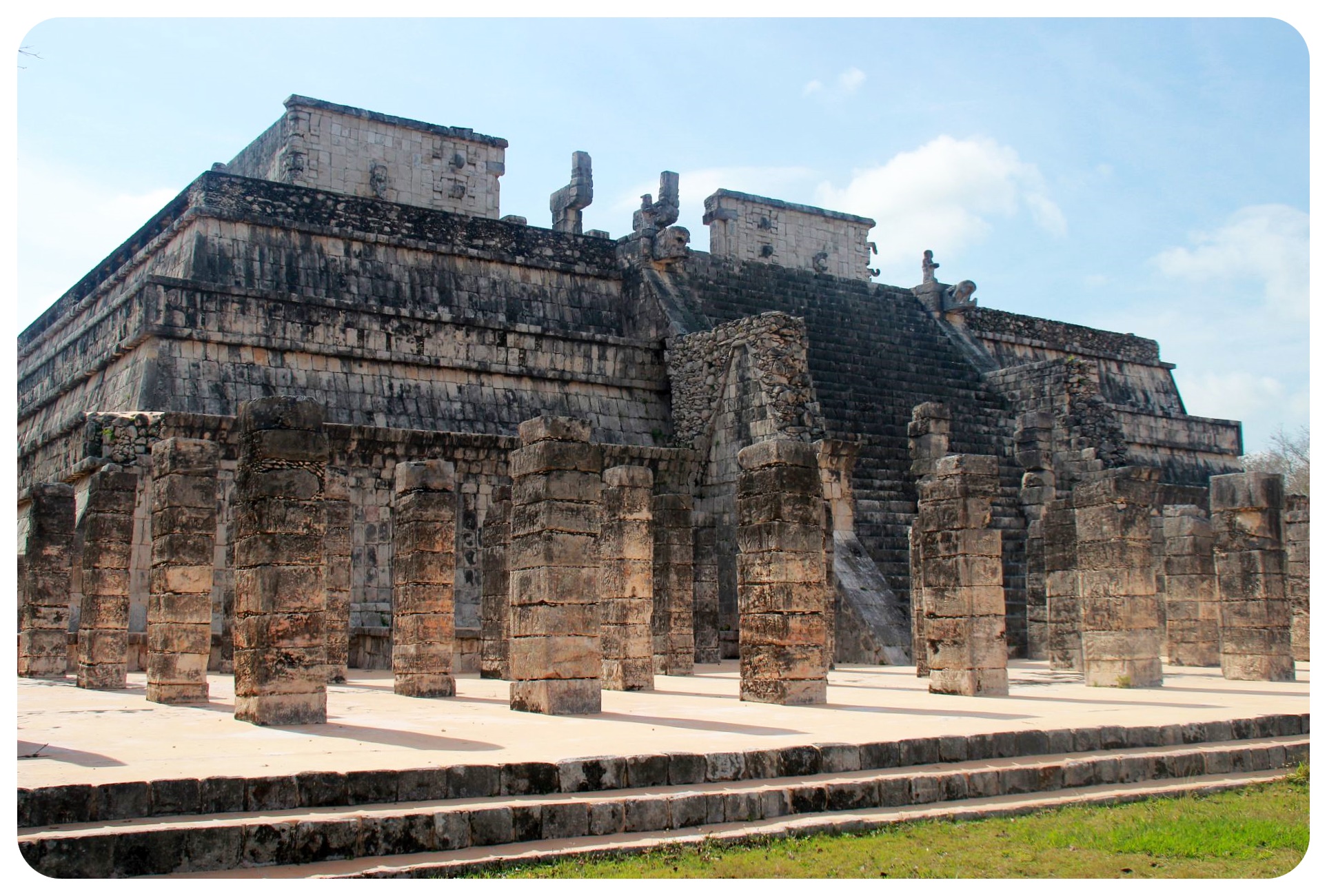 There are fascinating structures like El Caracol, an Observatory, and the Jaguar Temple. All of Chichen Itza’s buildings are restored in such detail that there are frescos and the ubiquitous serpent heads that ornate many of the temples.
There are fascinating structures like El Caracol, an Observatory, and the Jaguar Temple. All of Chichen Itza’s buildings are restored in such detail that there are frescos and the ubiquitous serpent heads that ornate many of the temples.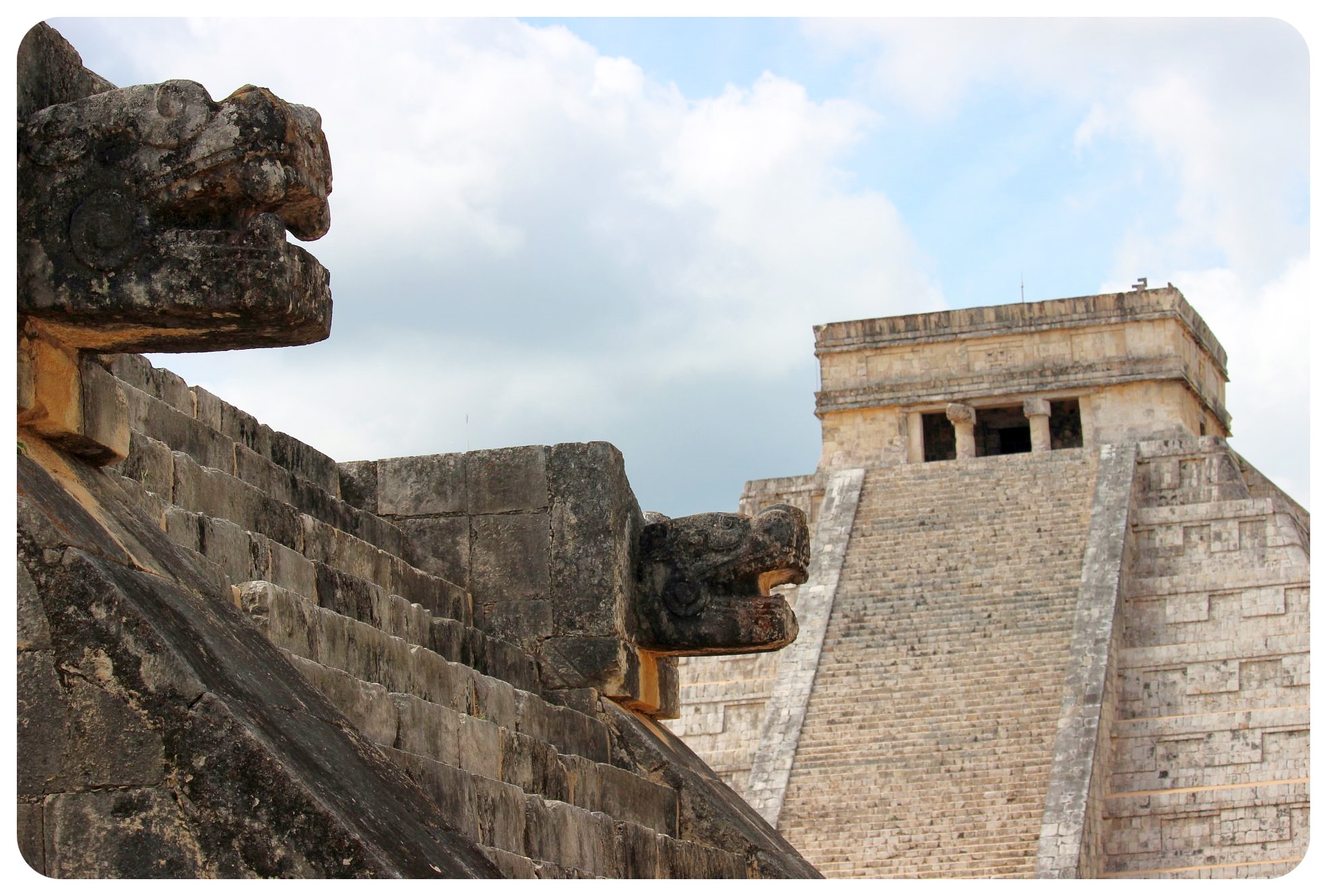 Upon leaving, we saw tour bus after tour bus arrive, and I can only recommend staying in Vallodolid or one of the hotels near Chichen Itza if you don’t want to share the site with hundreds of tourists (the pictures at El Castillo were taken before the crowds arrived).
Upon leaving, we saw tour bus after tour bus arrive, and I can only recommend staying in Vallodolid or one of the hotels near Chichen Itza if you don’t want to share the site with hundreds of tourists (the pictures at El Castillo were taken before the crowds arrived).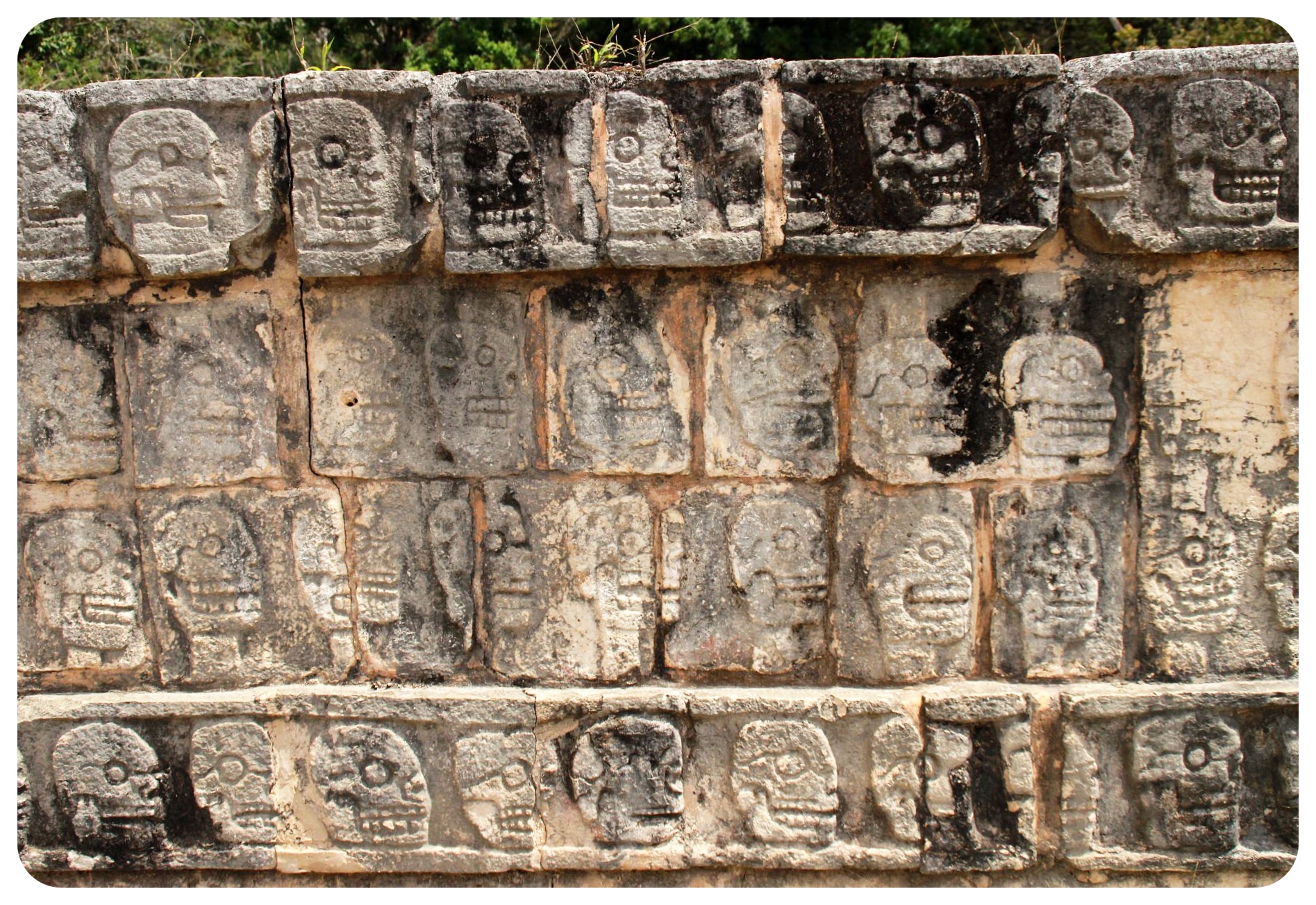 For us, all that was left was the long drive back to Cancun, and long before handing over the keys to our rental car at the airport we were already pondering where our next Mexican road trip would be..
For us, all that was left was the long drive back to Cancun, and long before handing over the keys to our rental car at the airport we were already pondering where our next Mexican road trip would be..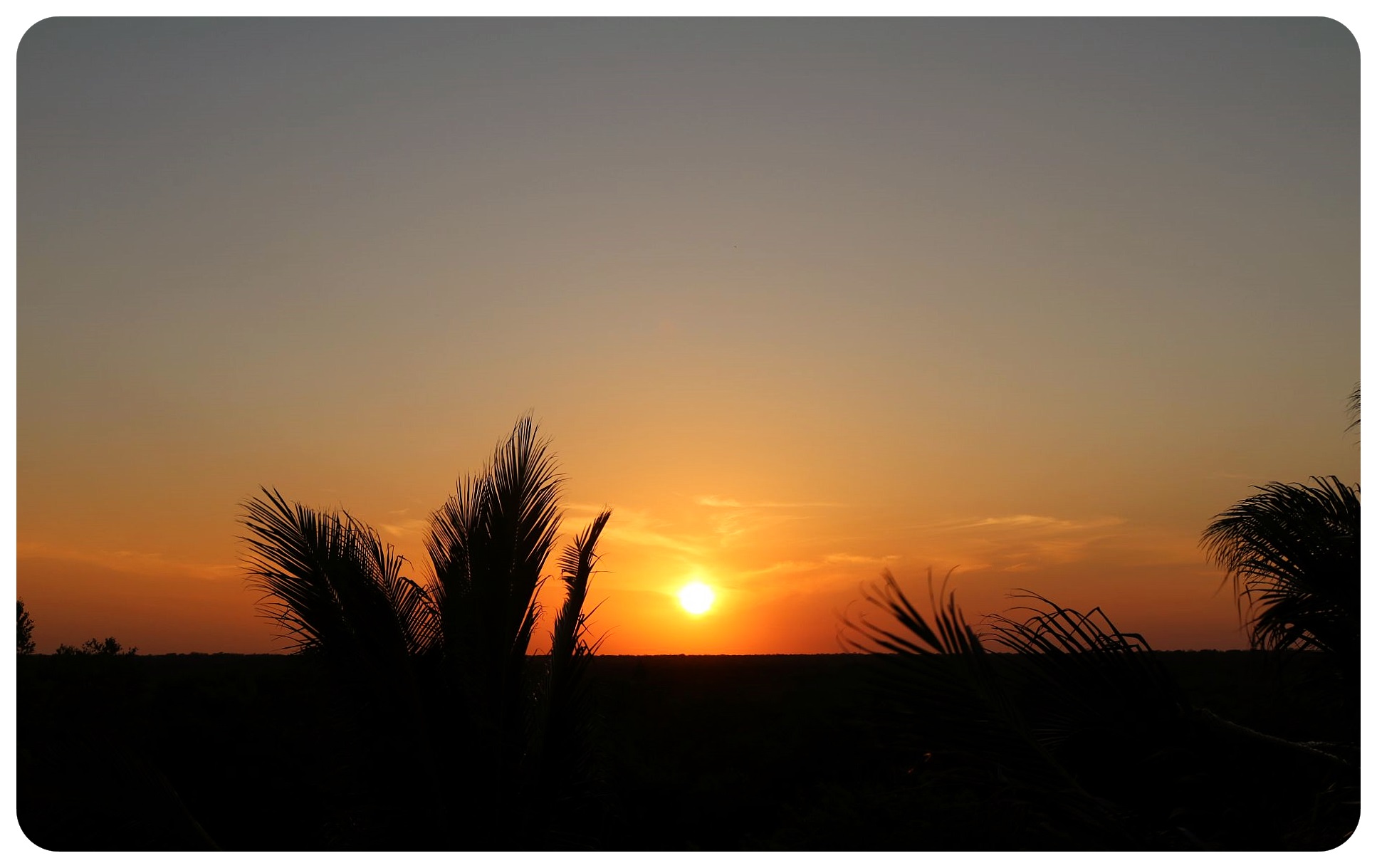
A Mexico Road Trip: Practical information
Tips for renting a car in Mexico
I was initially tempted to rent a car via RentalCars.com, an Expedia-owned car rental company I often use in the US – but these prices seemed too good even for me (being a cheap ass!):
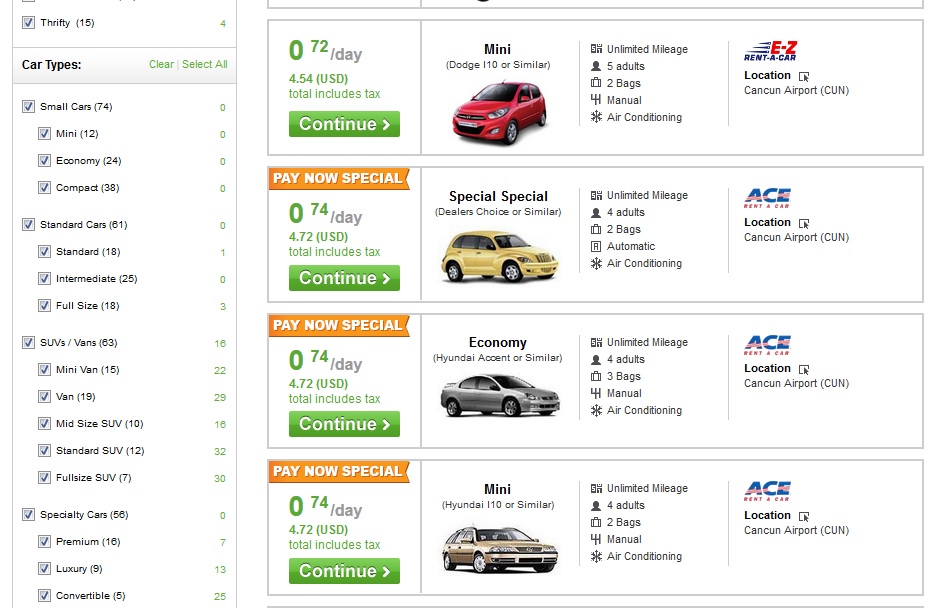
Instead, I opted for the slightly pricier Priceline.com, where cars start at US$4 per day. I was skeptic but willing to give it a try, thinking that even with additional fees and taxes it couldn’t add up to more than $20 a day. And sure enough, there are some additional charges in Mexico that are not covered by credit card car insurance (most credit card companies offer up to 14 days coverage overseas – before you go on your trip, check what kind of coverage is included in your credit card. Nerdwallet has a good overview of all credit cards and what kind of insurance they cover.)
Note: All car rental companies in Mexico require you to purchase basic personal liability insurance (sometimes called third-party liability insurance). They do not accept personal liability insurance through U.S. credit cards. However, they are by law required to include this fee in the rental price, so don’t let them fool you and tell you it has to be added.
Some car rental companies will try to sell you a so-called ‘supplemental liability insurance’ on top of that. It is not mandatory, but at only around $13 a day it is worth considering.
A comprehensive article on everything you need to know about renting a car in Mexico can be found here.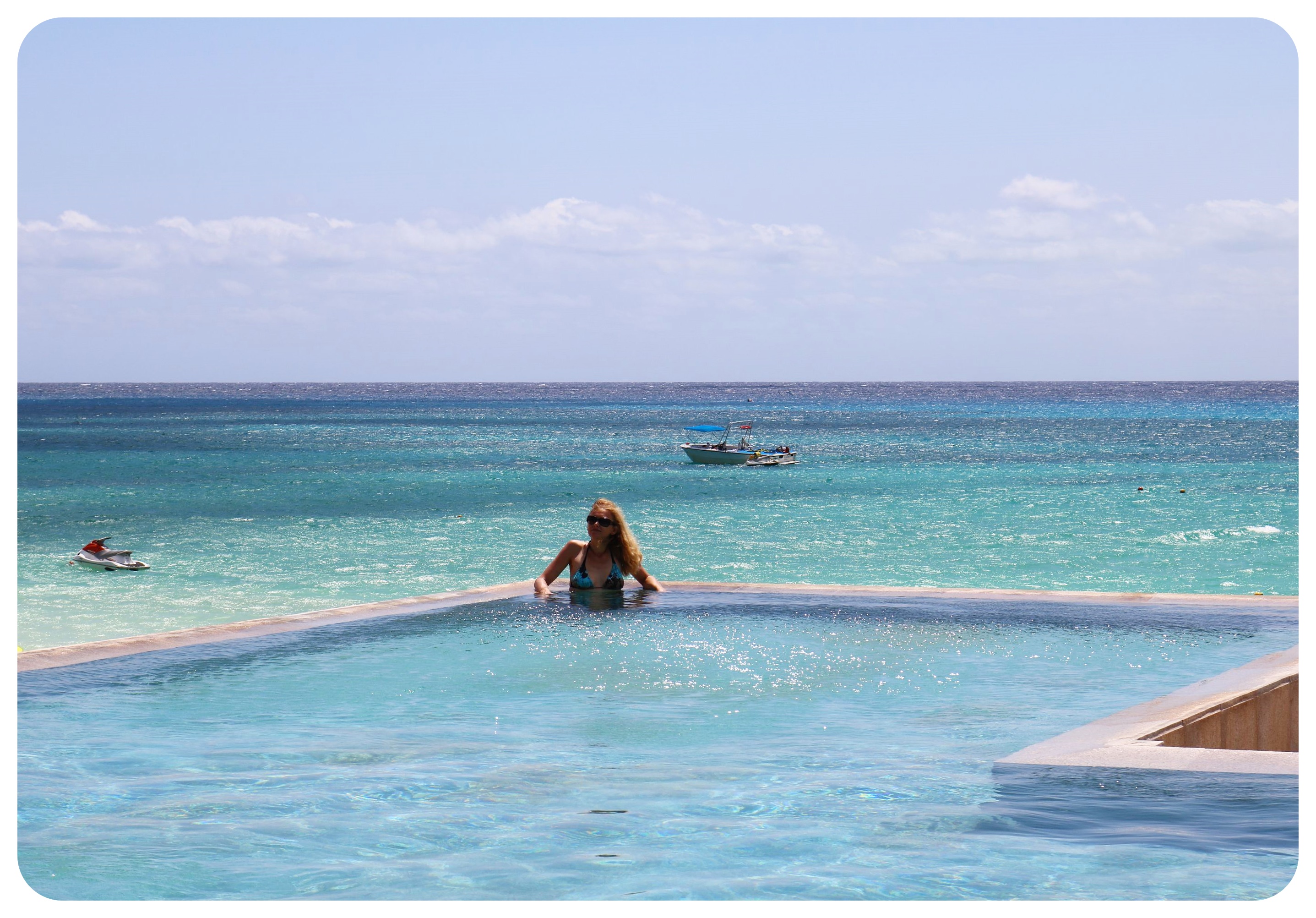 Third-party liability insurance can also be purchased through an independent insurance provider, by the way. I’ve done that several times (through iCarHireInsurance, a UK-based company), including this trip and their daily rates are about half of what you pay at the rental car counter. I paid around GBP6 per day.
Third-party liability insurance can also be purchased through an independent insurance provider, by the way. I’ve done that several times (through iCarHireInsurance, a UK-based company), including this trip and their daily rates are about half of what you pay at the rental car counter. I paid around GBP6 per day.
If you decide to go for this option, there are two things to note:
- You have to purchase your insurance before you start the rental and present the policy number at the counter.
- Not all countries accept third-party insurances, so check beforehand if your destination does accept it.
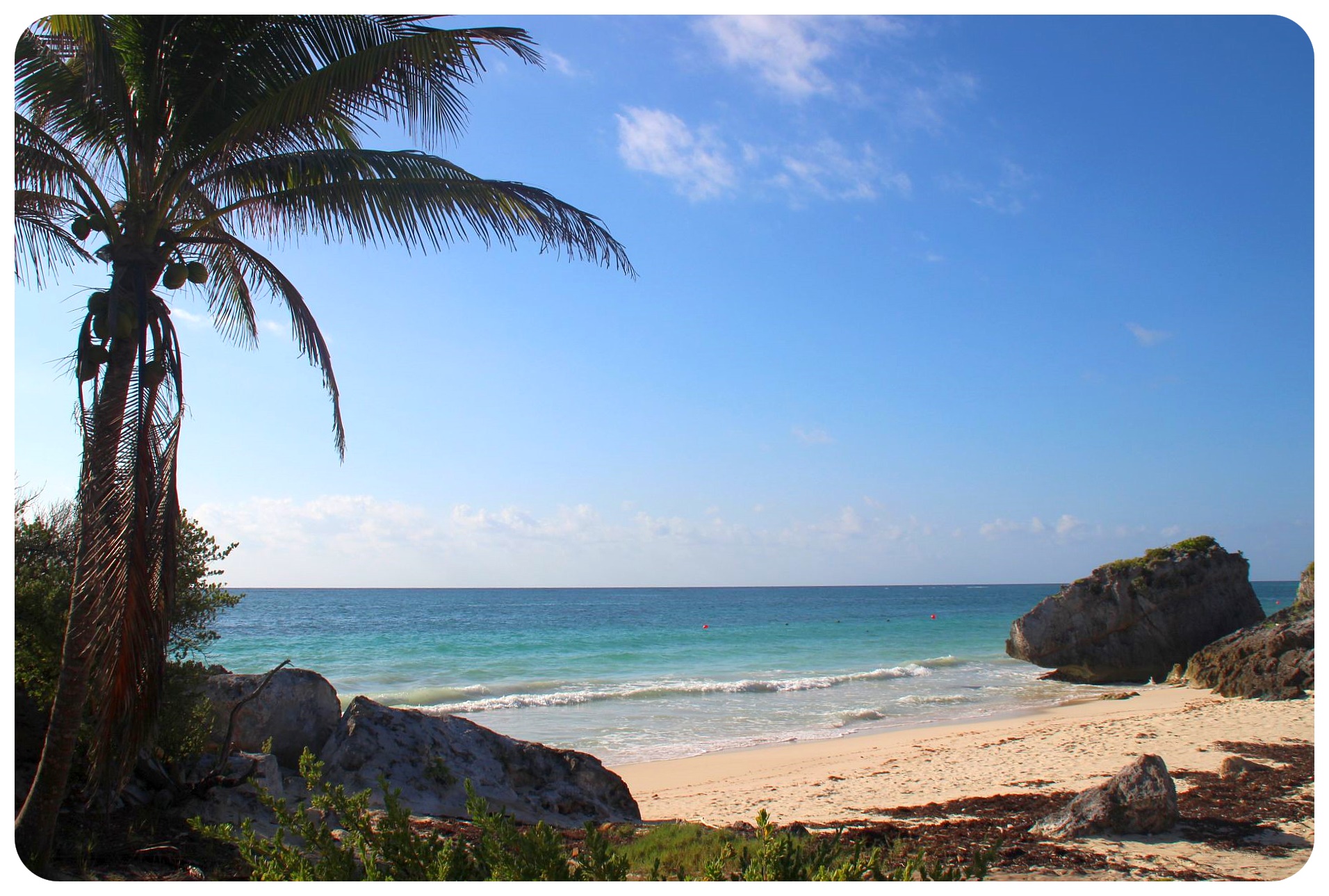
Important: Another additional and not insignificant charge to your credit card will be a security deposit which you’ll get back when you return the car. The amount of this will depend on the total of your rental – I was charged around $1,500 but other companies charge more (US$3,000 are not uncommon). The amount was returned to my credit card upon returning the car.
Road conditions in the Yucatan
The roads in the Yucatan are in very good condition, especially the 4-lane road between Cancun and Tulum and the fast route between Cancun and Valladolid. We found ourselves on unpaved roads occasionally (usually to get to a cenote) but nothing our economy car wouldn’t have been able to handle. Be careful with the ‘topes’ though, horrid speed bumps which you’ll encounter frequently.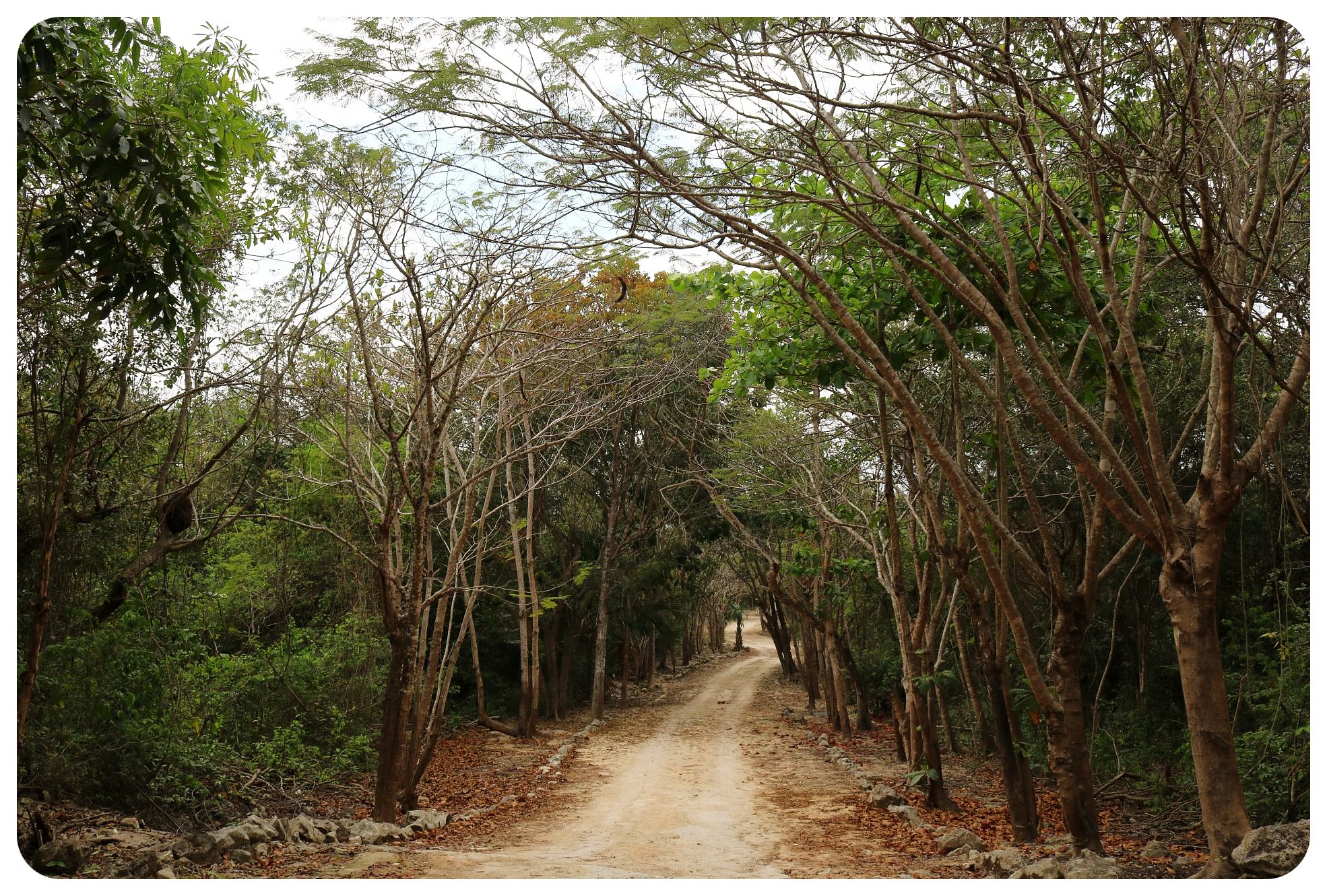
Gas stations in the Yucatan
There are plenty of gas stations all over the Yucatan, but note that there are still gas stations that only accept cash, no credit cards – something to keep in mind when mapping out your own Yucatan road trip.

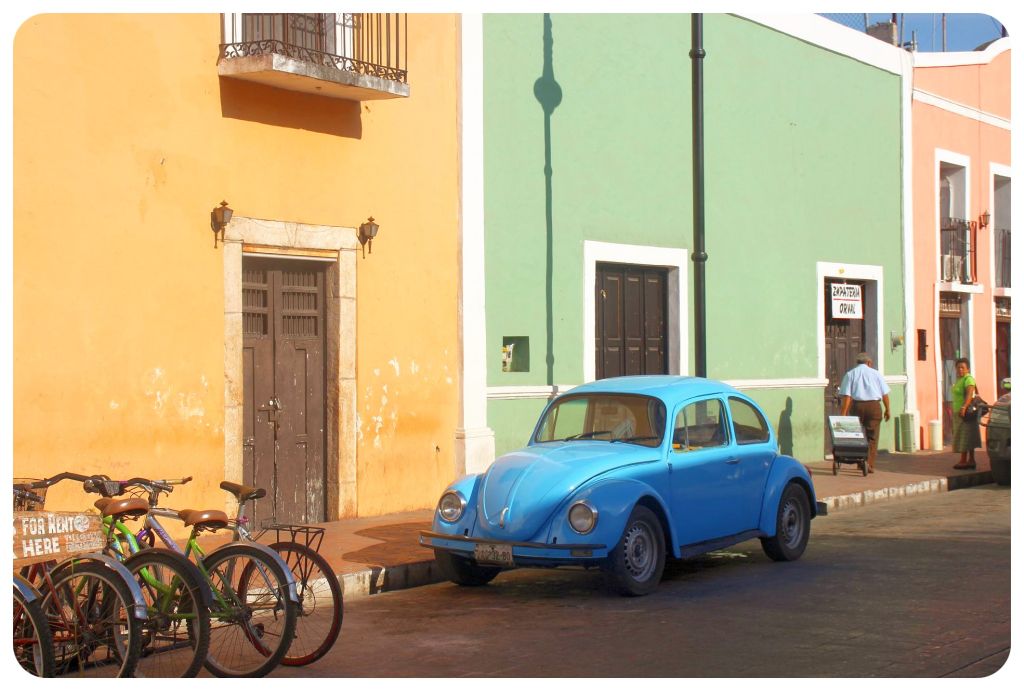


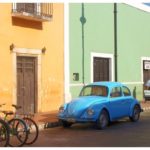
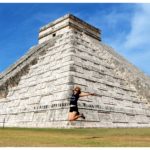
KT
Saturday 24th of August 2024
Correction for my previous post/question: $100 to $1000 US dollars
Thanks!
KT
Saturday 24th of August 2024
I visited Tulum in March and had a magical time. However, many people in town for the same event I was there for experienced "shake-downs" by the Federalis. People were frequently pulled over and forced to pay anywhere from $00 to 100 US dollars before they were let go. I'd love to visit Mexico again and take self-guided tour of the Yucatan but worry about my safely and my wallet. (I understand that the cartel isn't an issue the more north you are.) I don't speak Spanish. Any thoughts/advice?
Jennifer M. Bell
Thursday 9th of February 2023
The region is also home to some of Mexico's most beautiful beaches, from the pristine white sand of Tulum to the bustling seaside town of Playa del Carmen. Take some time to relax on the beach and soak up the sun.
Travels Moon
Friday 25th of October 2019
Hi, I Like Your Post, Thanks for share this blog, keep on share it. Thanks!
16 Favorite Travel Moments Of 2016 | GlobetrotterGirls
Tuesday 9th of May 2017
[…] weeks of backpacking in Colombia in January) and she wanted to explore Mexico, I put together an epic Yucatan road trip for us, which would introduce her to cenotes and Caribbean beaches, Maya ruins and my favorite […]